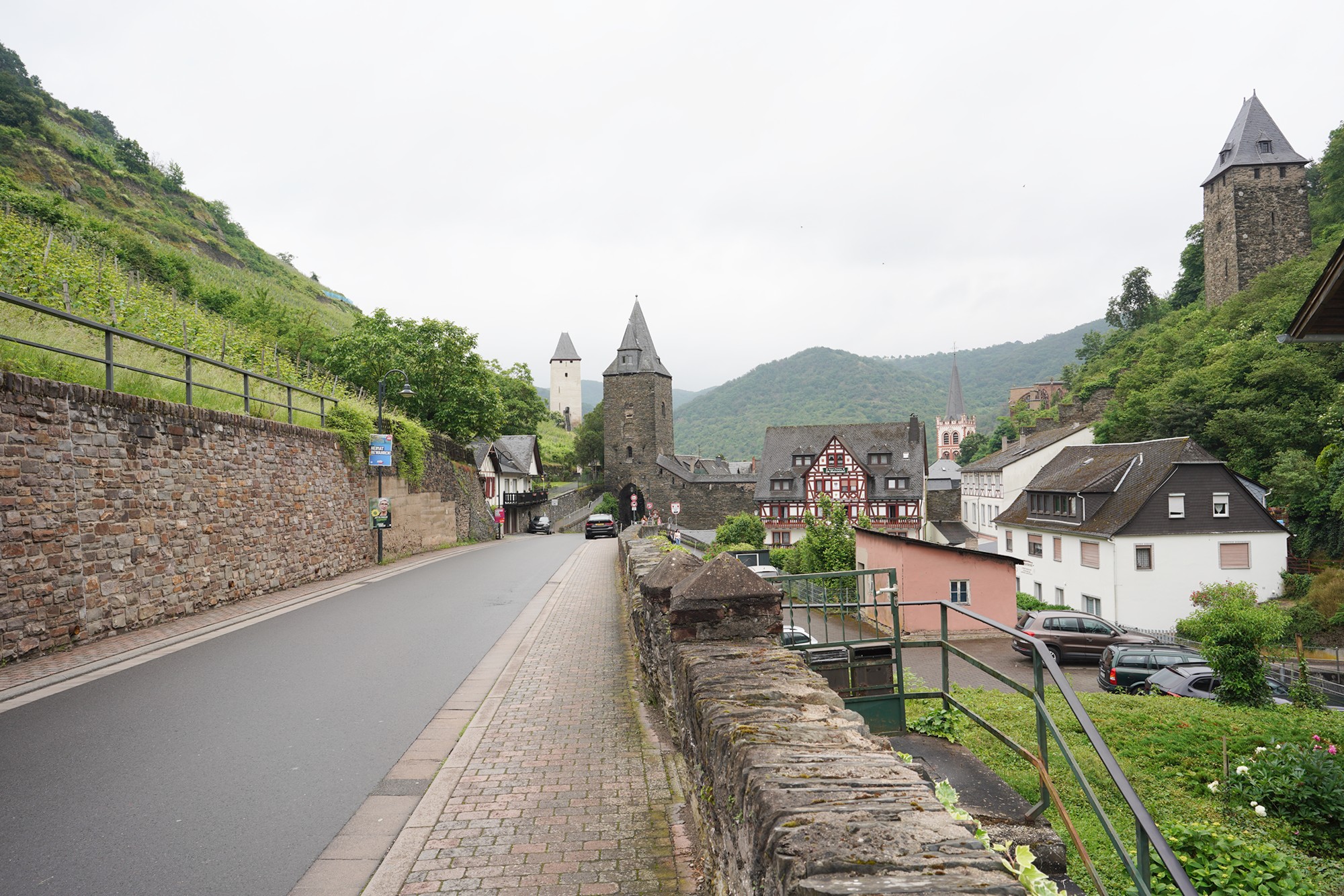Rheinfels Castle and Bacharach Walk, Germany
The Middle Rhine Valley, also known as the Romantic Rhine, is one of the Rhine River’s most picturesque and historically rich sections. 924
Liebfrauenkirche Church: Kirchstraße 1a, 55430 Oberwesel, Germany
Rheinfels Castle: Schlossberg 47, 56329 St. Goar, Germany
Bacharach Old Town: Oberstraße 64, 55422 Bacharach, Germany
Date Picture Taken: May, 2024
I took a train from Bachrach to Goar to visit Rheinfels Castle. However, I got off the train one station early by mistake at Oberwesel.
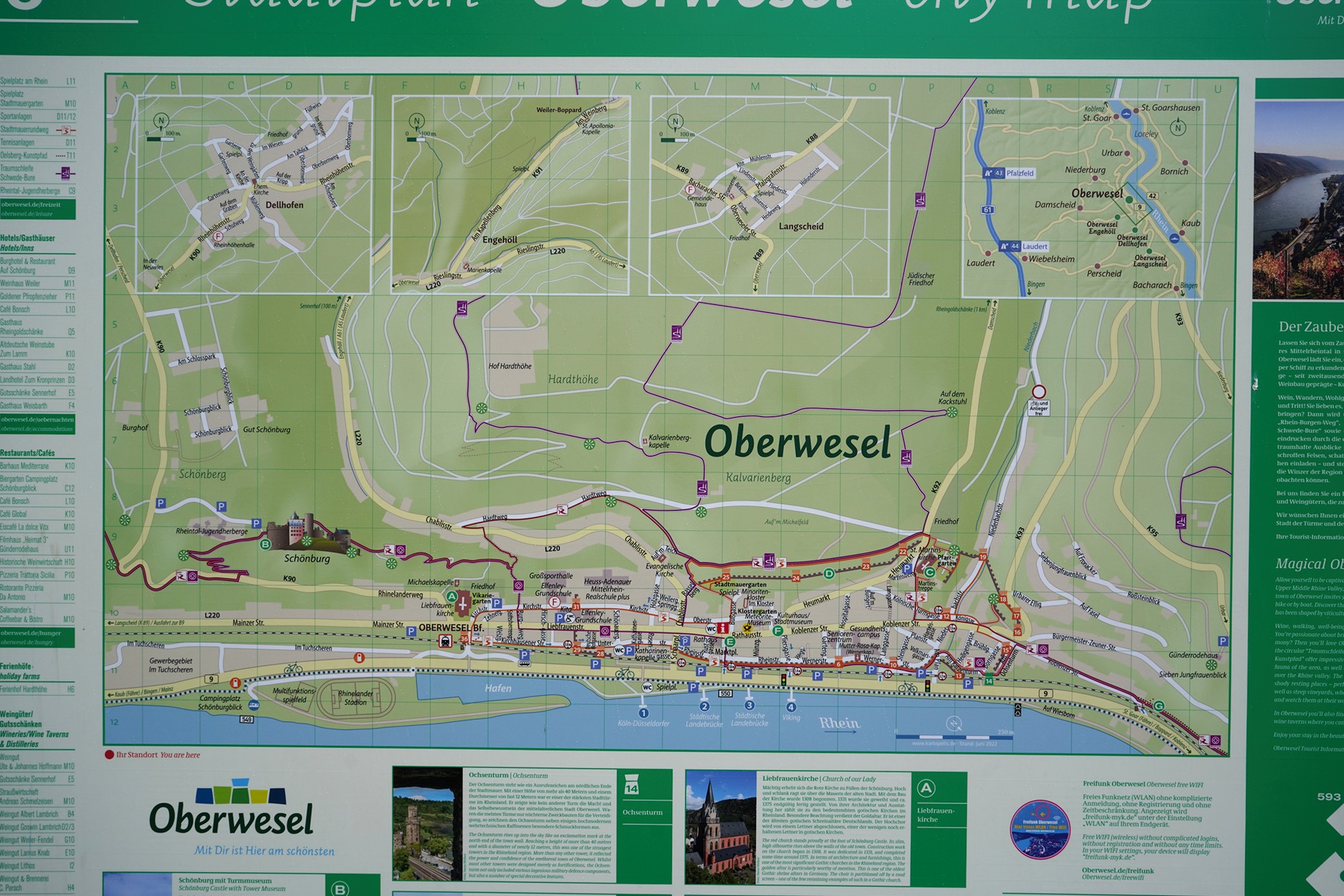
Oberwesel
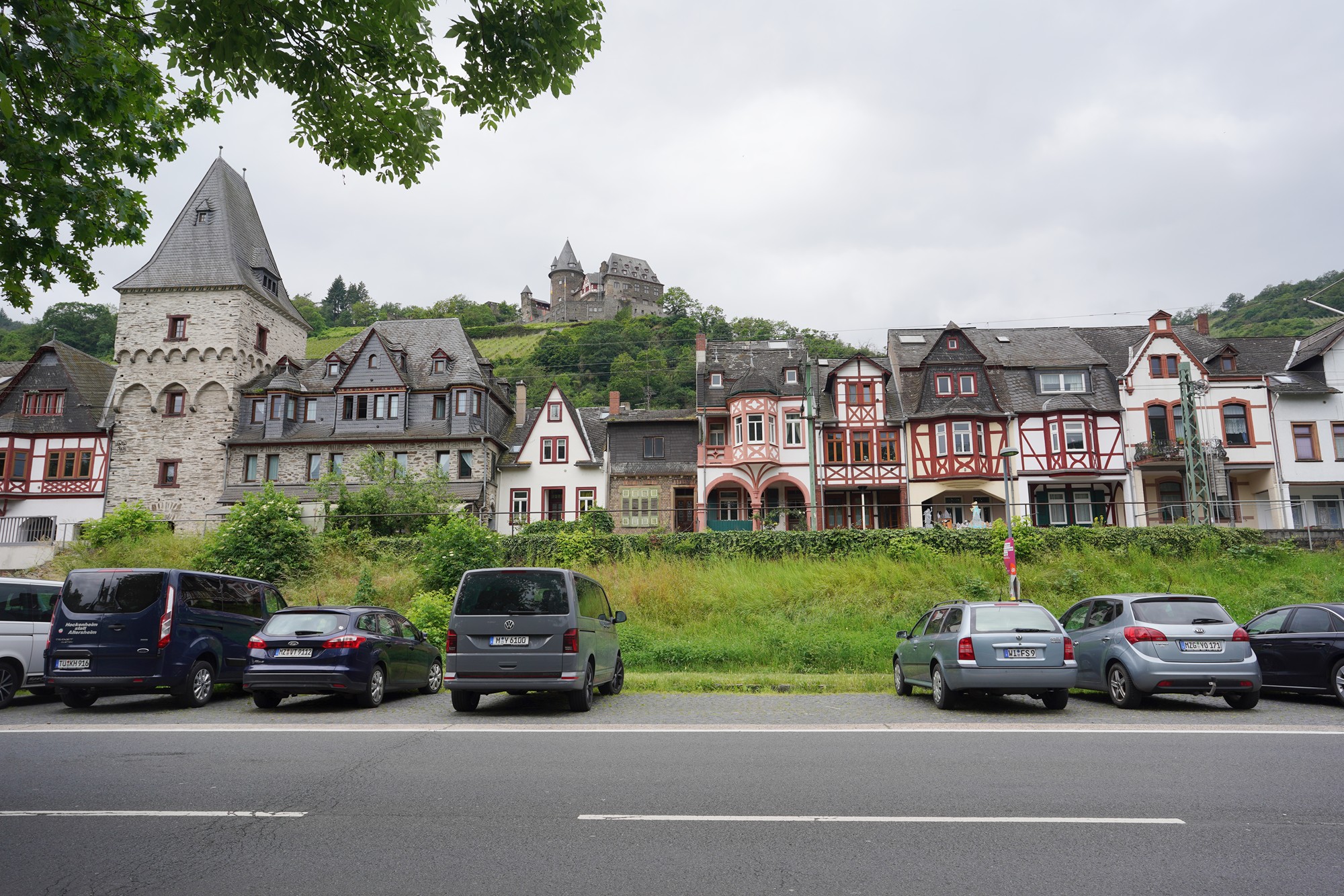
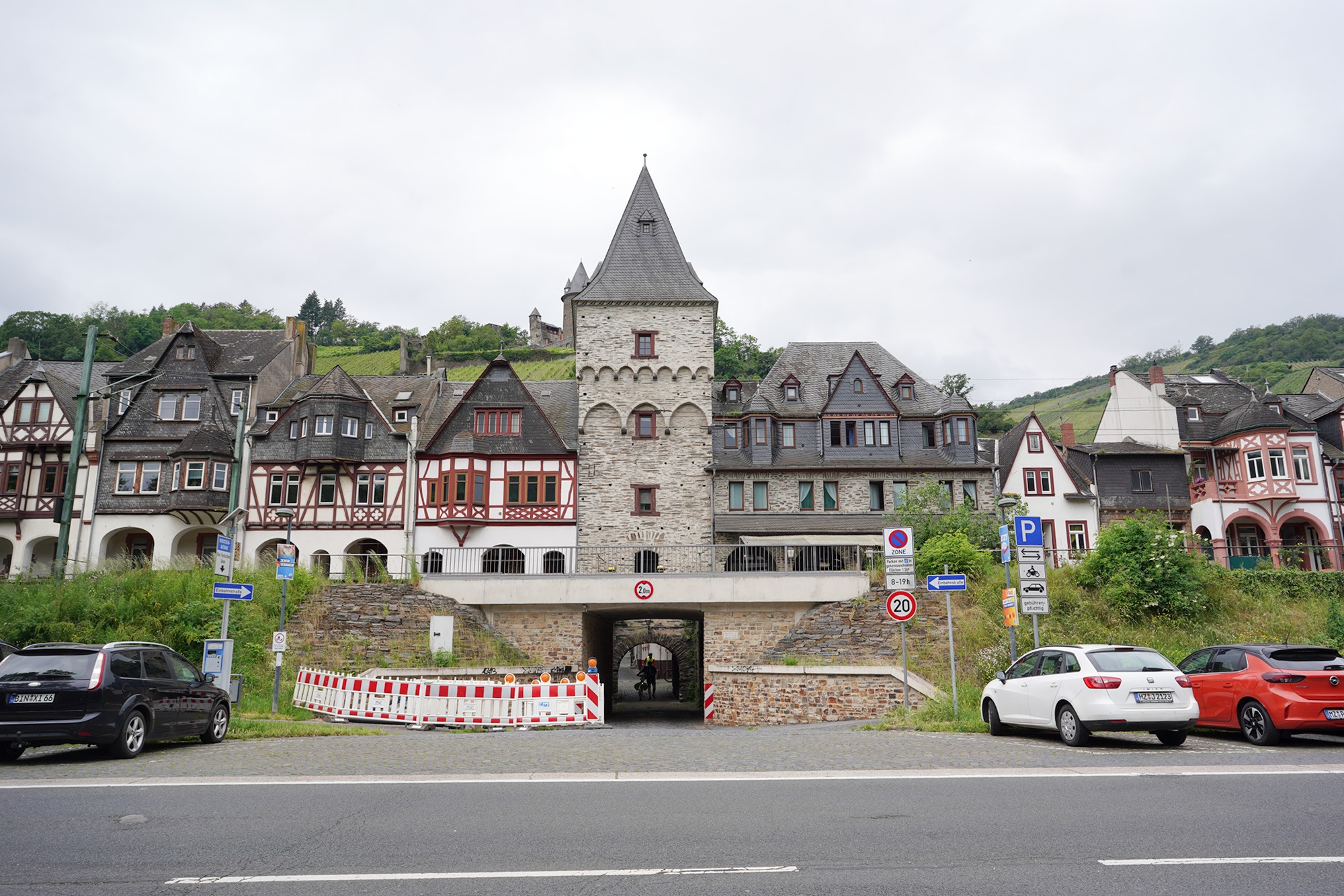
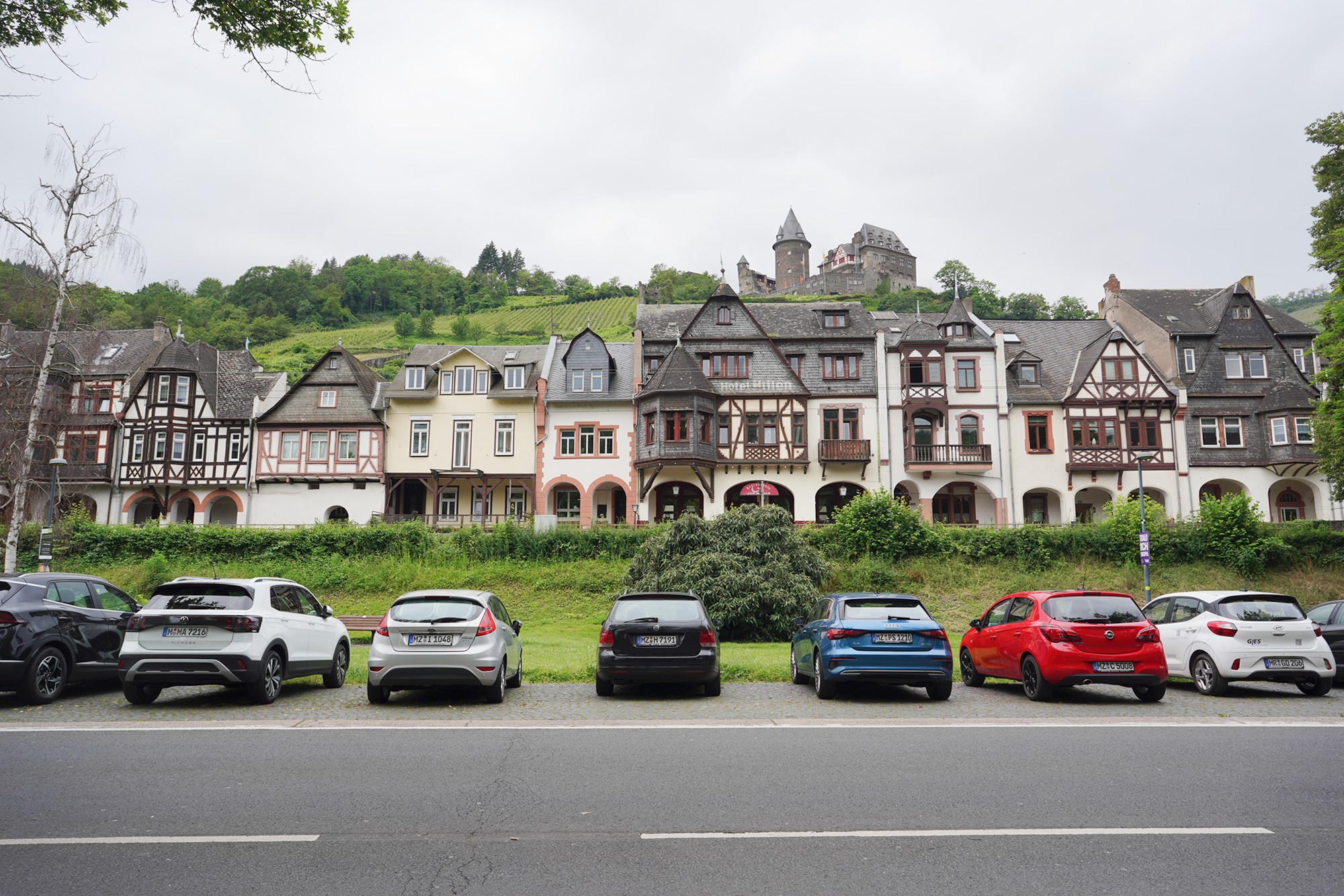
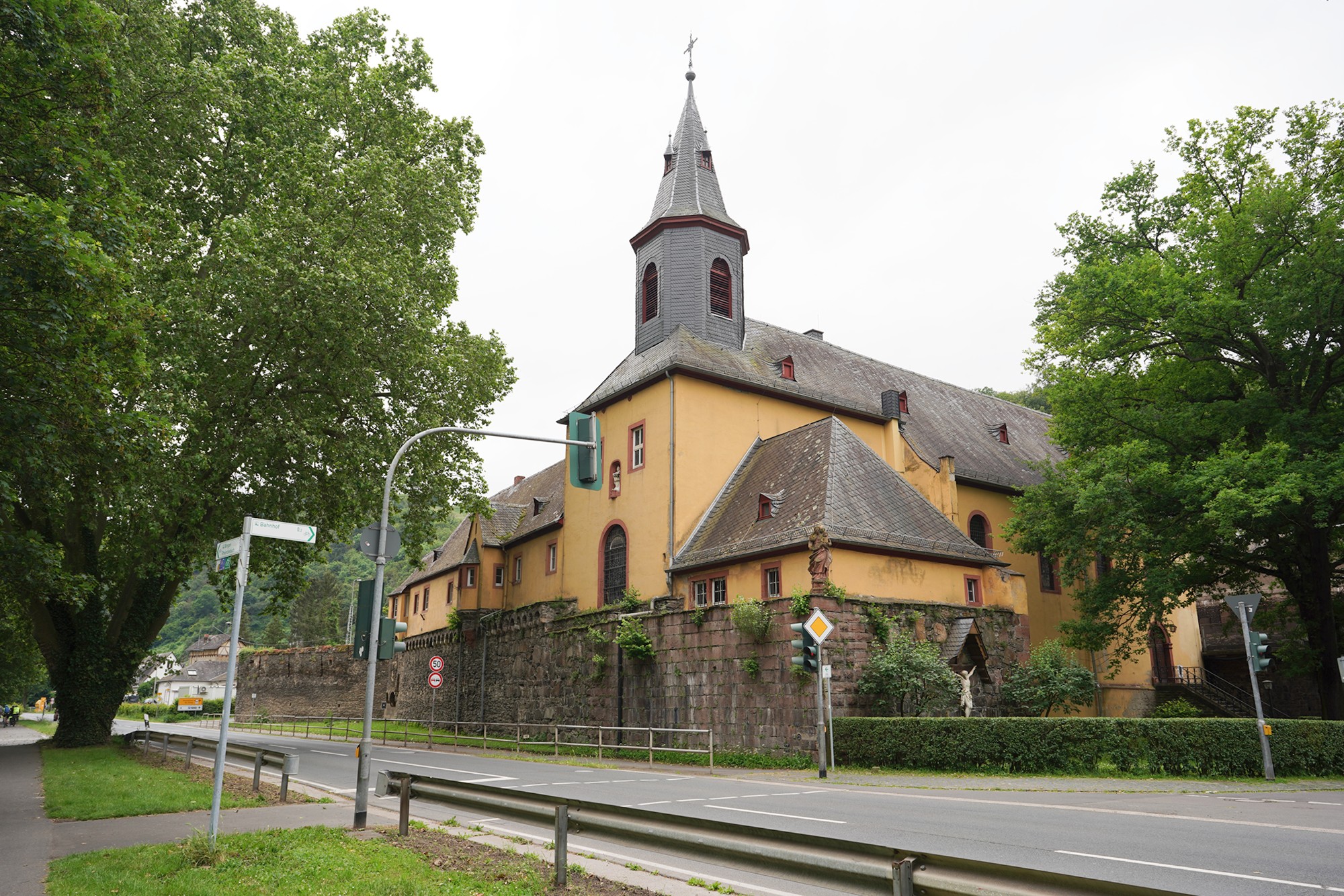
In this town, I met a grandma who insisted that I see this church because it was one of the famous things to see in Oberwesel.
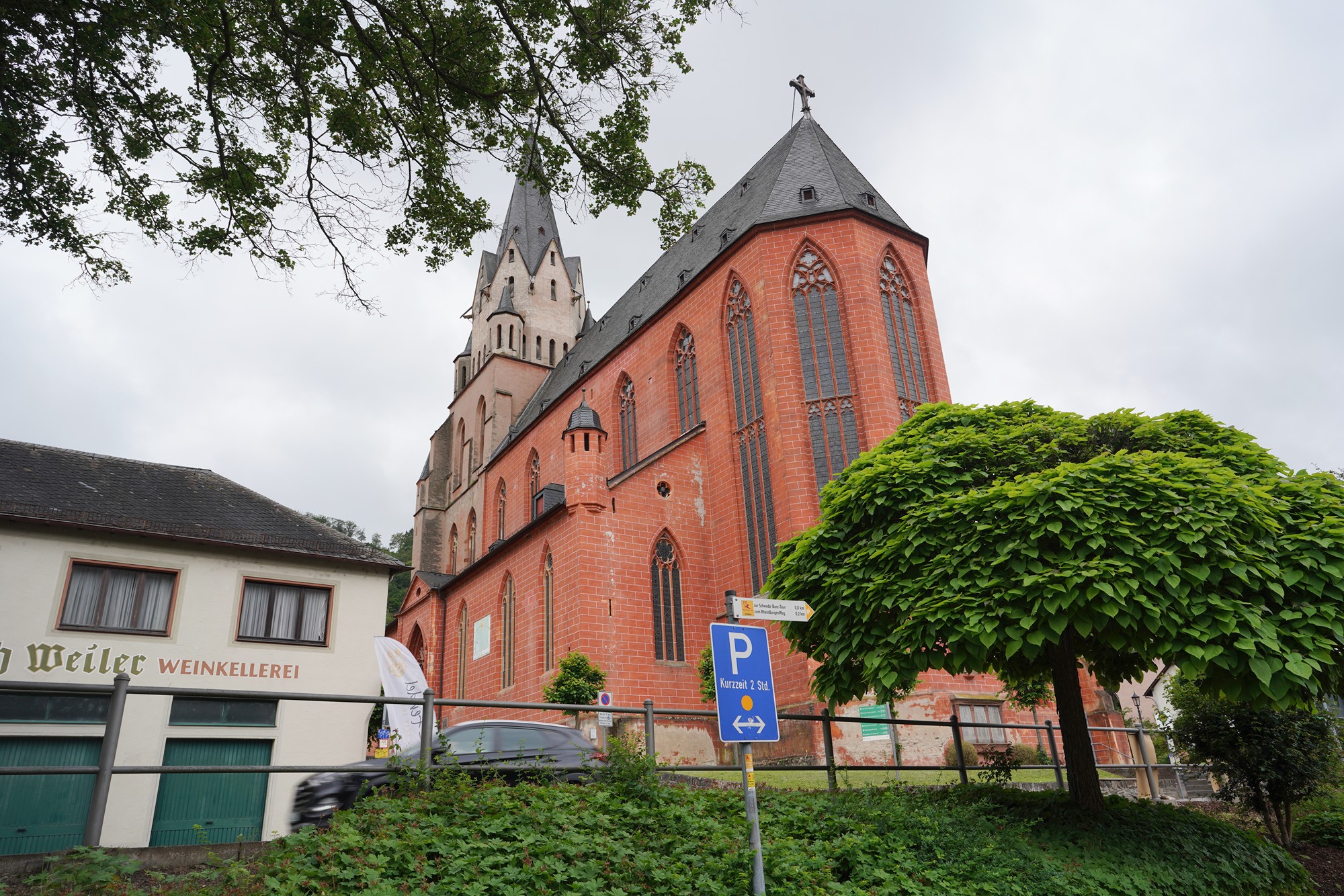
Liebfrauenkirche Catholic Church. The Liebfrauenkirche was built by the town’s influential burghers and local nobility, reflecting Oberwesel’s importance during the Middle Ages as a prosperous town along the Rhine.
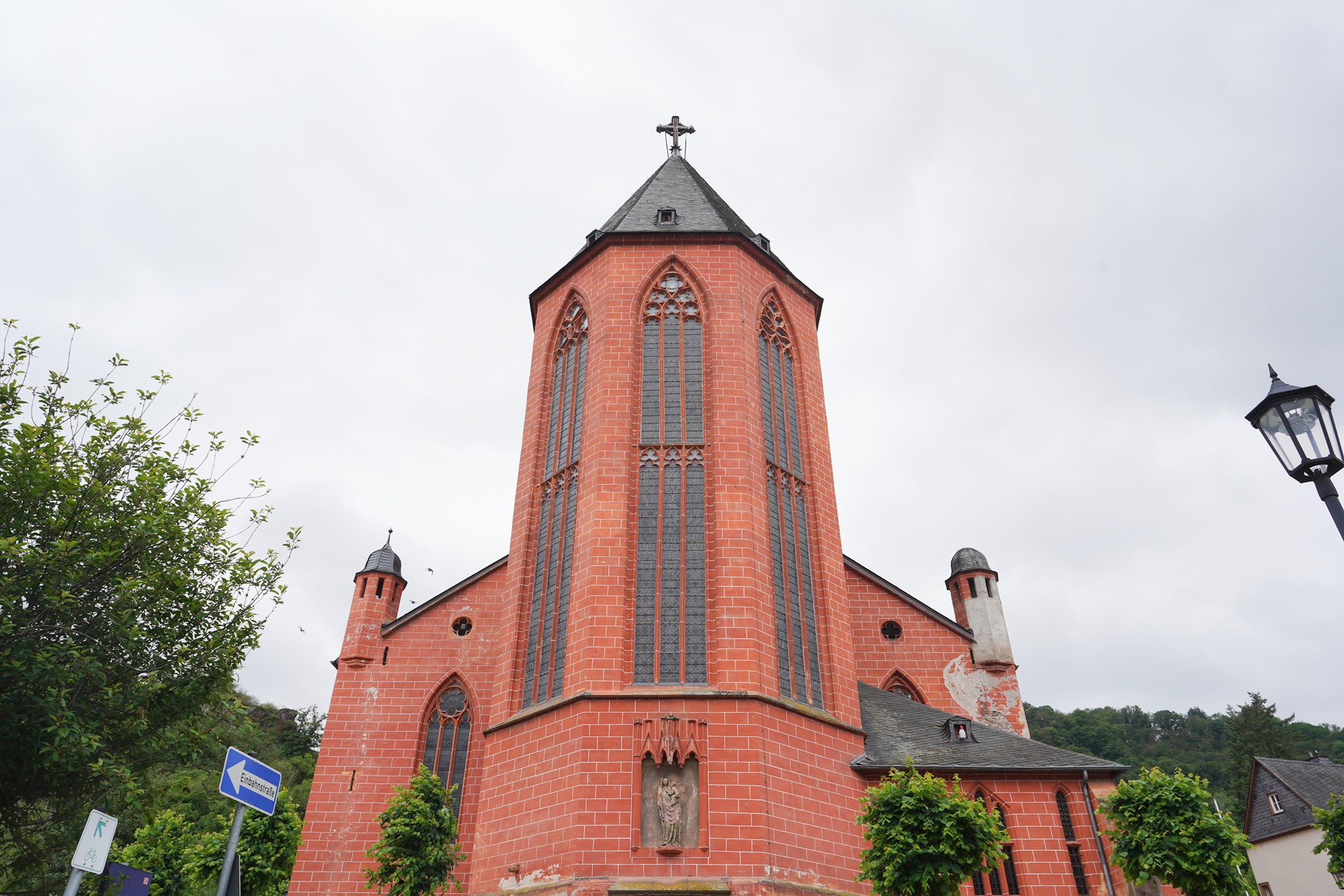
Oberwesel was a significant trade center in the 13th and 14th centuries, and the construction of the Liebfrauenkirche was both a spiritual and a civic undertaking that symbolized the town’s wealth and prestige.
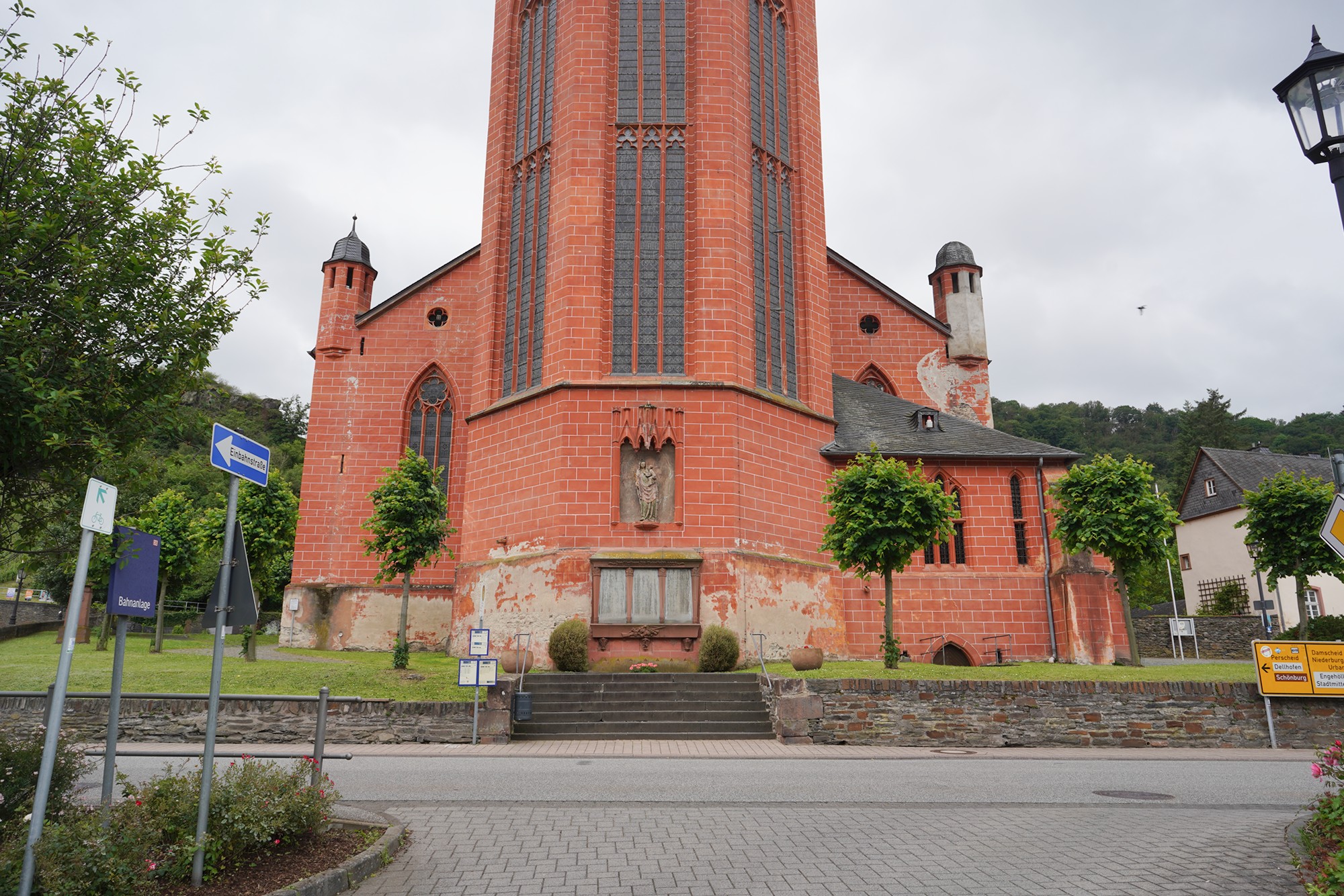
Inside, the church boasts a richly decorated high altar and several side altars, many of which date back to the Middle Ages. The altars feature intricate wood carvings and Gothic sculptures, including depictions of saints and religious figures.
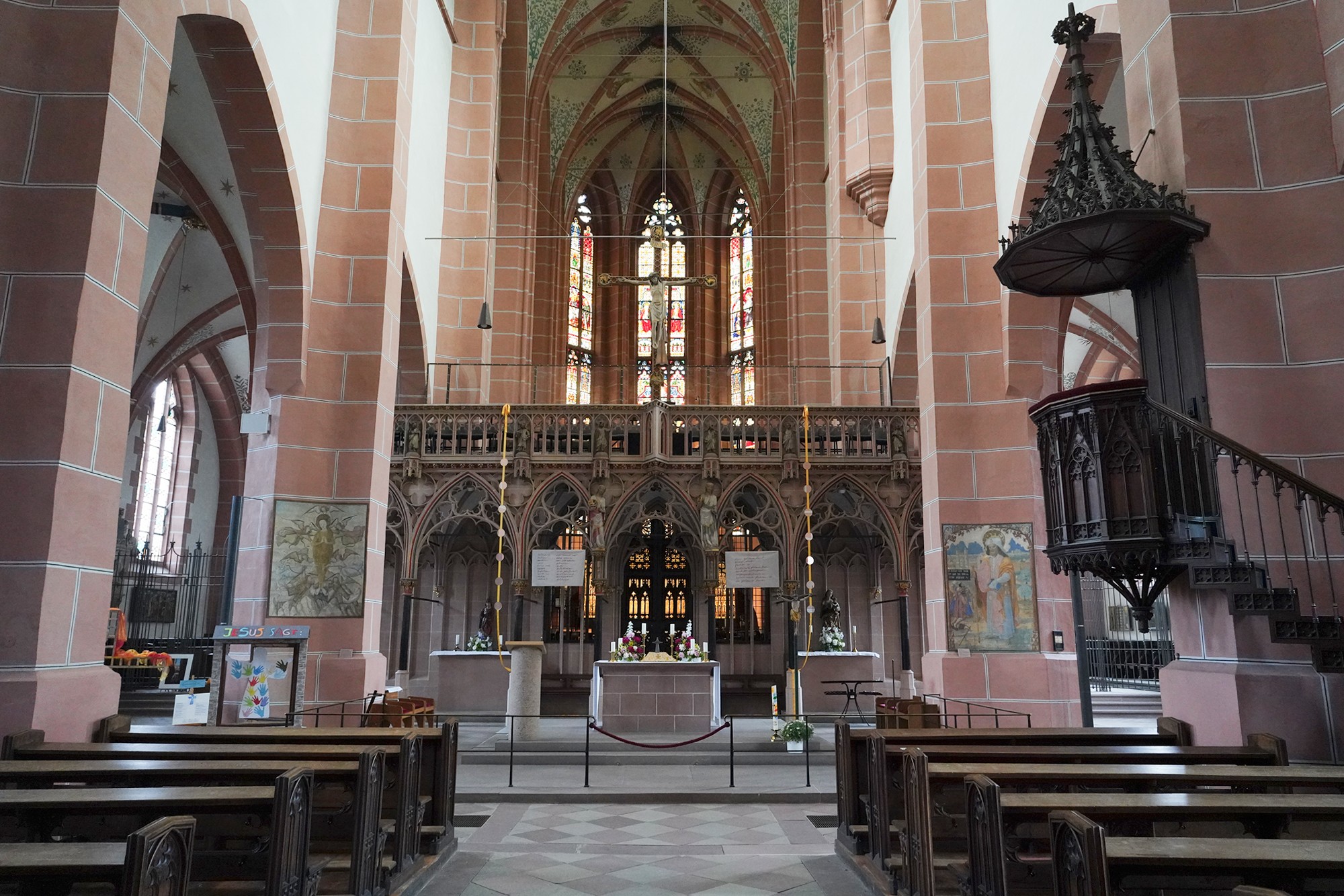
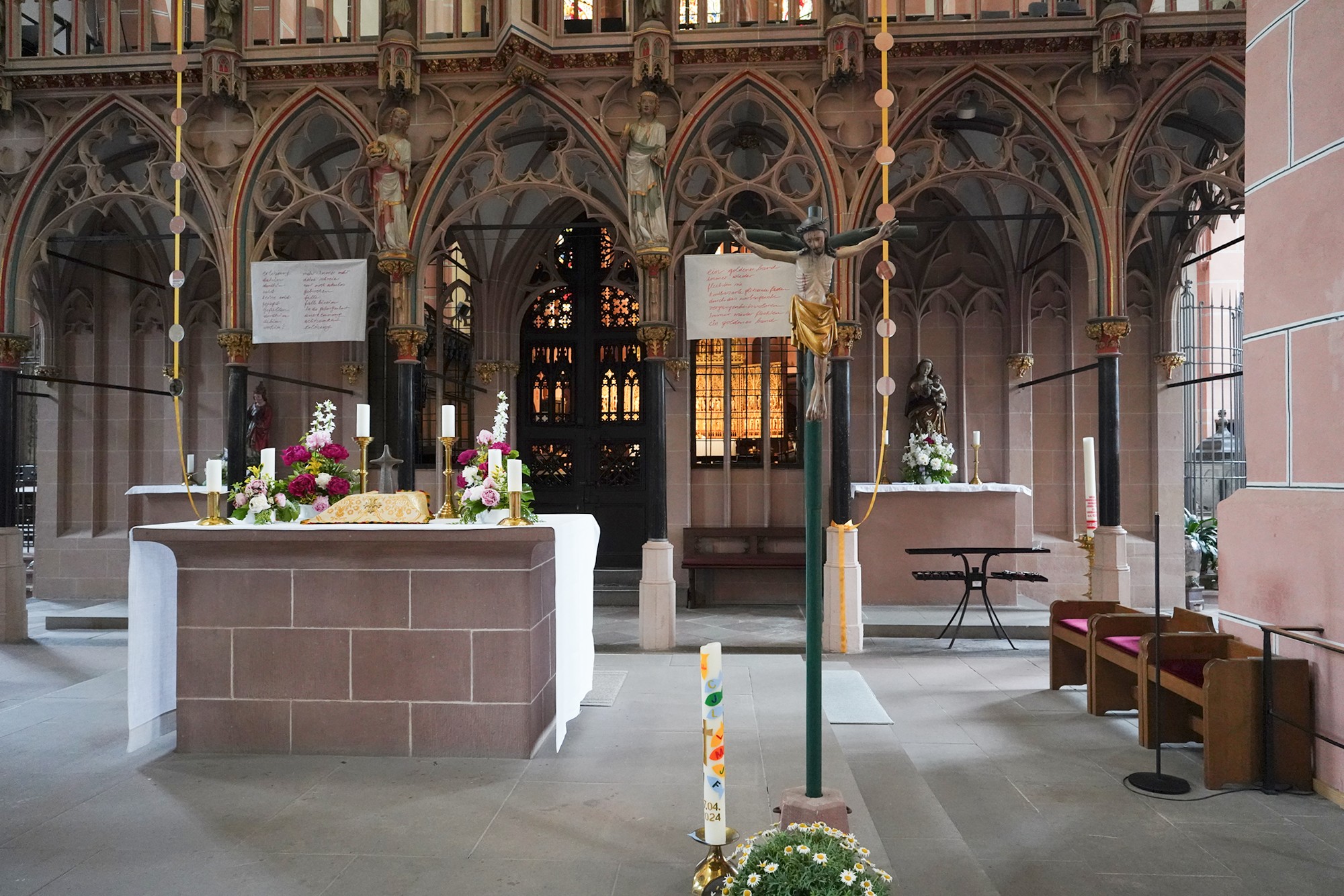
The high altar in Liebfrauenkirche is adorned with a beautifully crafted Gothic altarpiece, which includes detailed golden carvings and painted panels. These elements are likely made of gilded wood, a common material used in medieval church altars to convey the glory of religious figures.
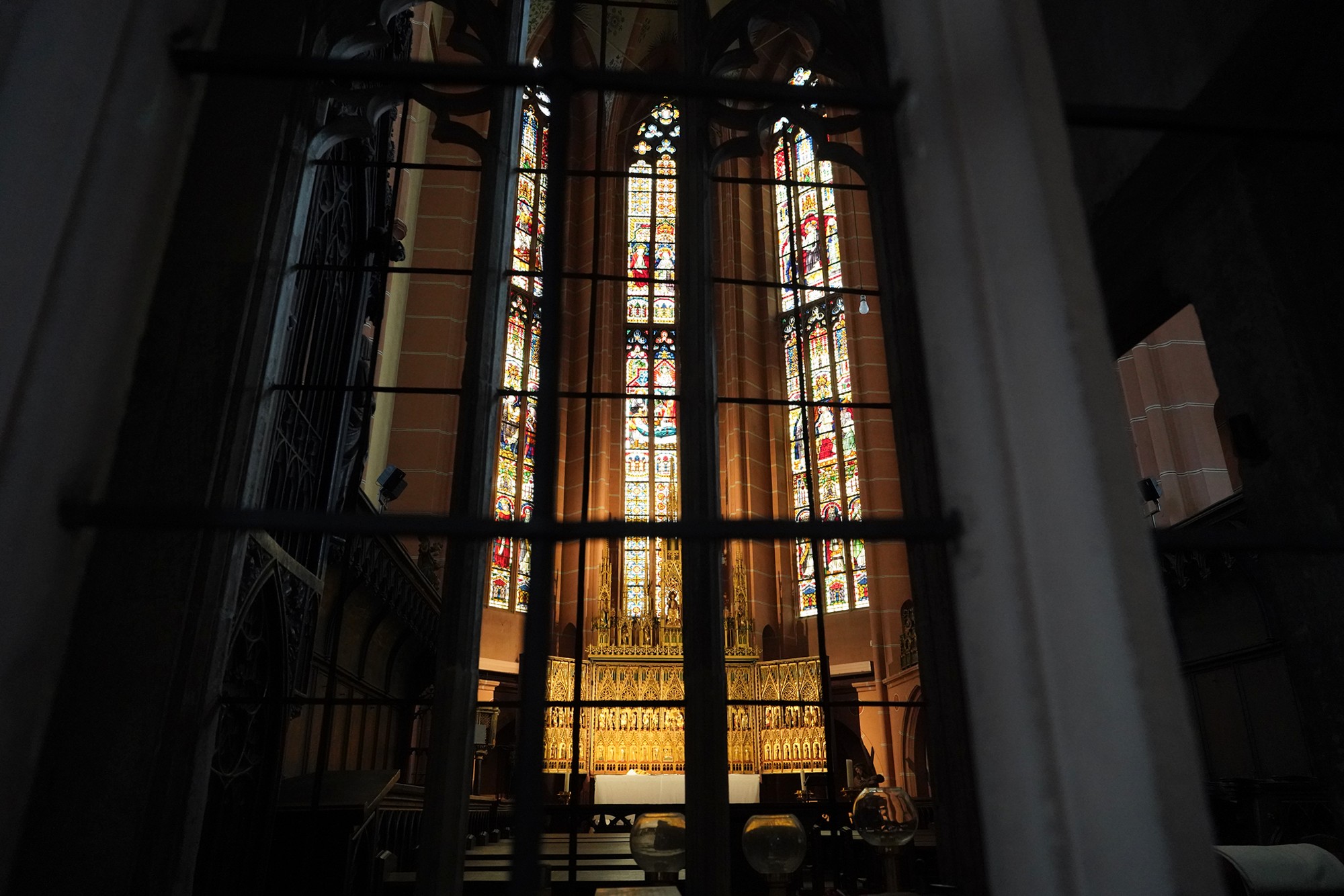
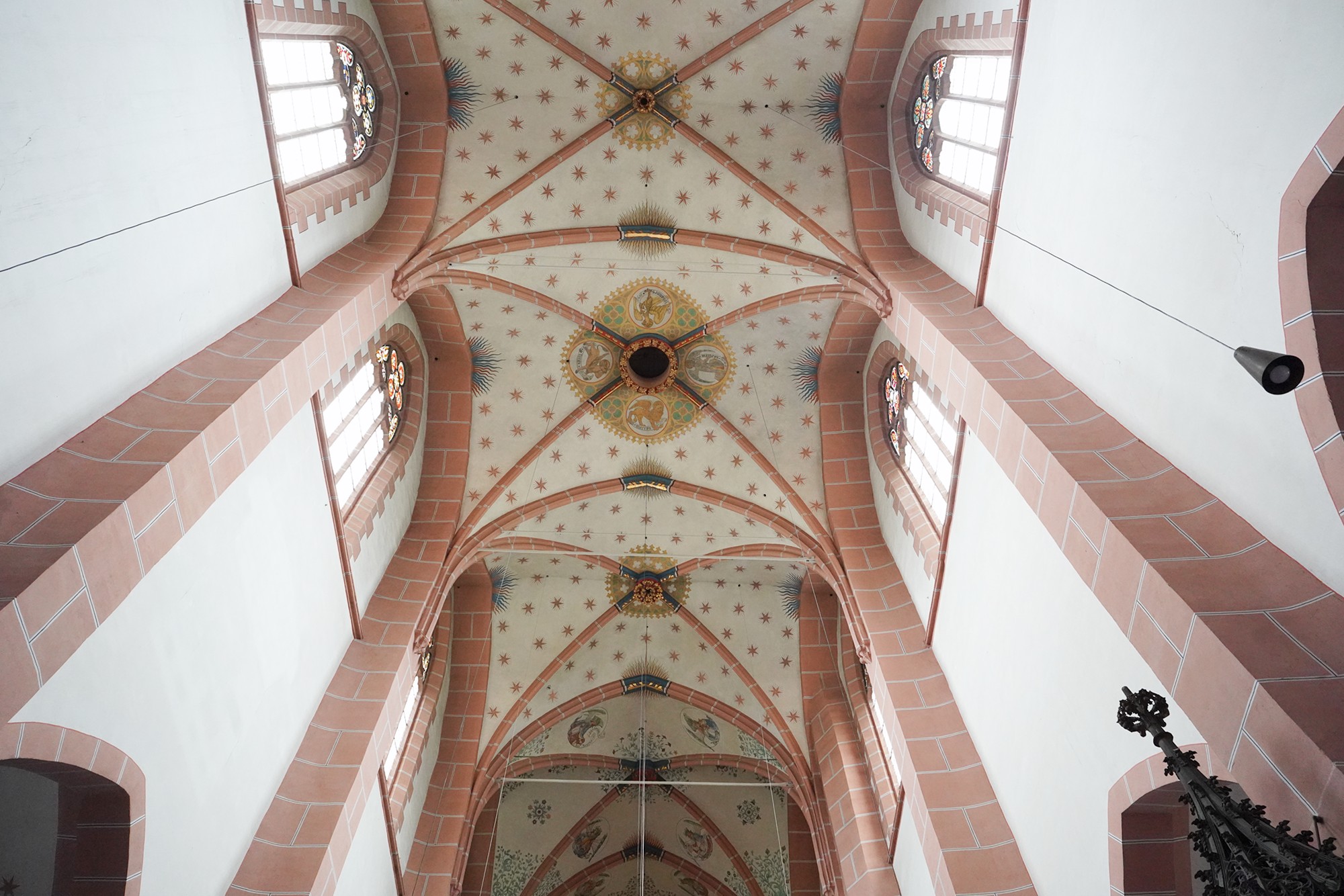
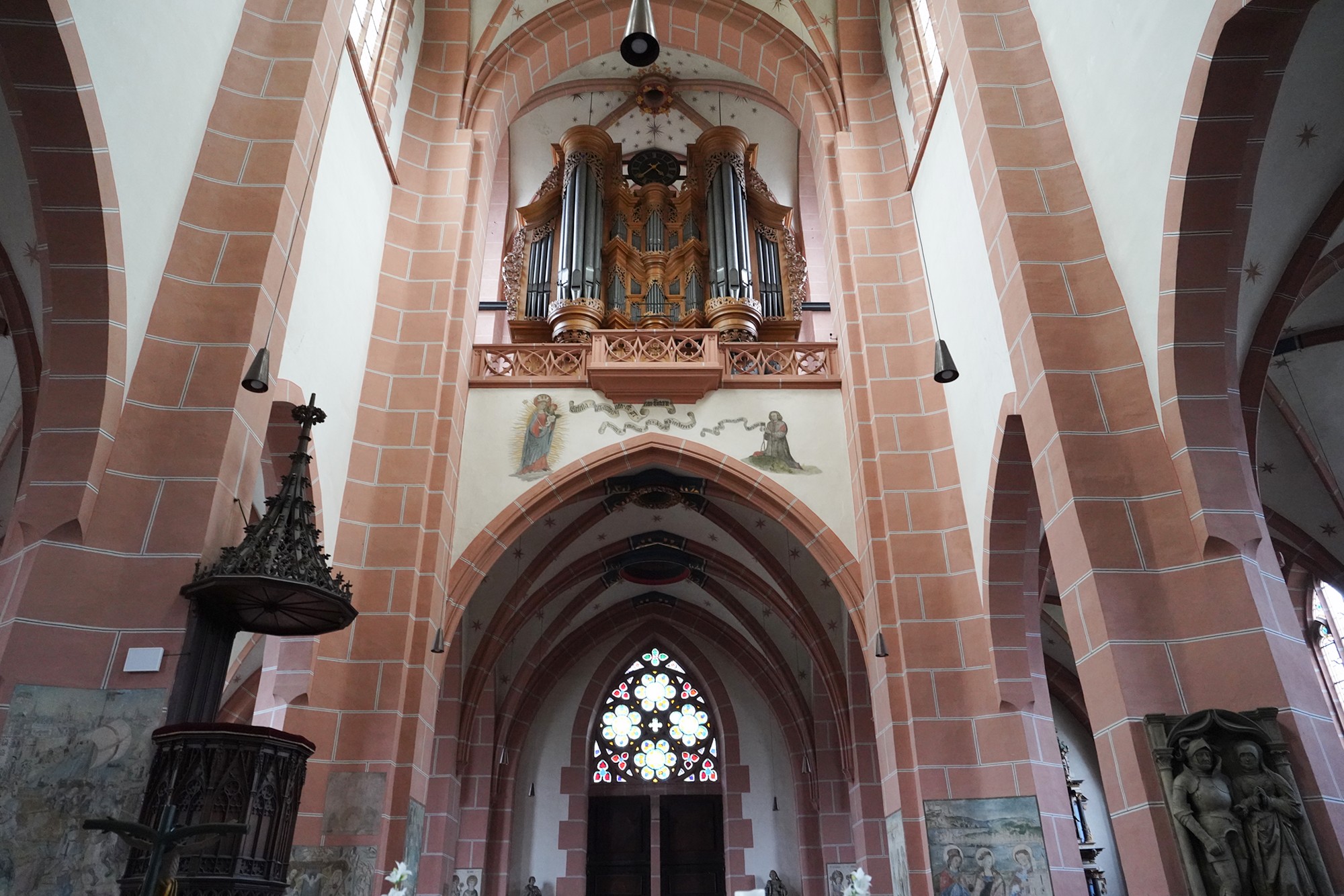
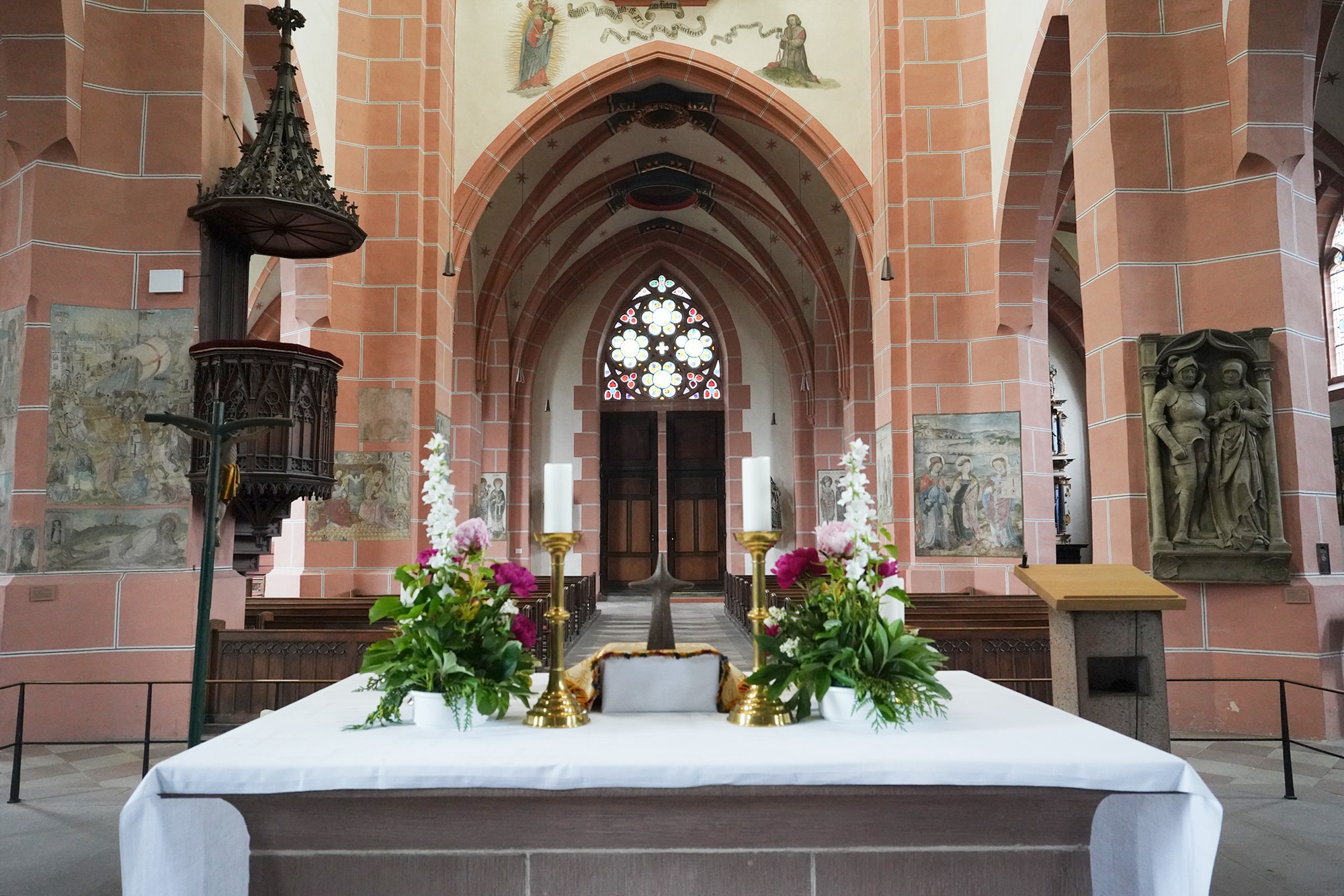
I returned to the train station to go to Goar, my initial destination.
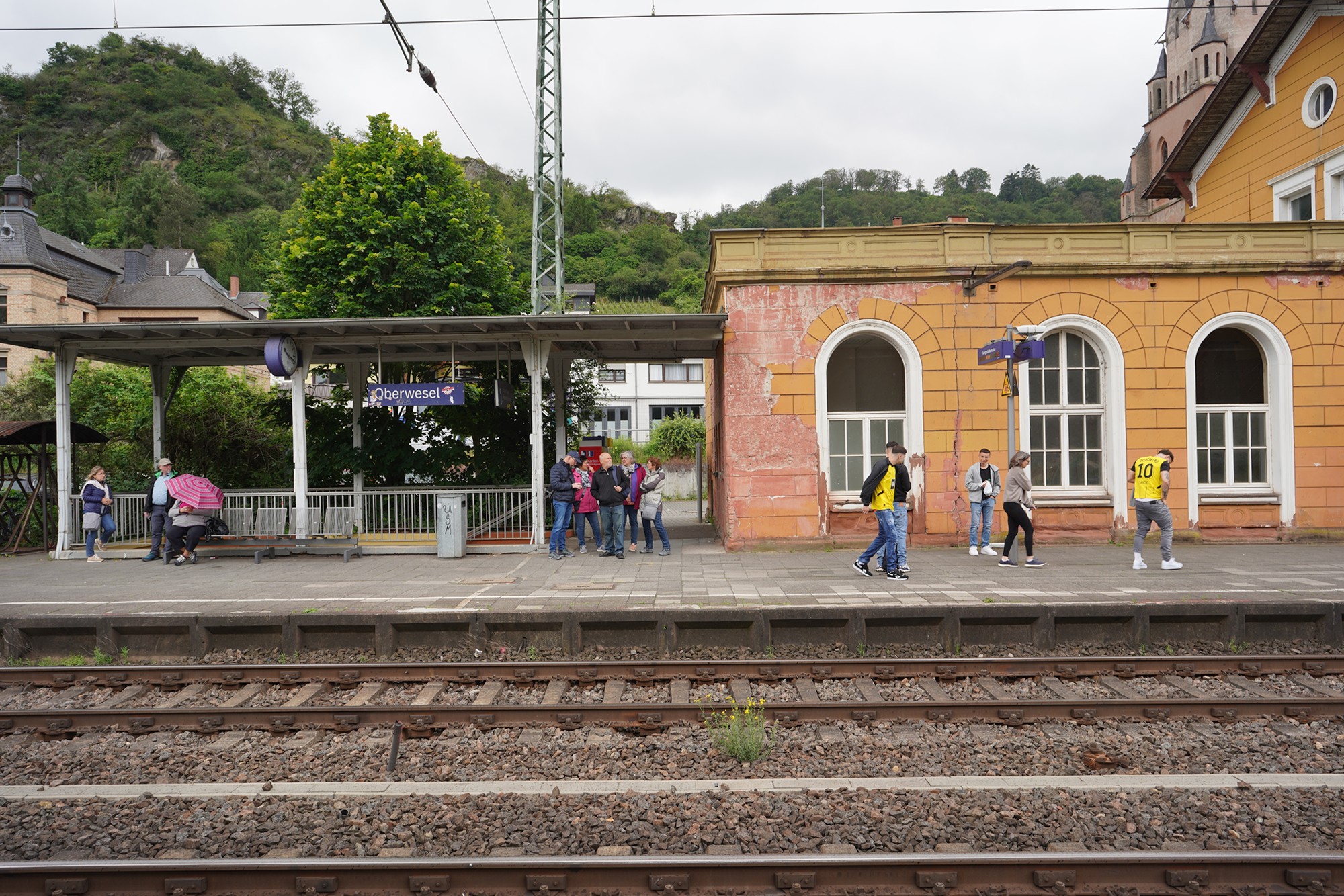
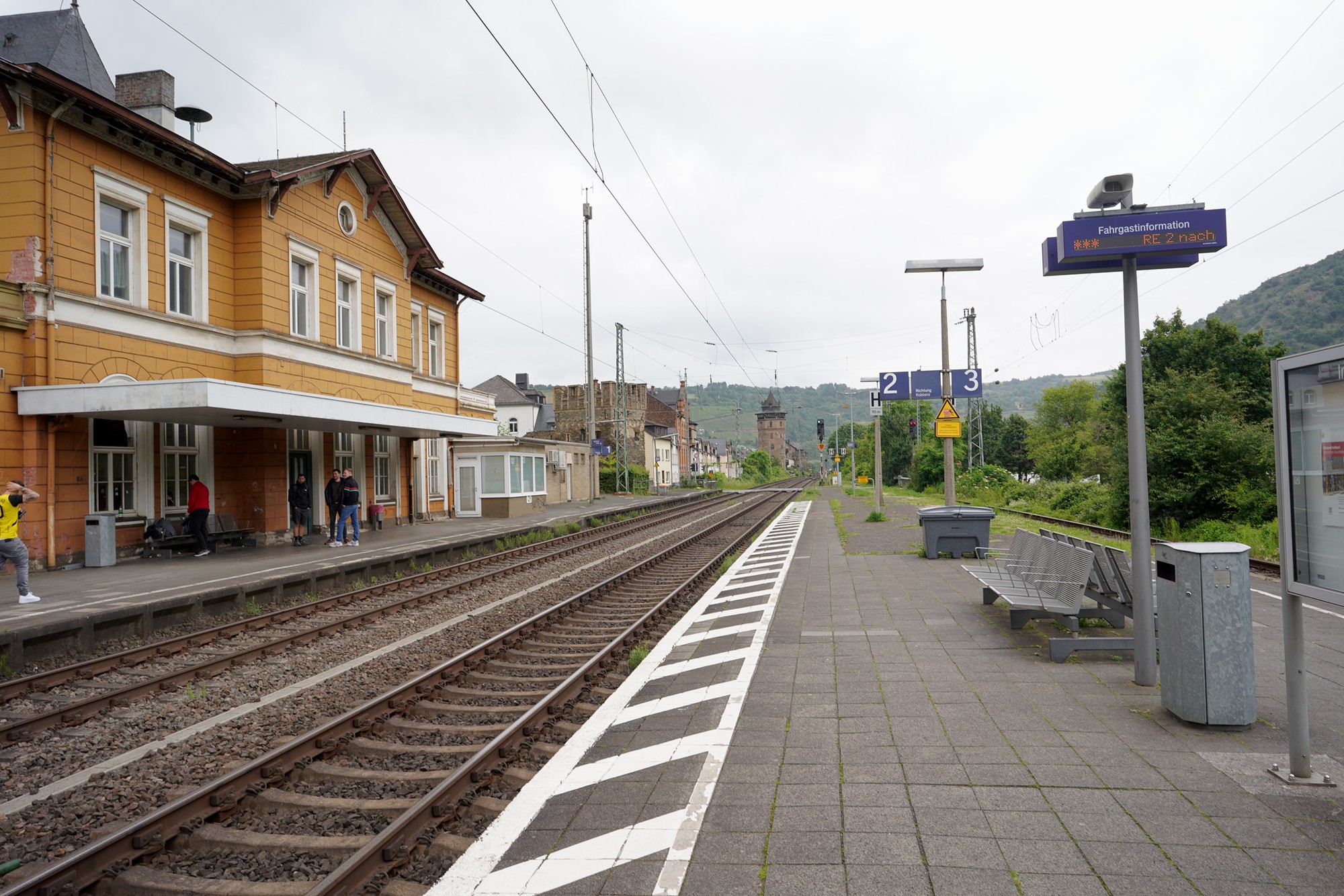
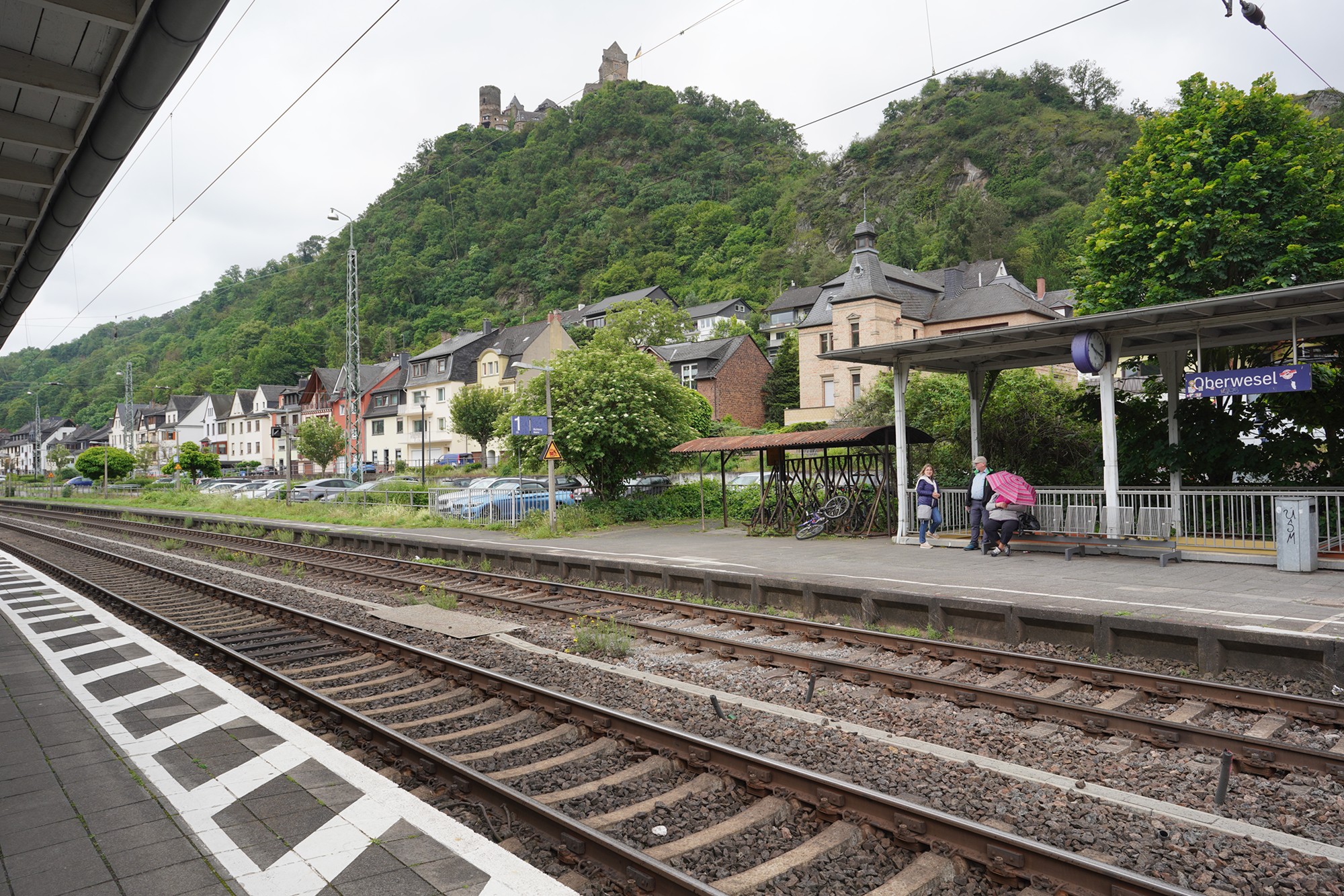
This is Goar. I took a bus from here to the Rheinfels Castle on the hill.
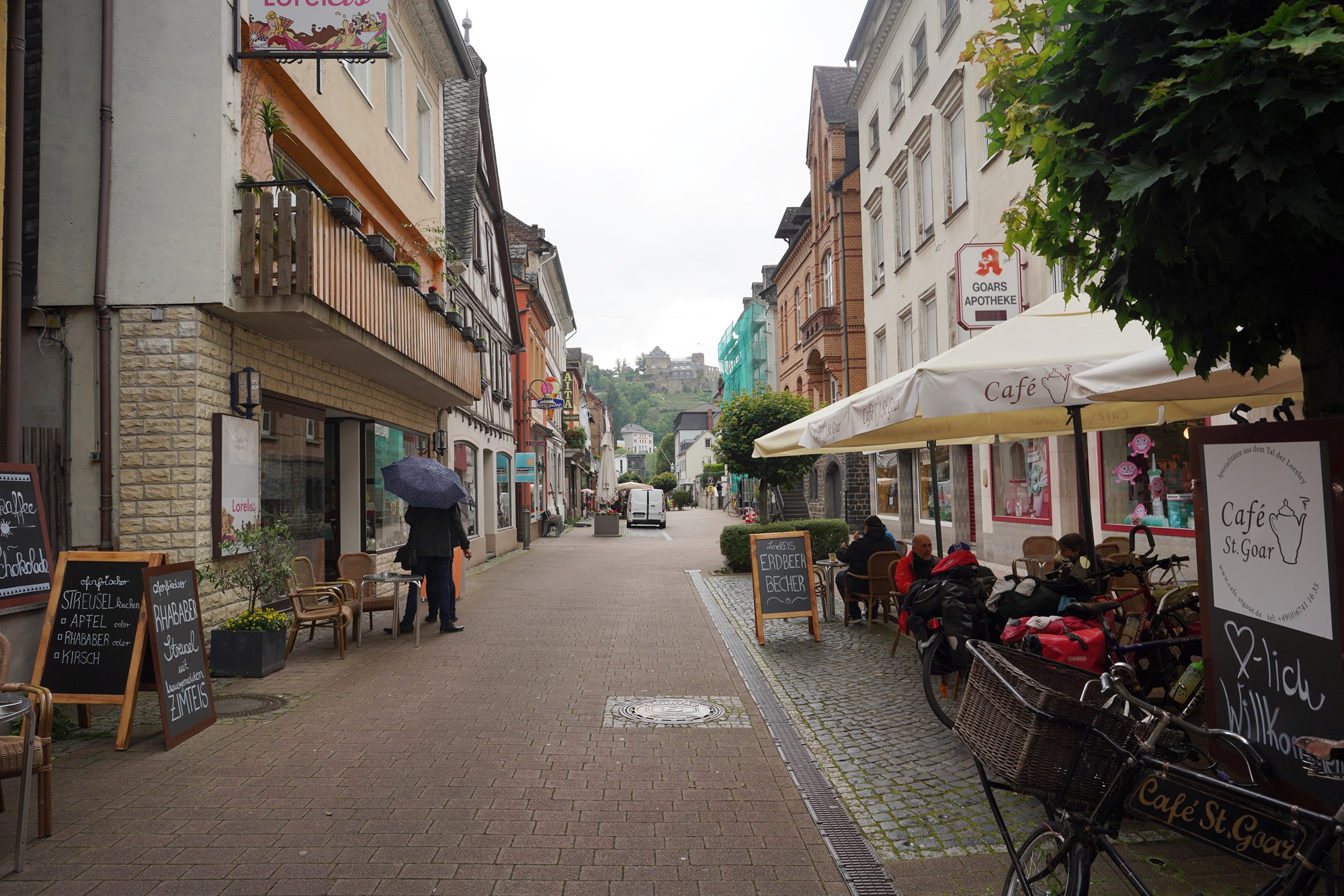
After the bus ride, I reached the castle on the hill.
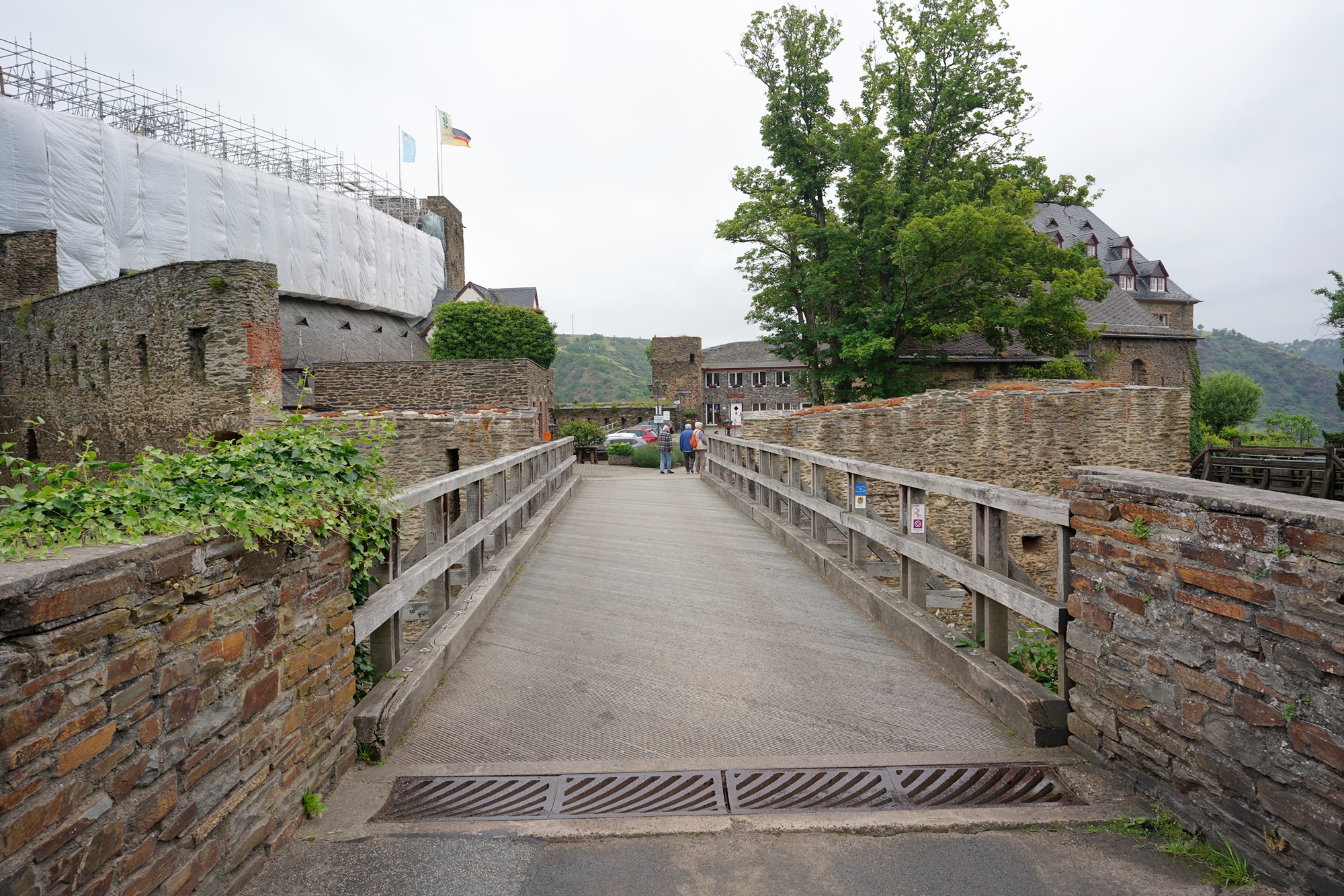
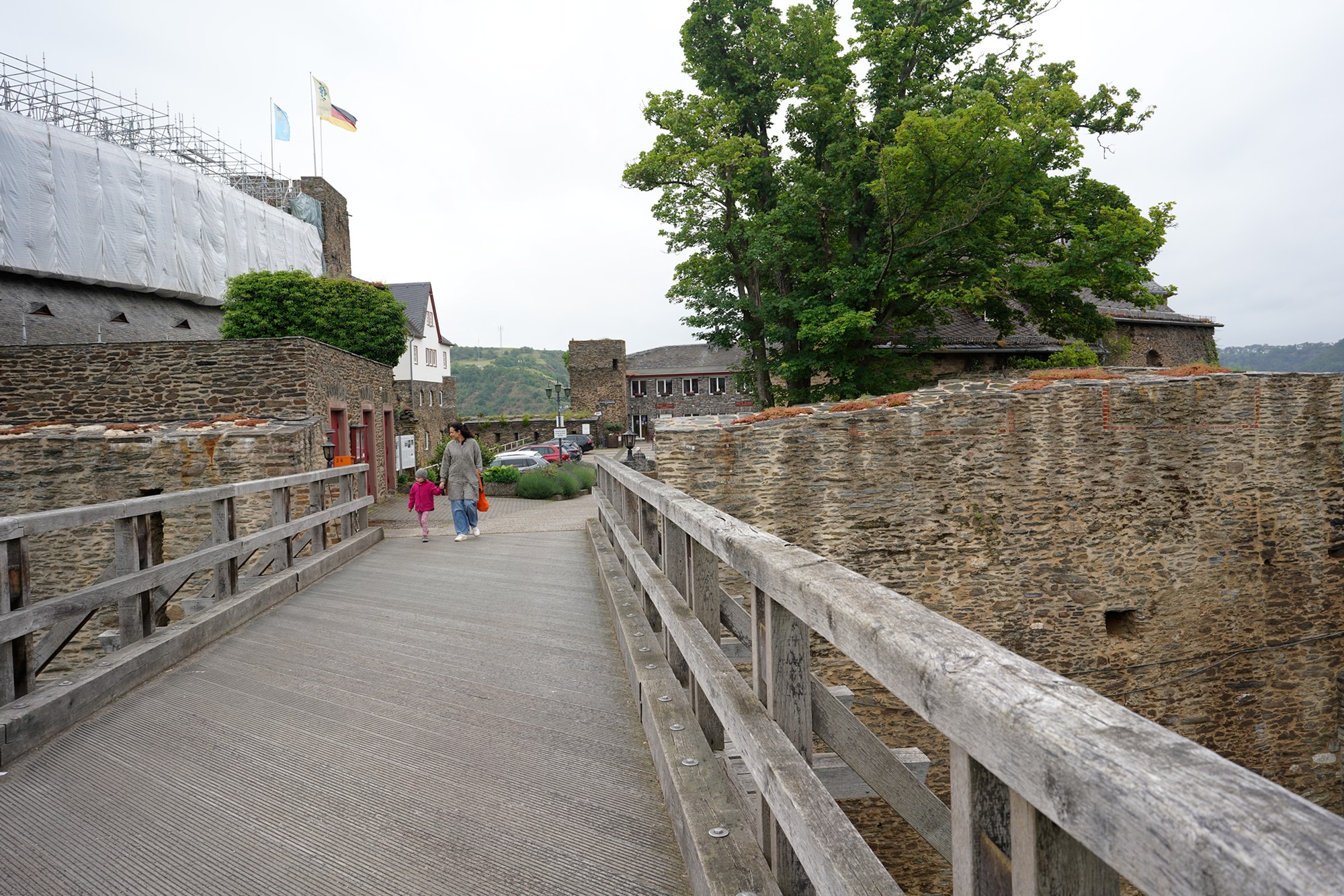
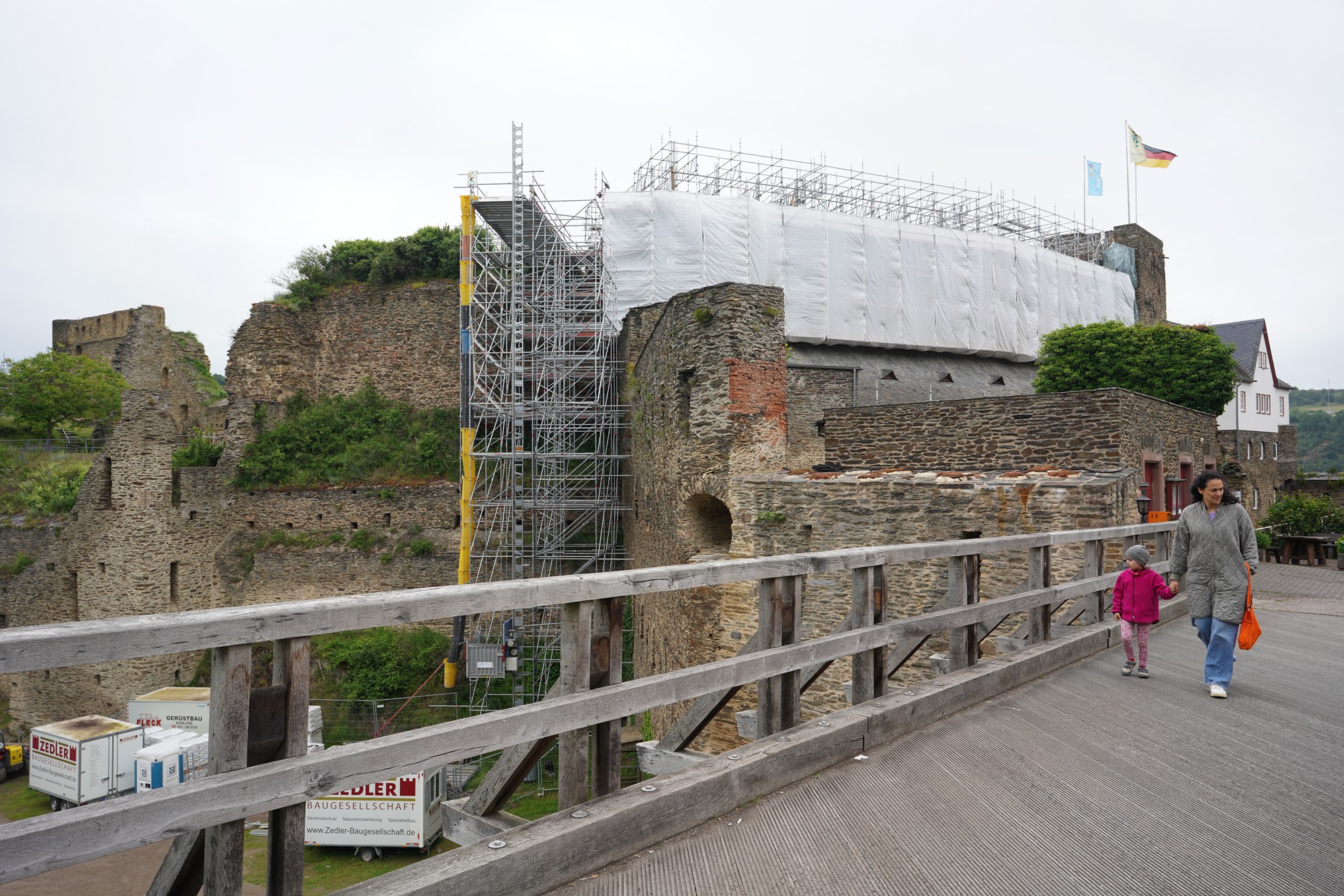
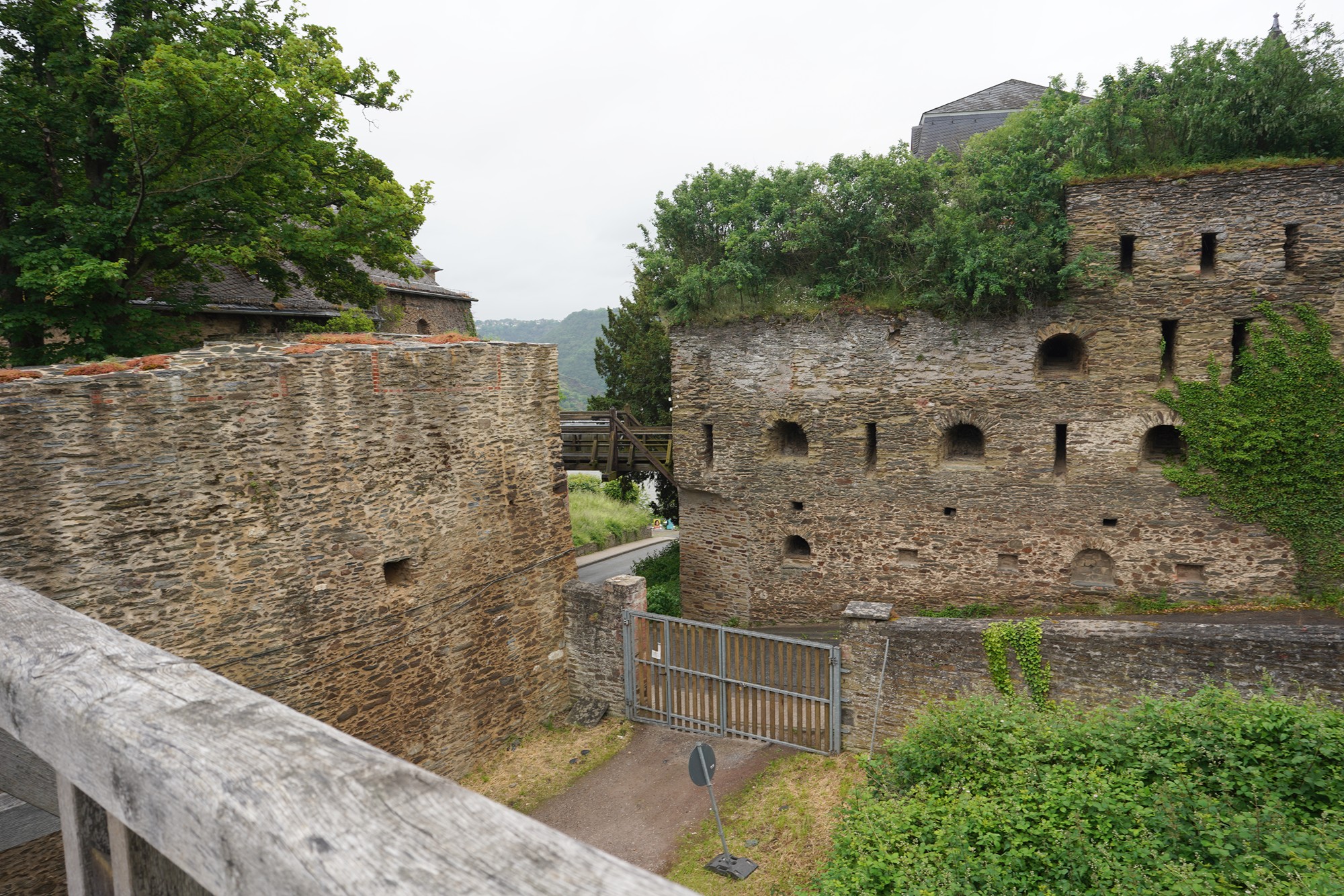
Rheinfels Castle is a historic fortress located on the left bank of the Rhine River in Sankt Goar, Germany. Built in 1245 by Count Diether V von Katzenelnbogen, it was originally intended to protect the town of St. Goar and control river traffic. The castle became one of the largest and most formidable fortifications along the Rhine, particularly during the Middle Ages.
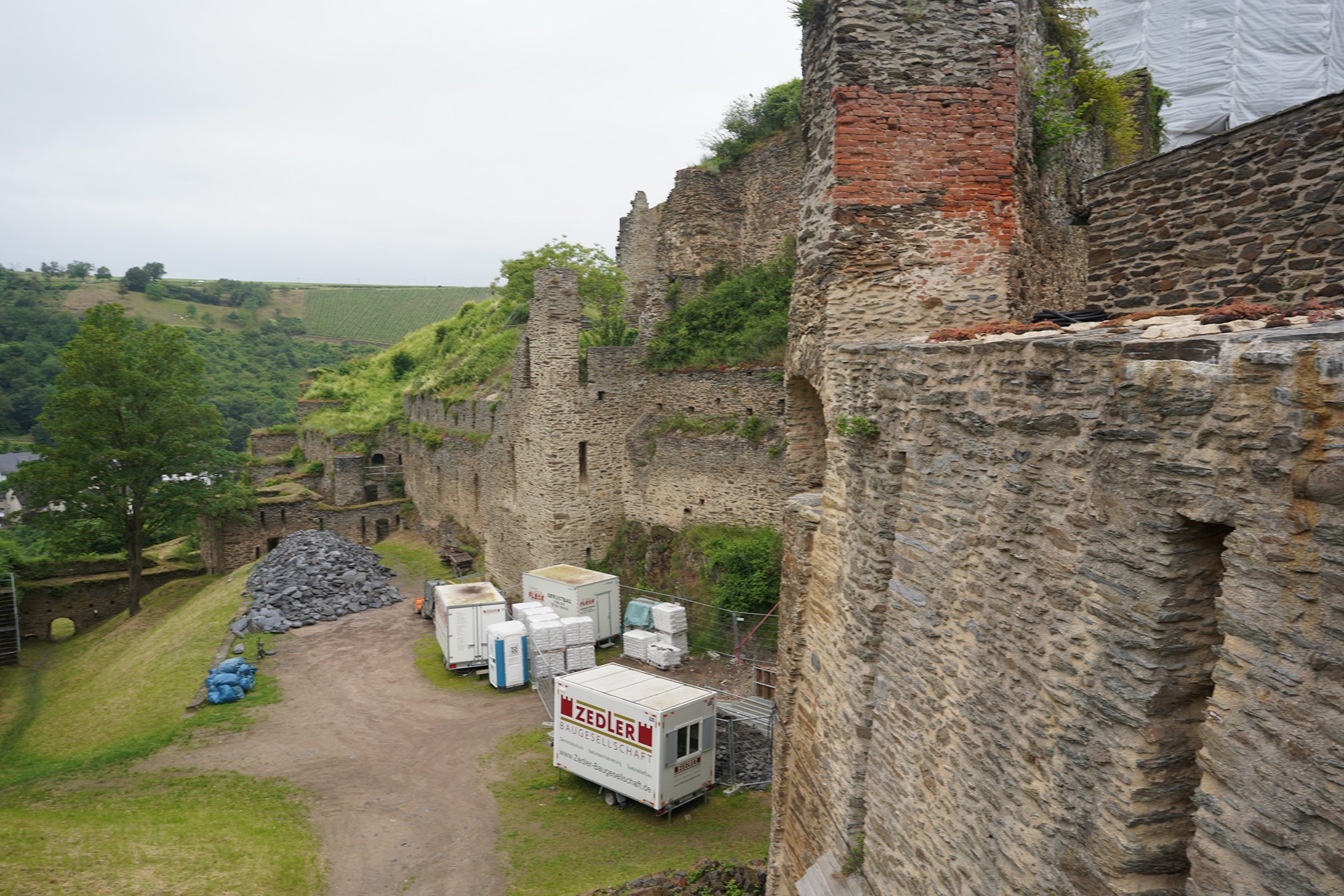
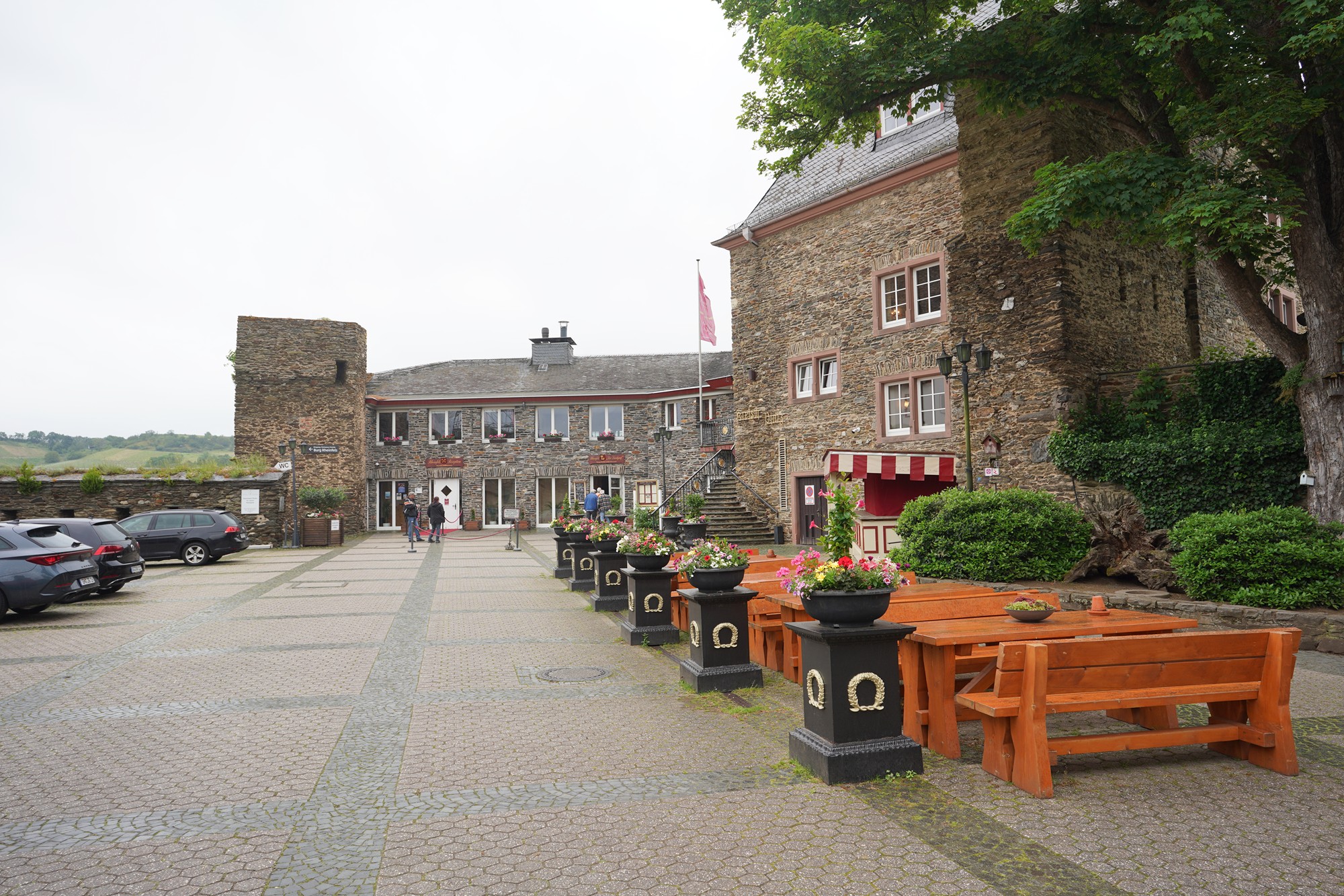
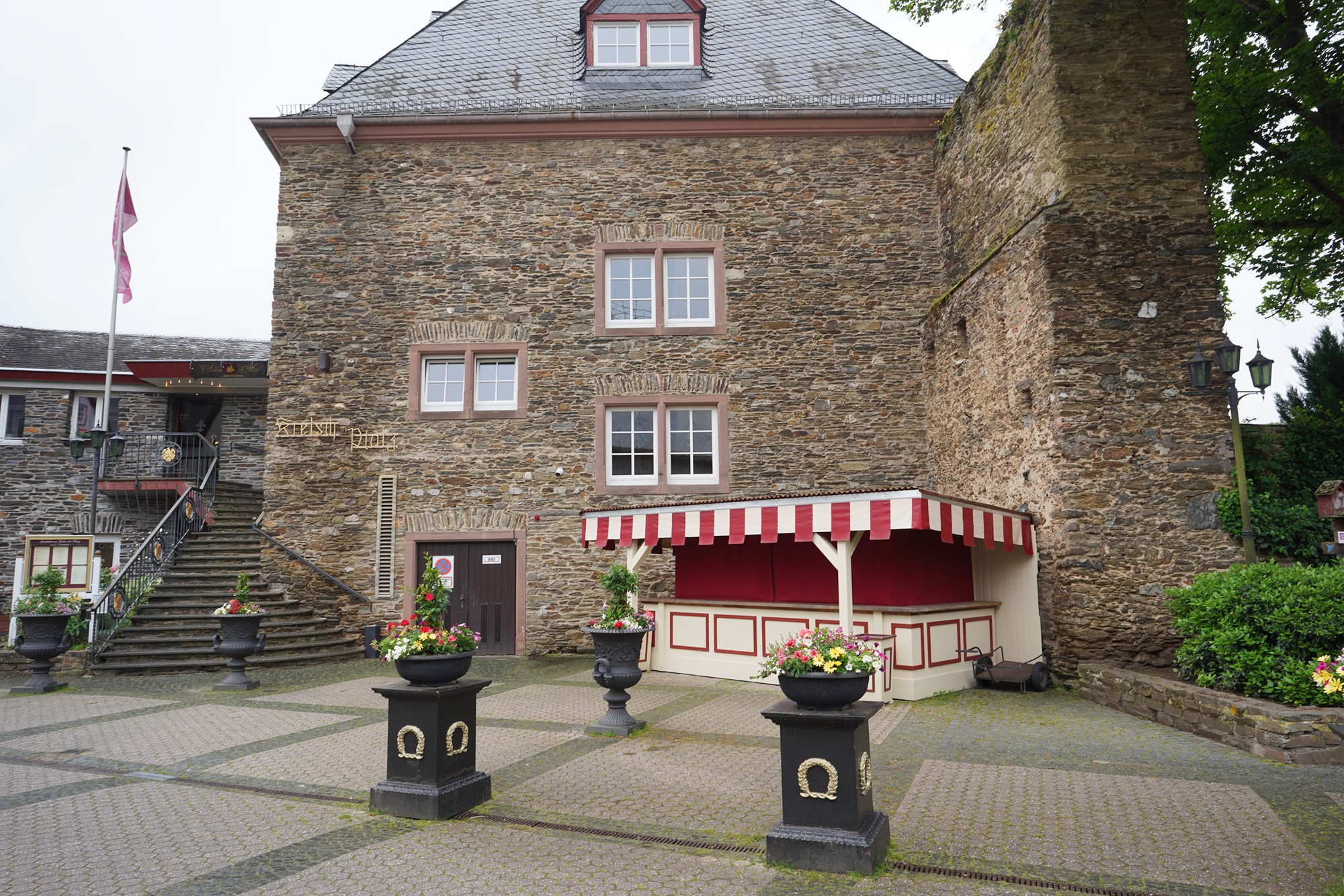
Overlooking a bend in the Rhine, Rheinfels controlled a key stretch of the river, where tolls could be collected from passing ships. This contributed to the wealth and influence of its owners.


The castle withstood various sieges, including one by an army of 28,000 men in 1692. It was one of the most powerful strongholds in the Rhineland.

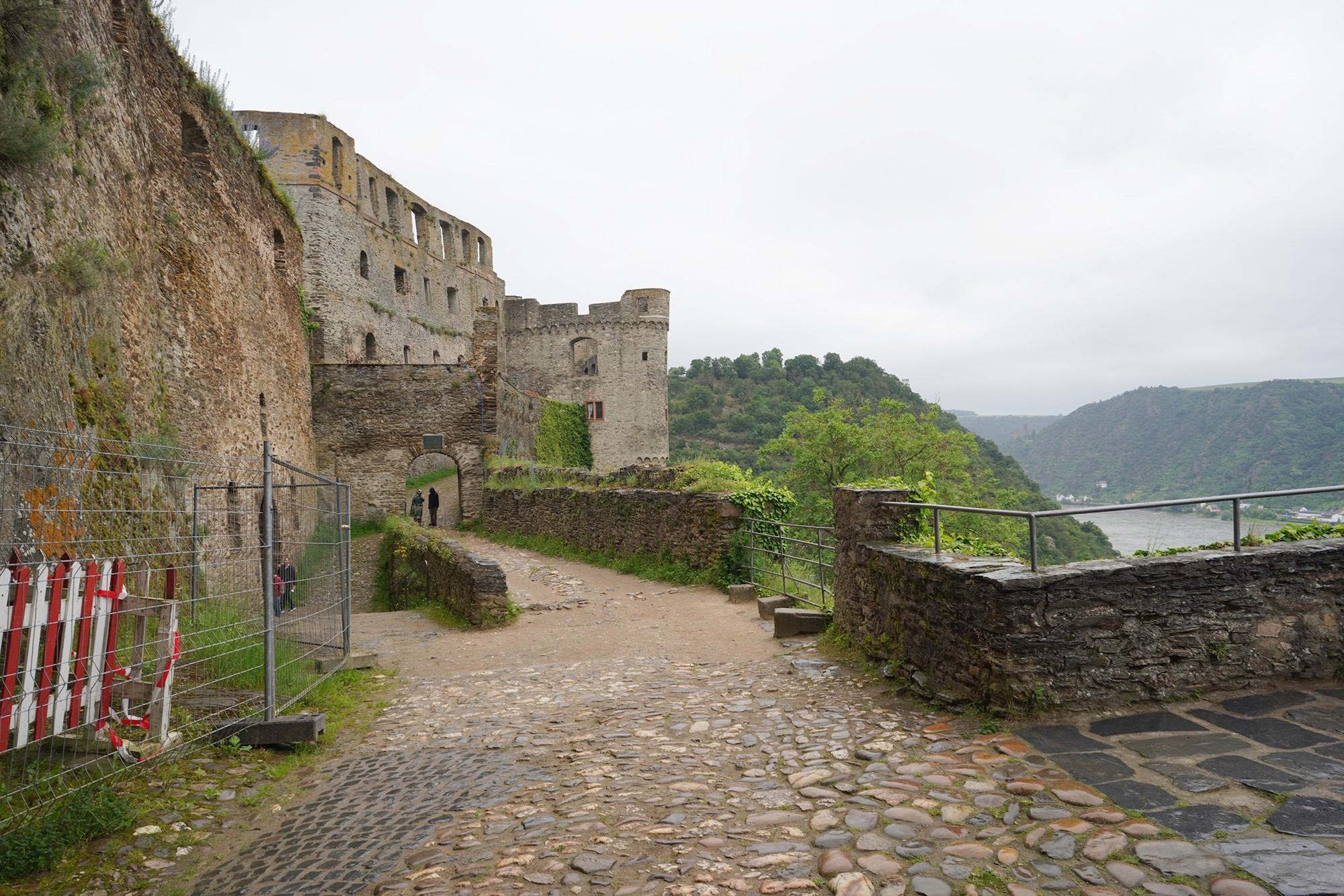
The Middle Rhine Valley, a UNESCO World Heritage site, is famous for its high concentration of castles and fortresses, built mostly during the Middle Ages.

This river’s location, between Goar and Bacharach, offers the most scenic area of the Rhine due to its side mountains and curvy river.
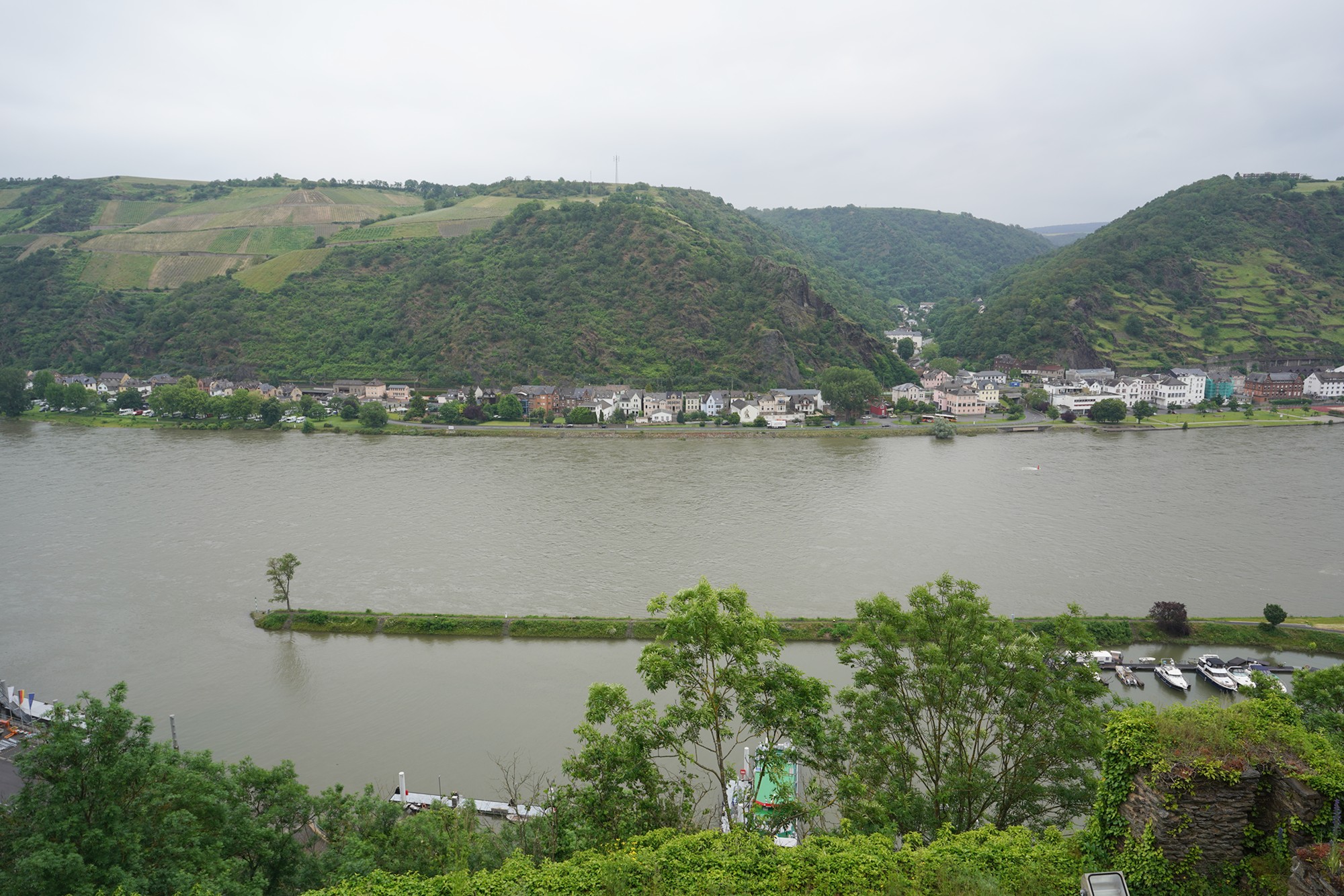

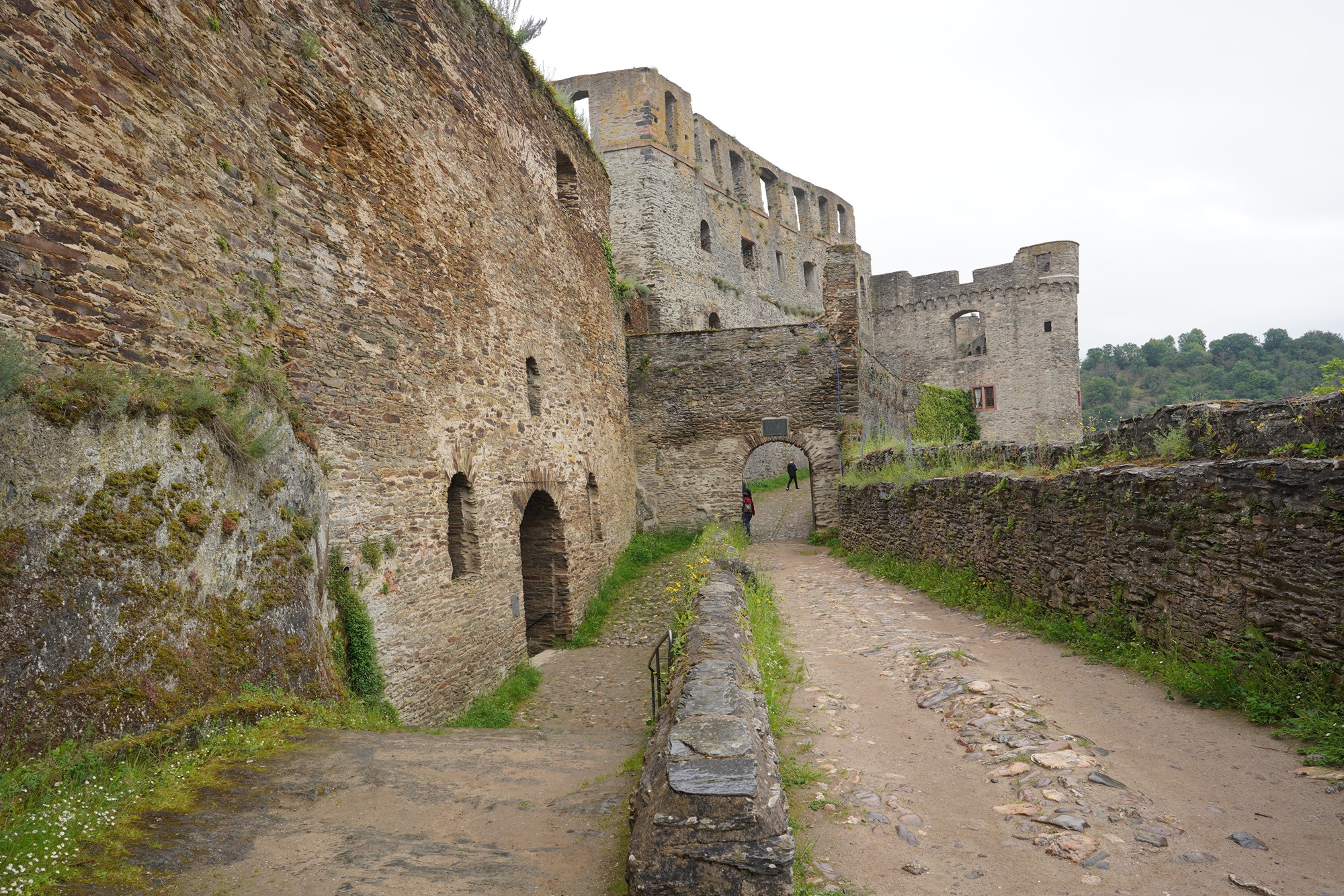
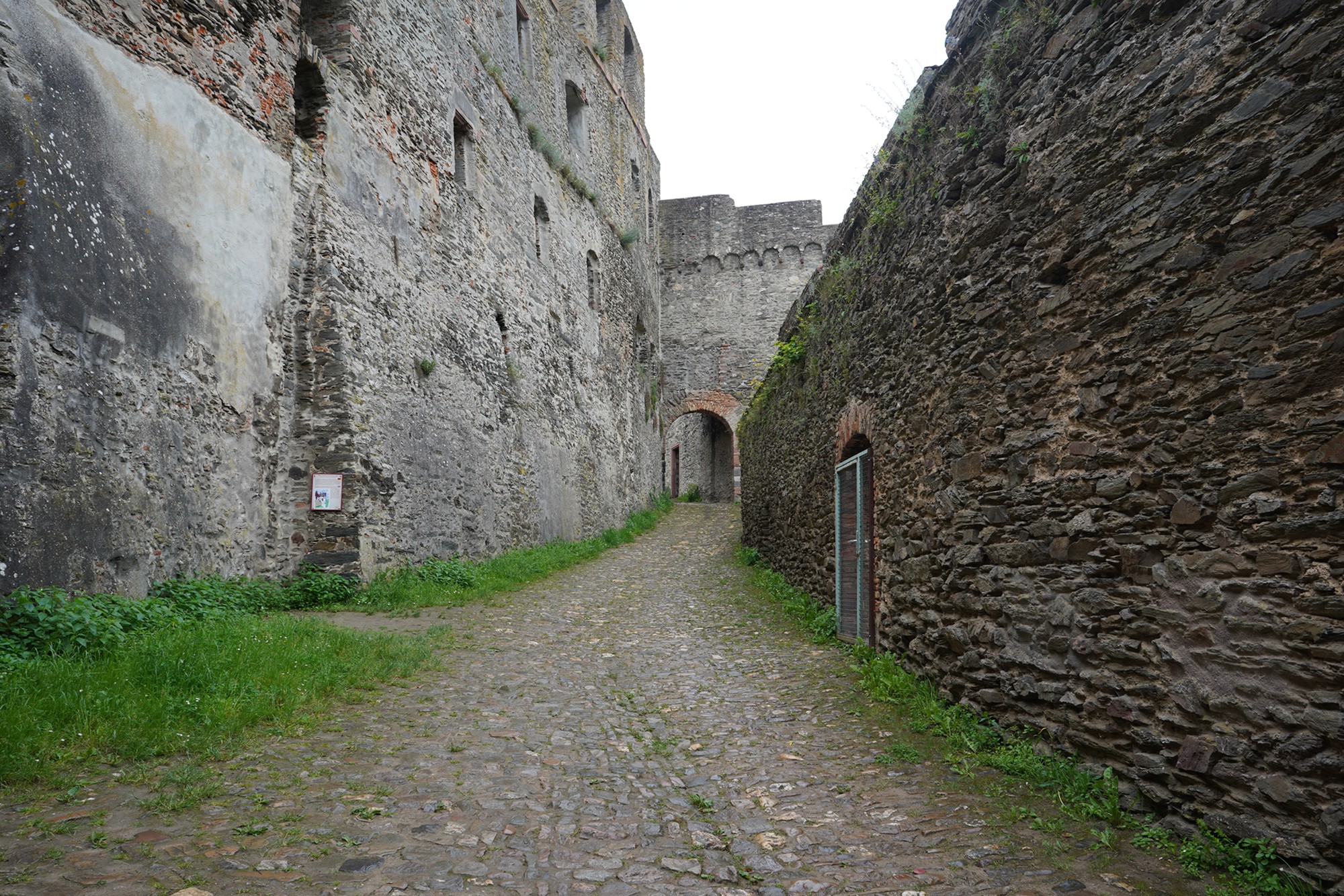
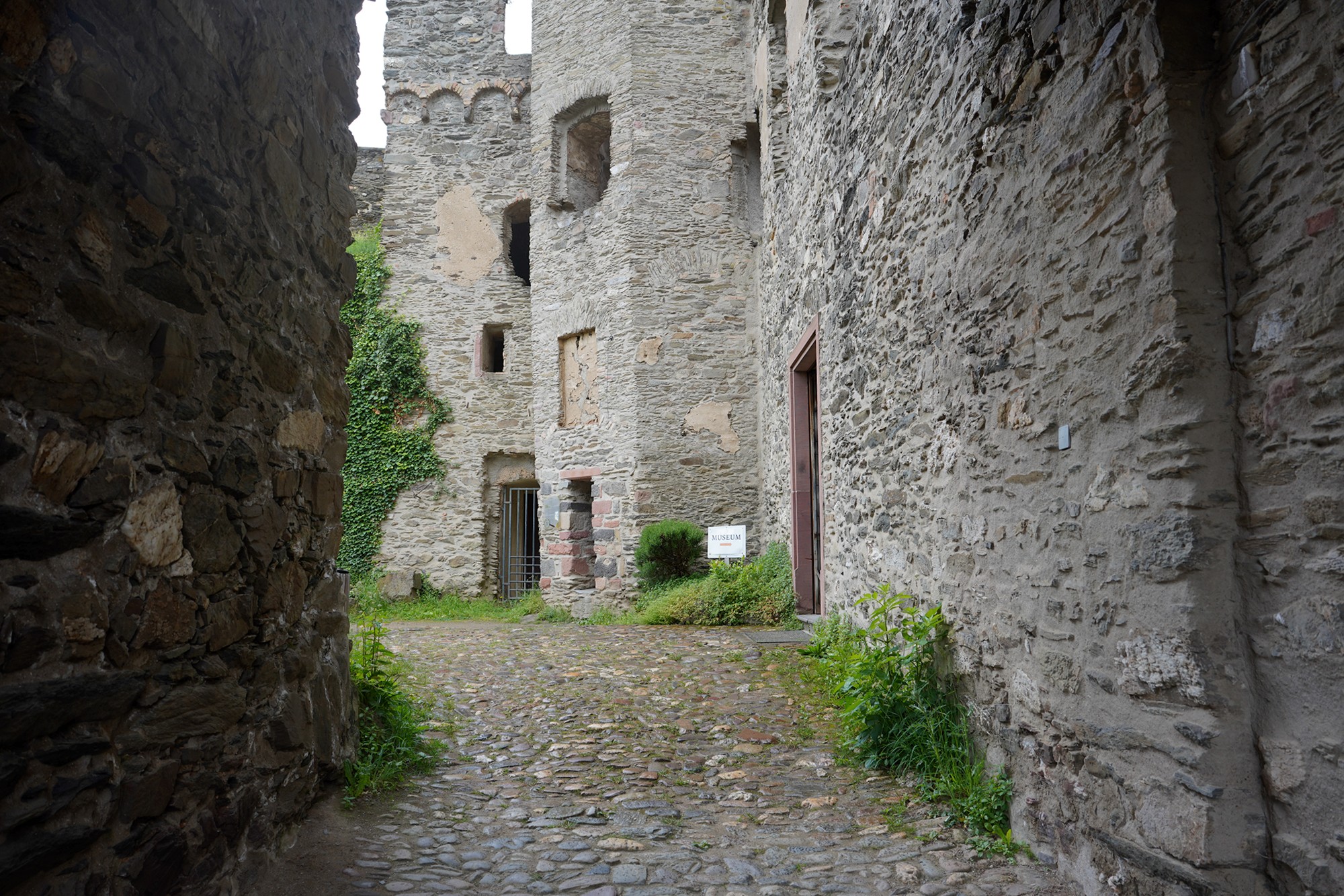
The back side
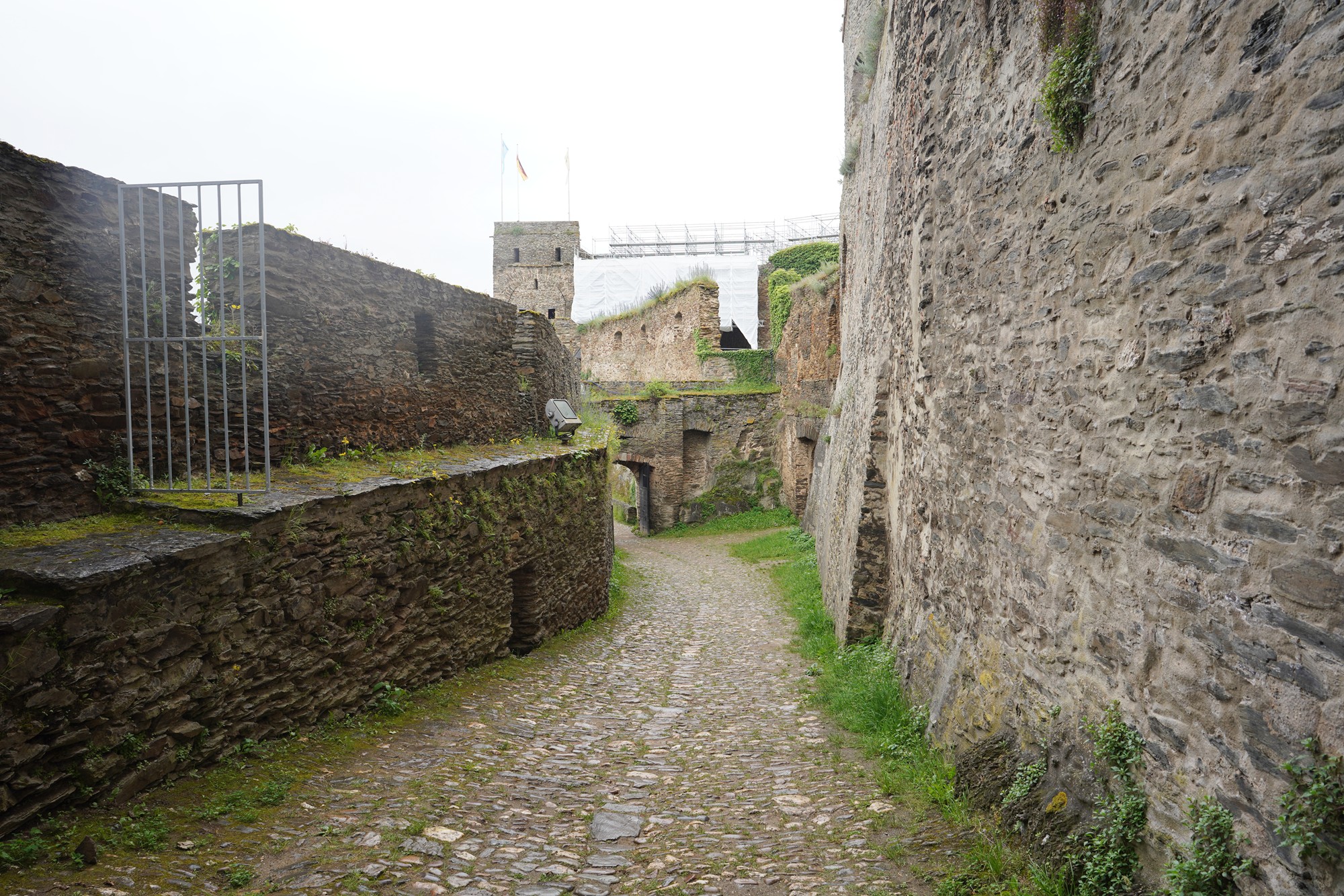
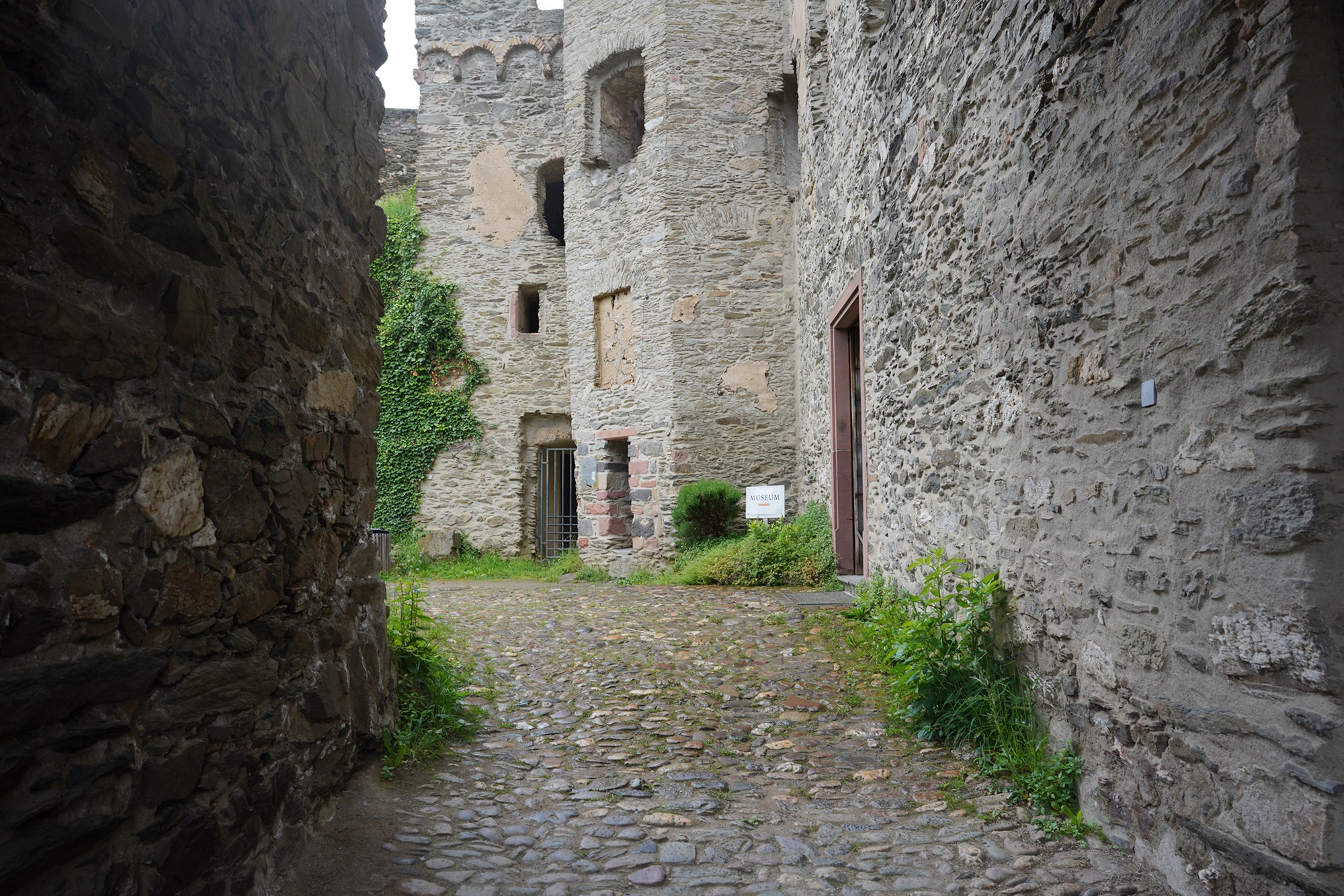
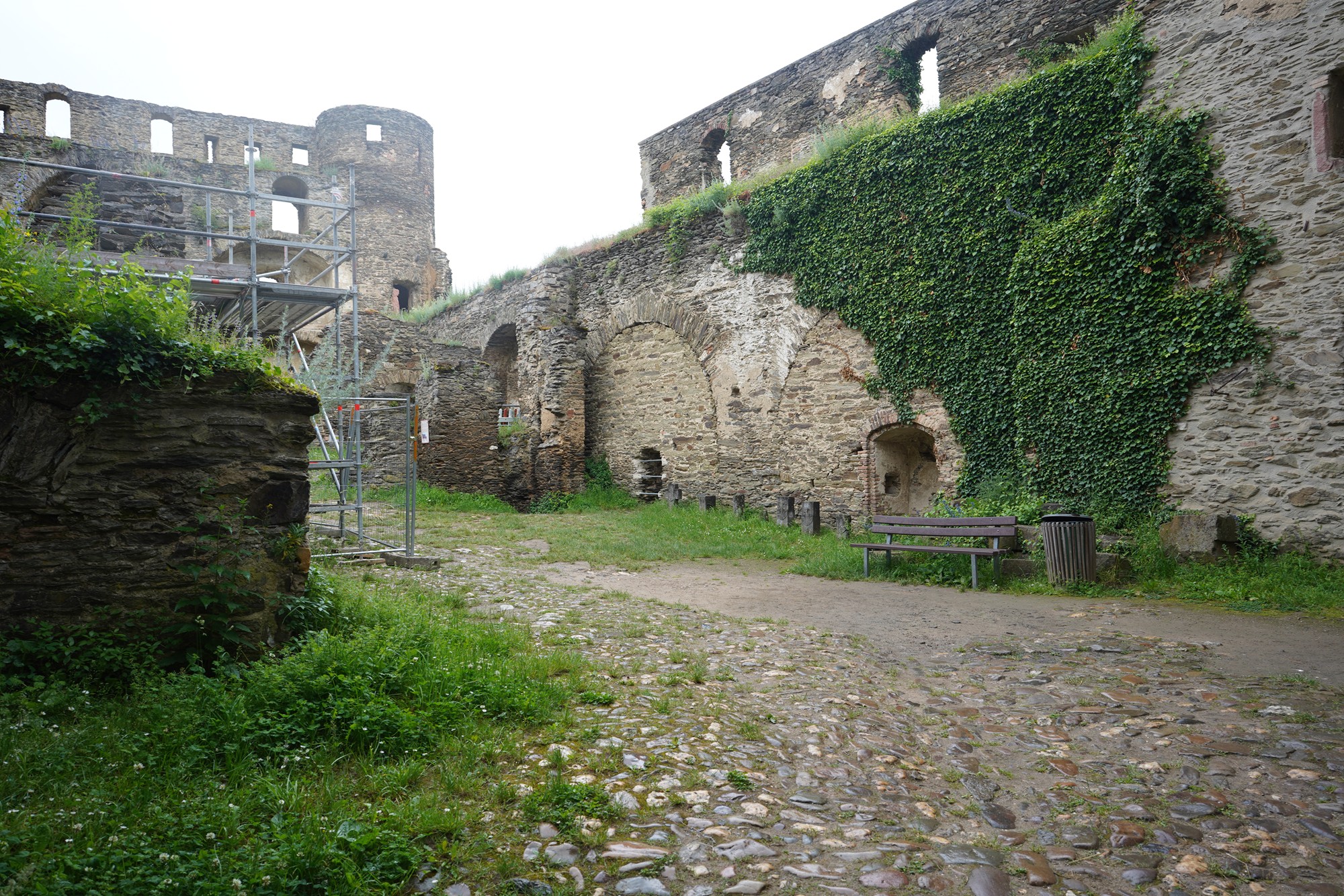
The little museum in the castle
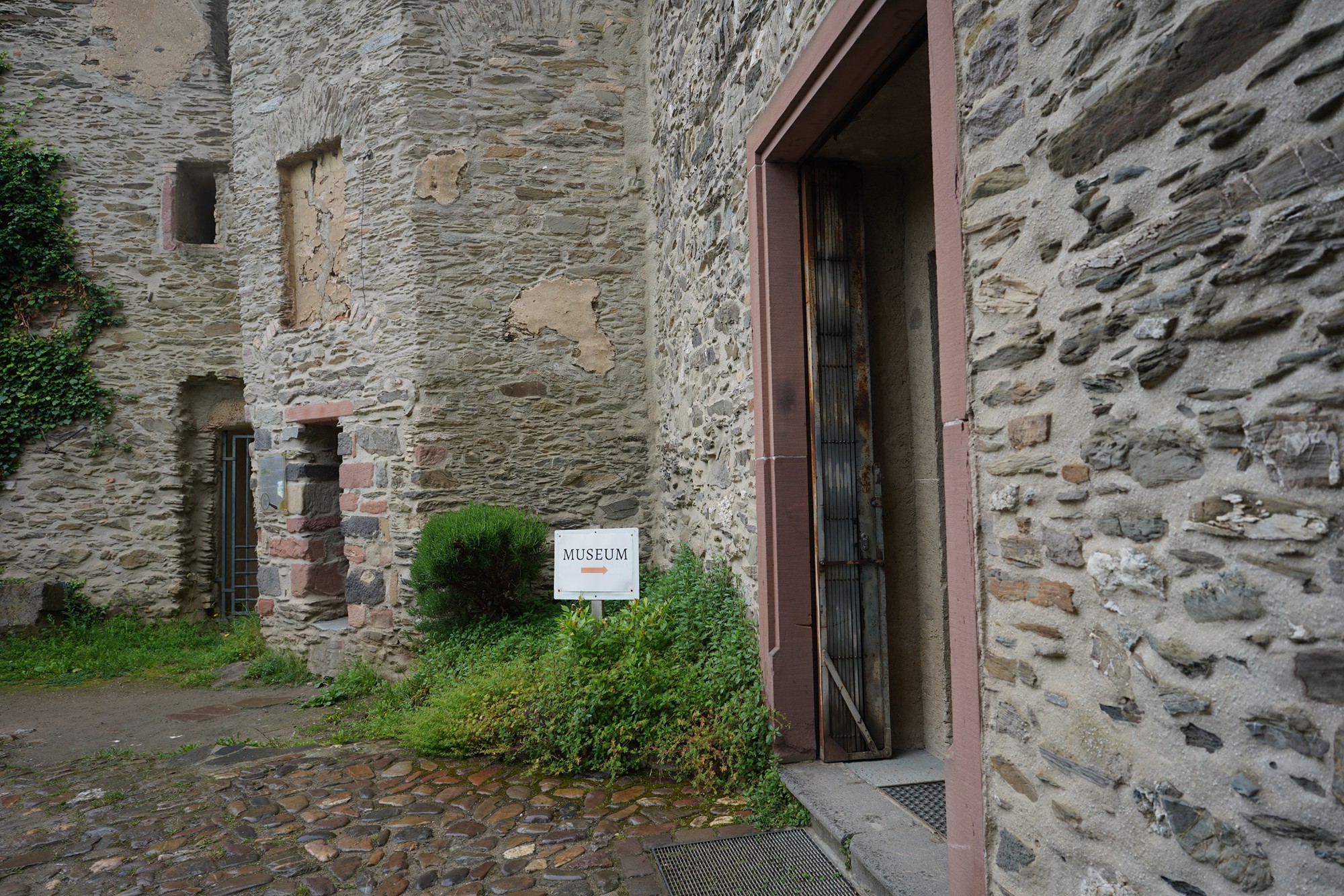
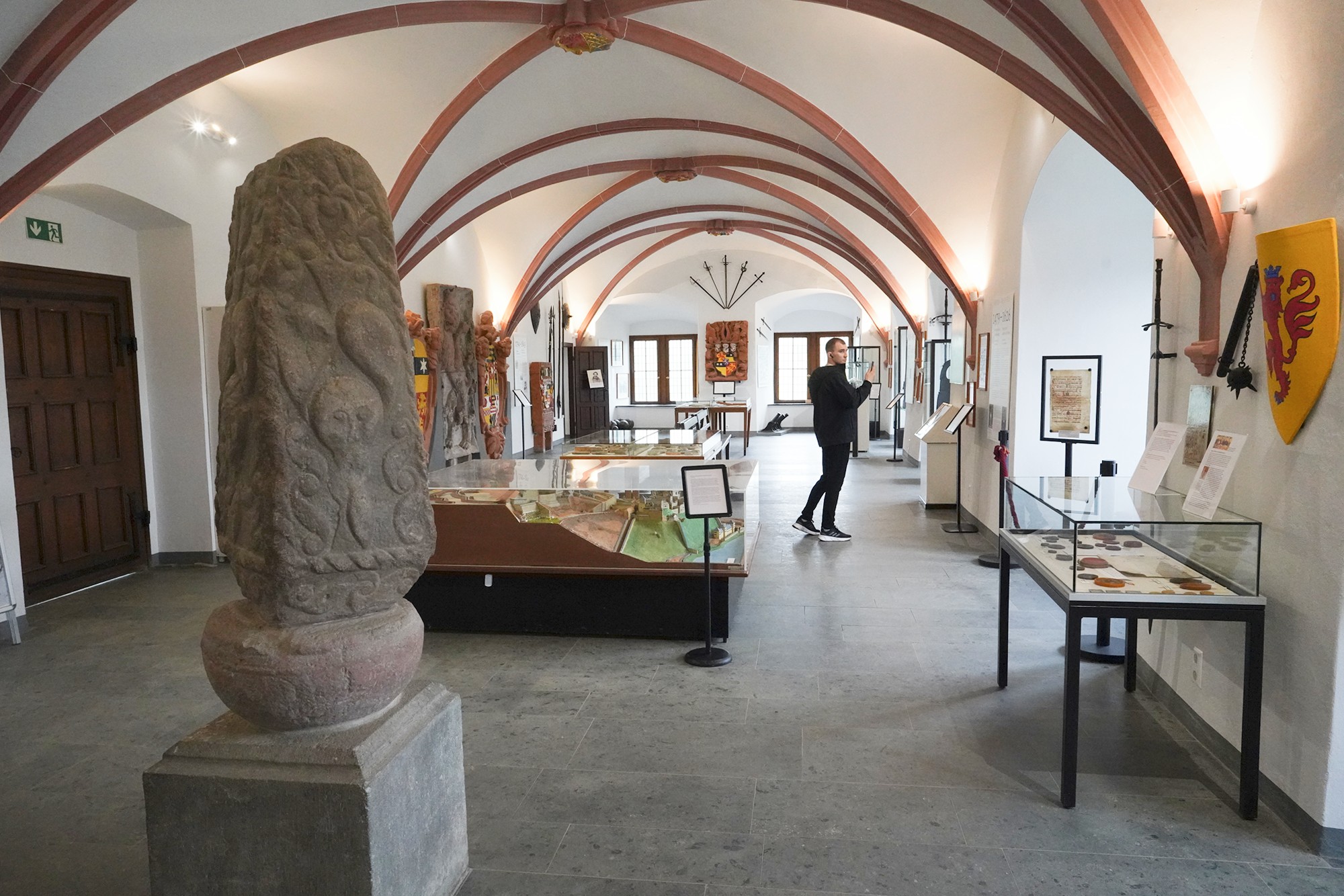
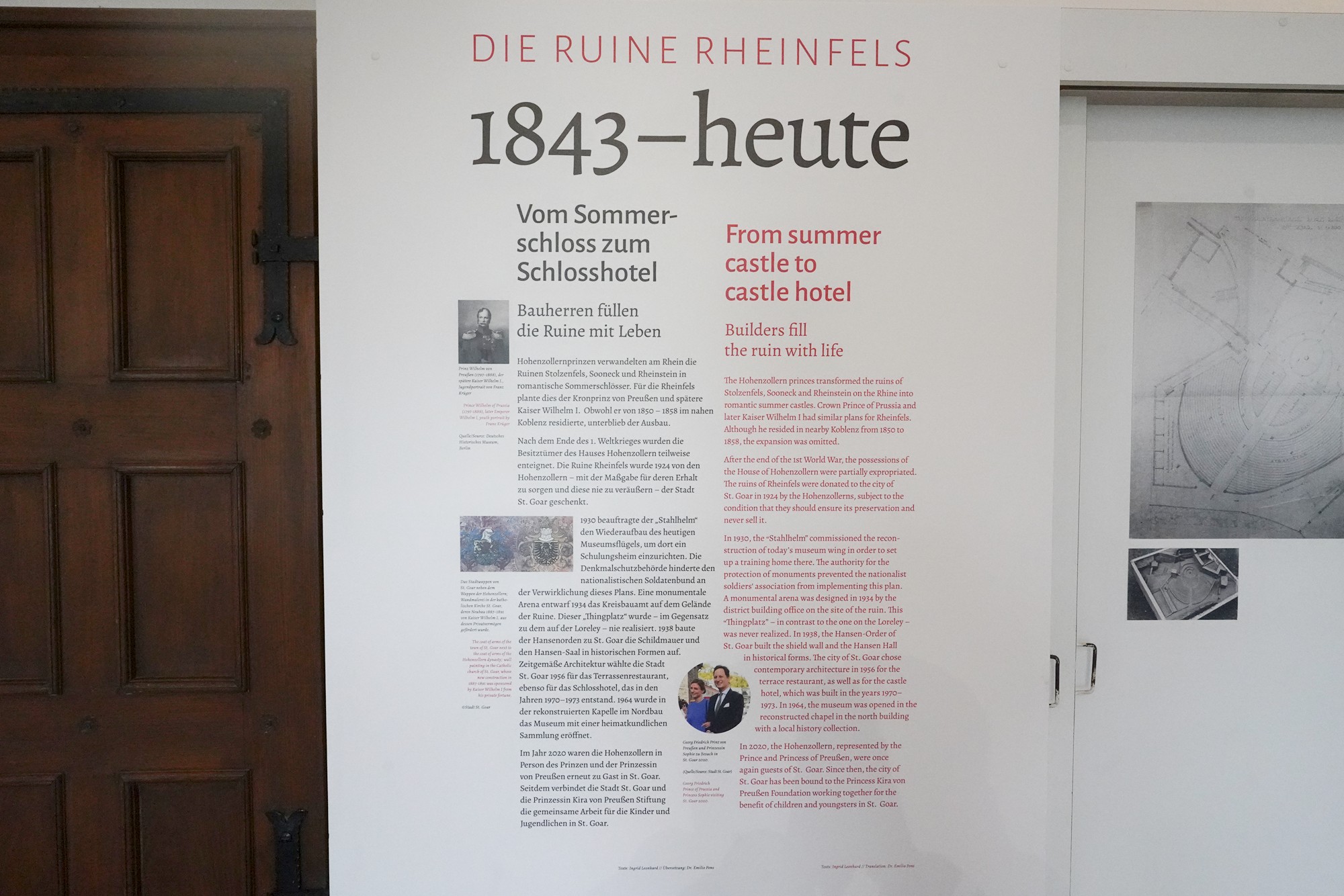
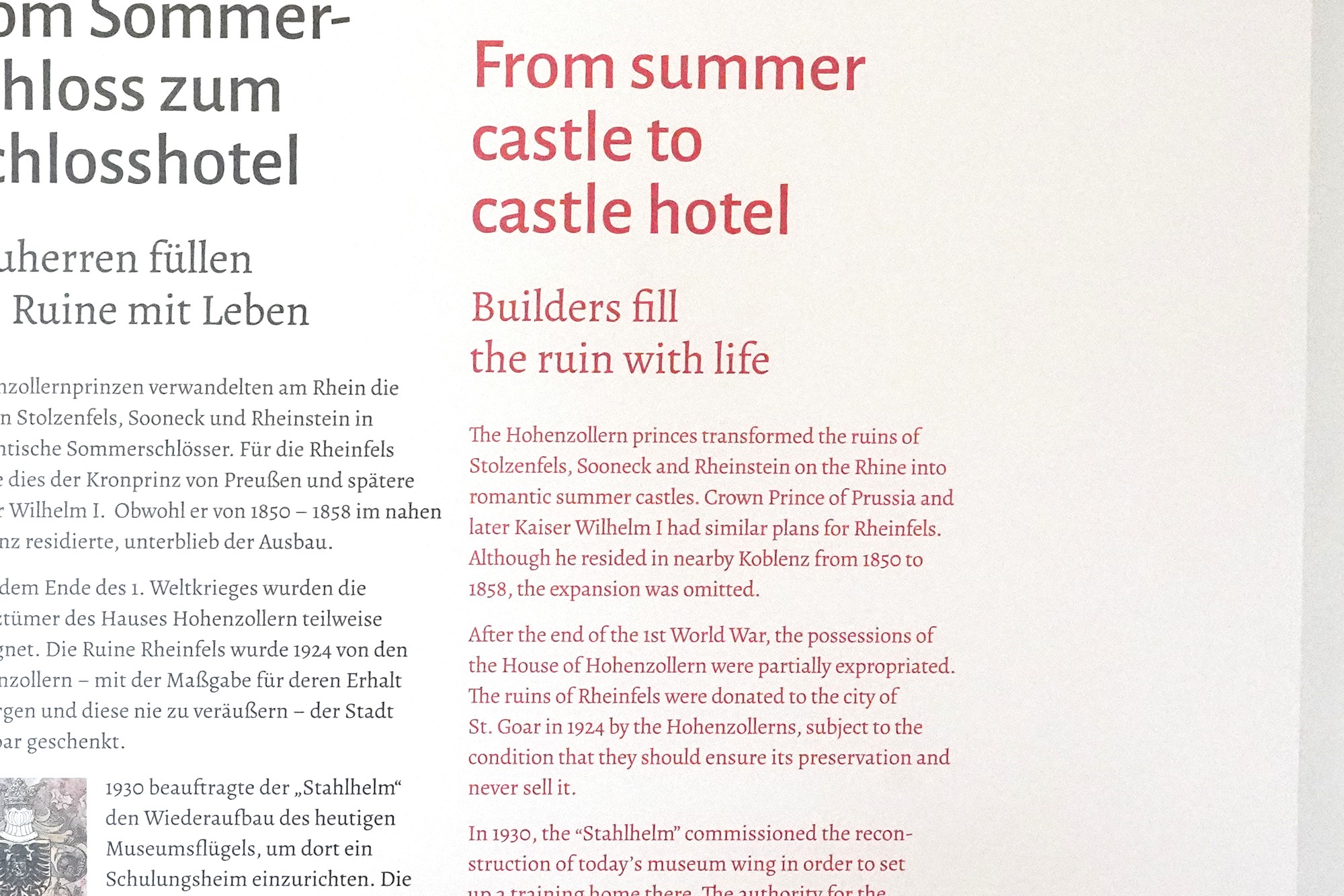
This is the model of the castle, and as you can see, it was huge. All of the upper part (the right side) and a good part of the lower area are now gone.
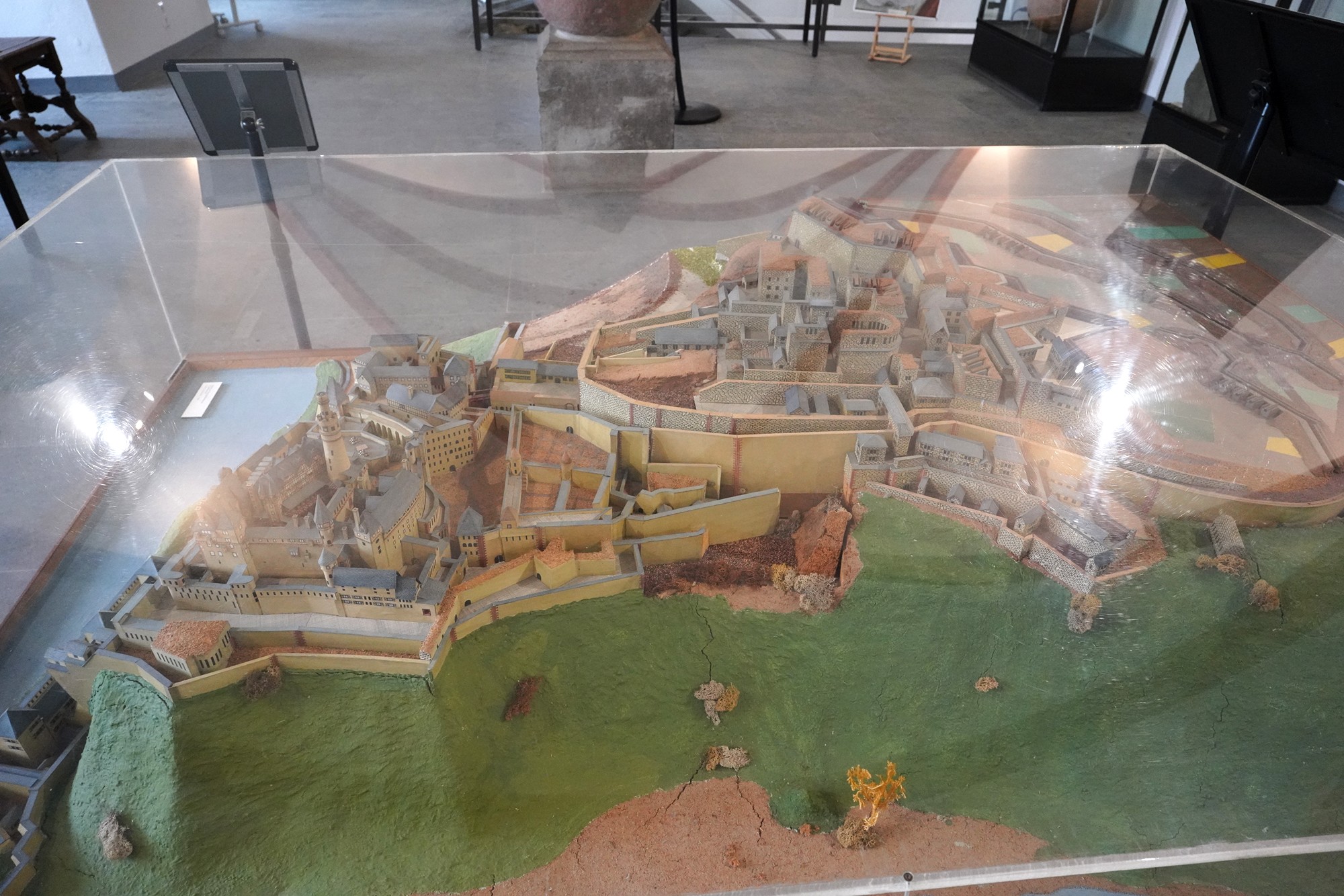
History of the castle
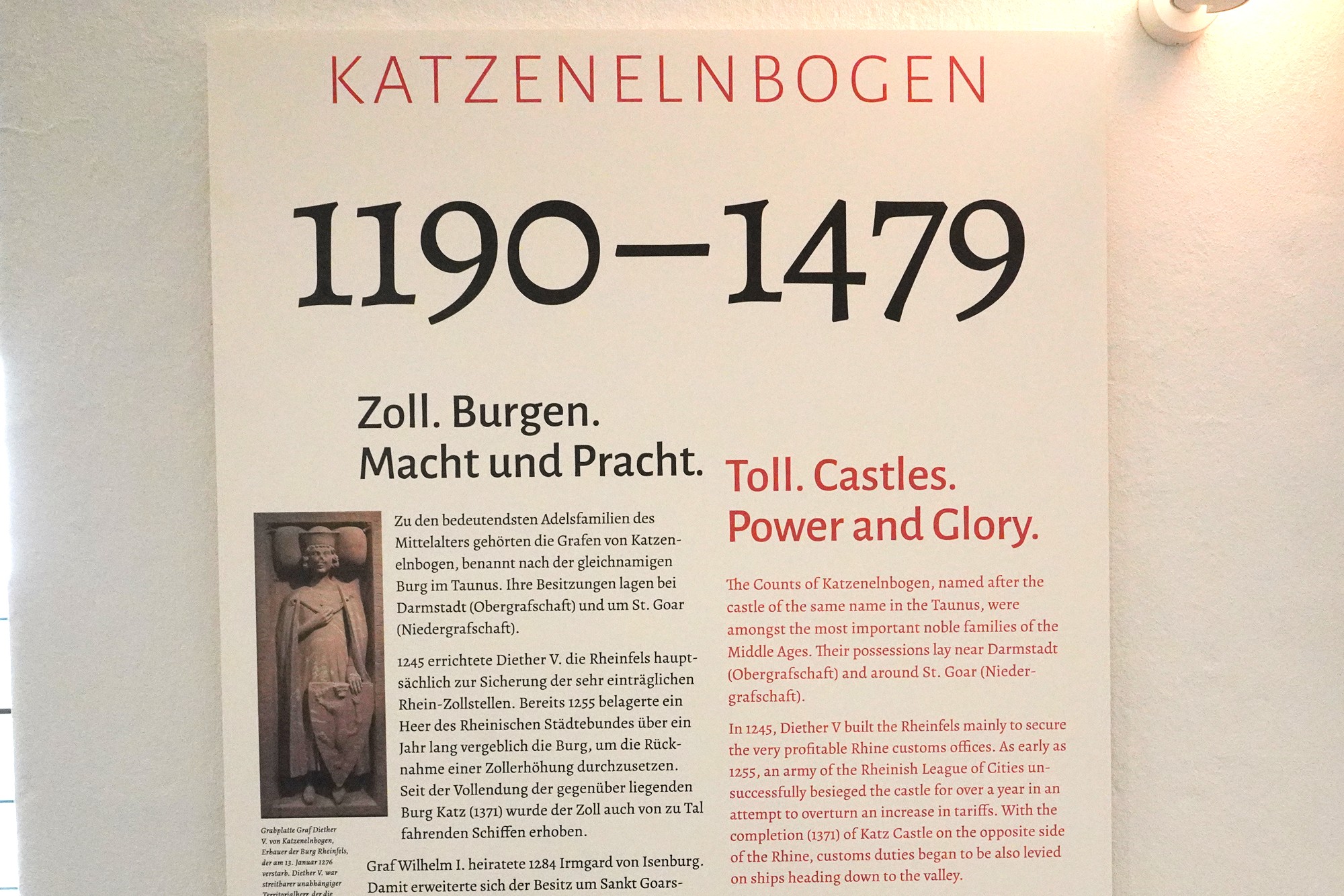
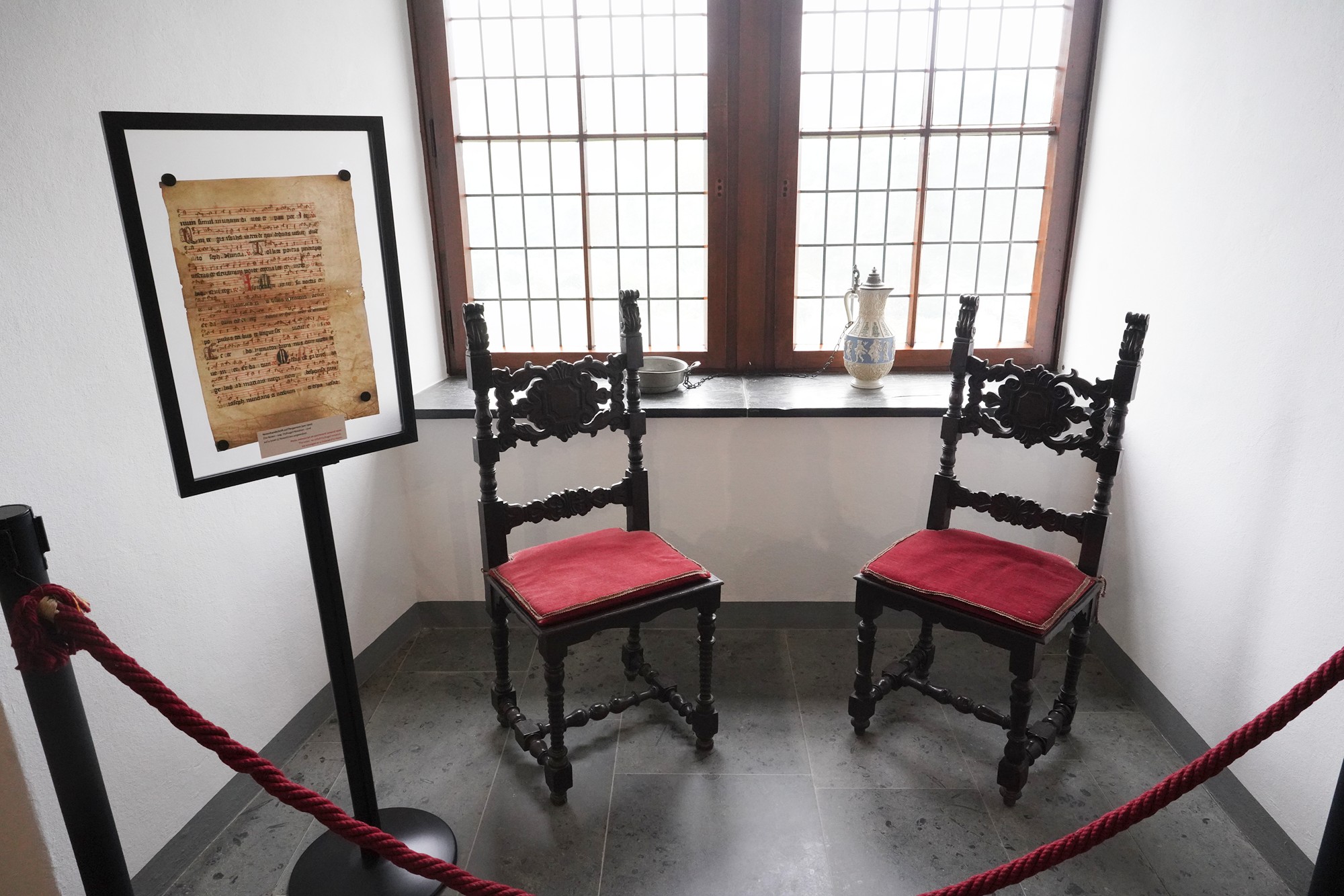
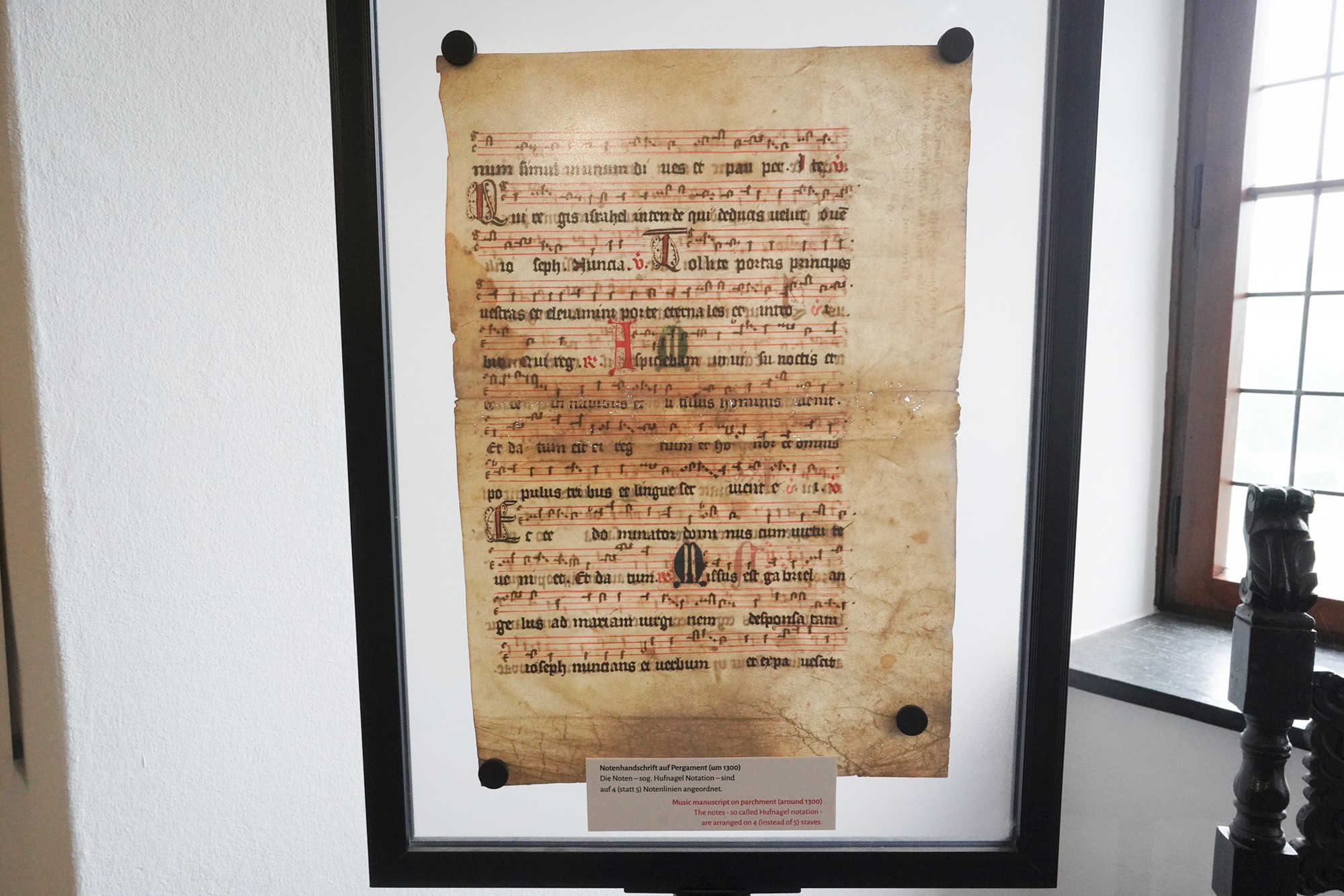
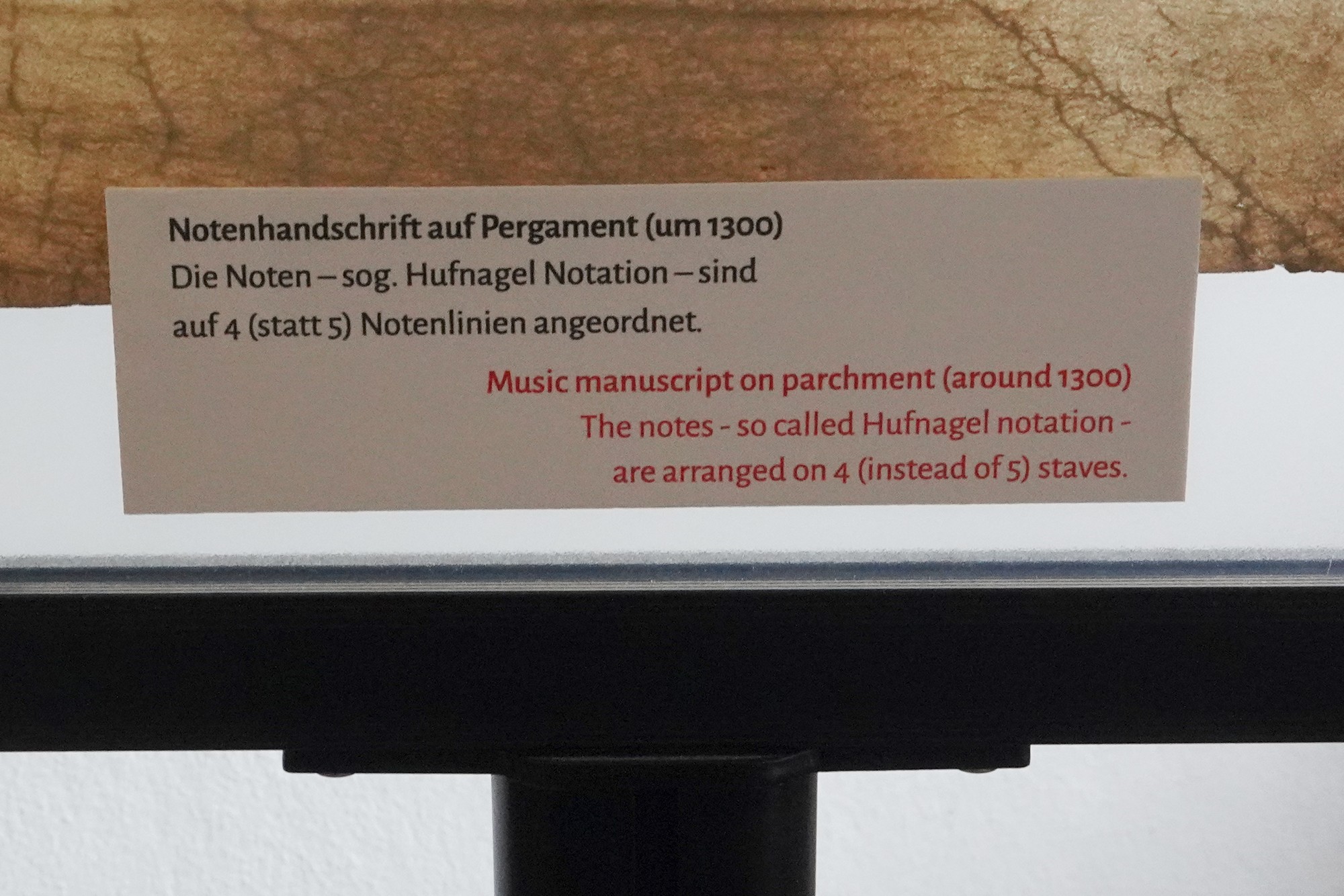
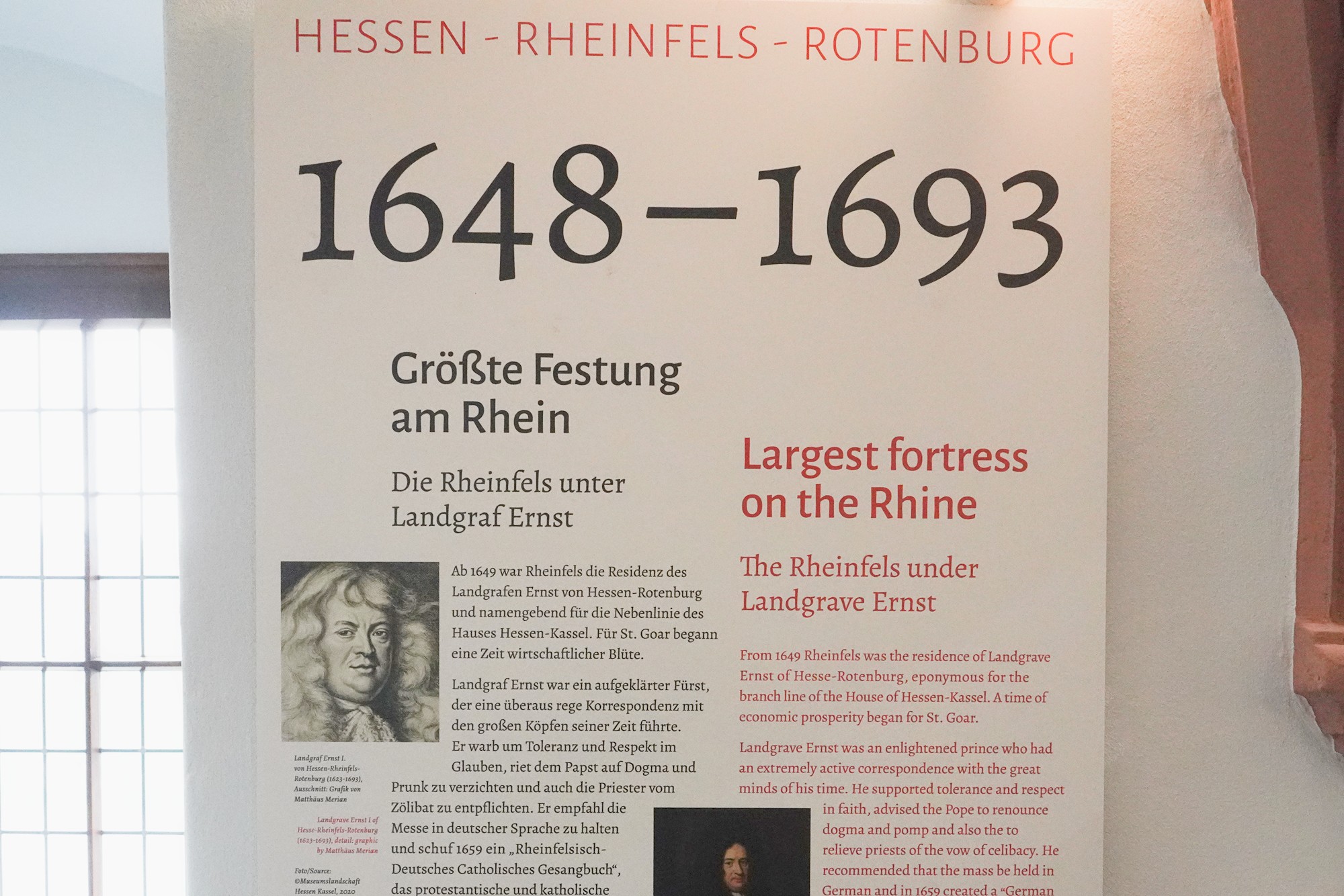
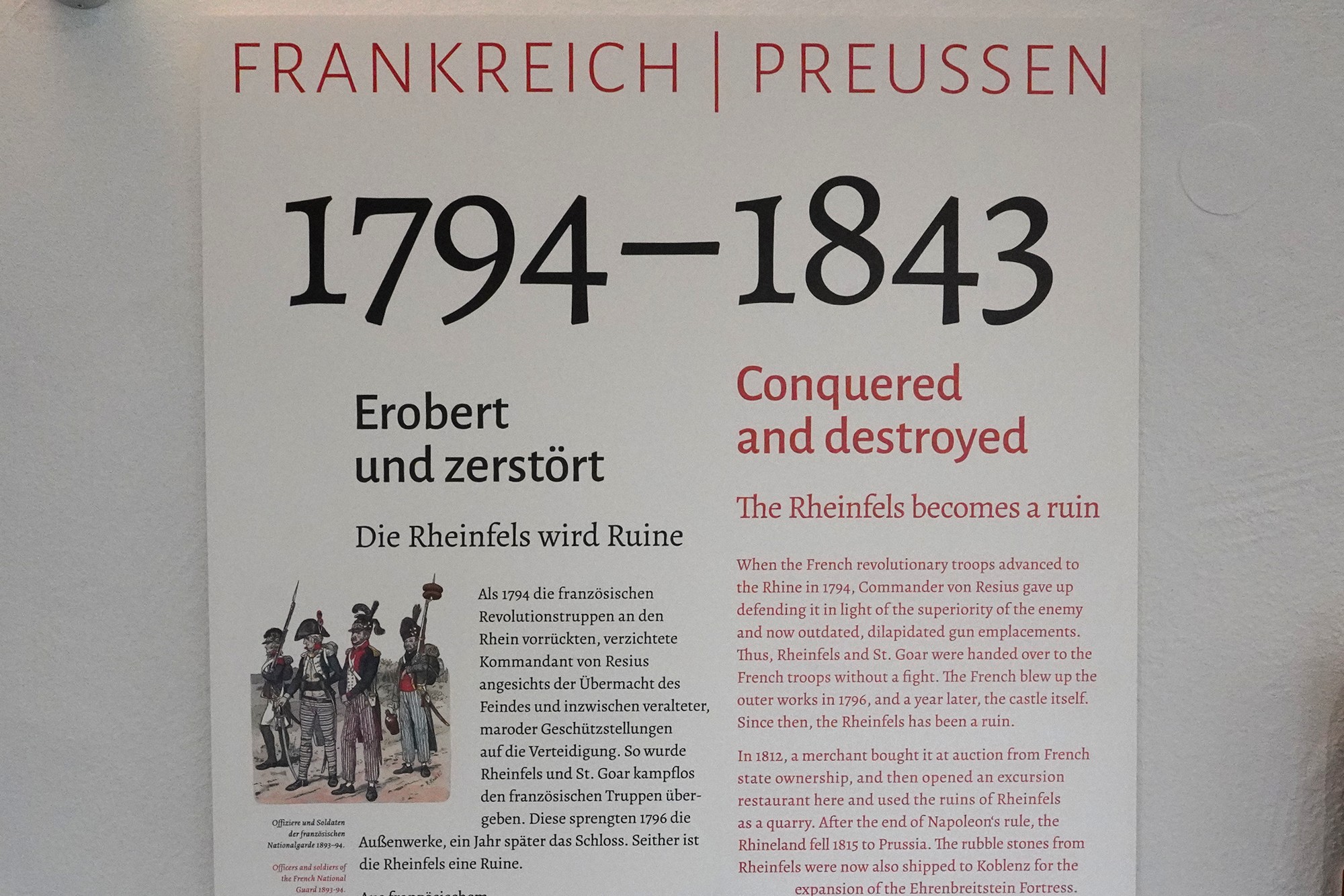
Much of Rheinfels was destroyed by French Revolutionary forces in 1797, leaving it in ruins. What remains today are large sections of the walls, towers, and underground tunnels.
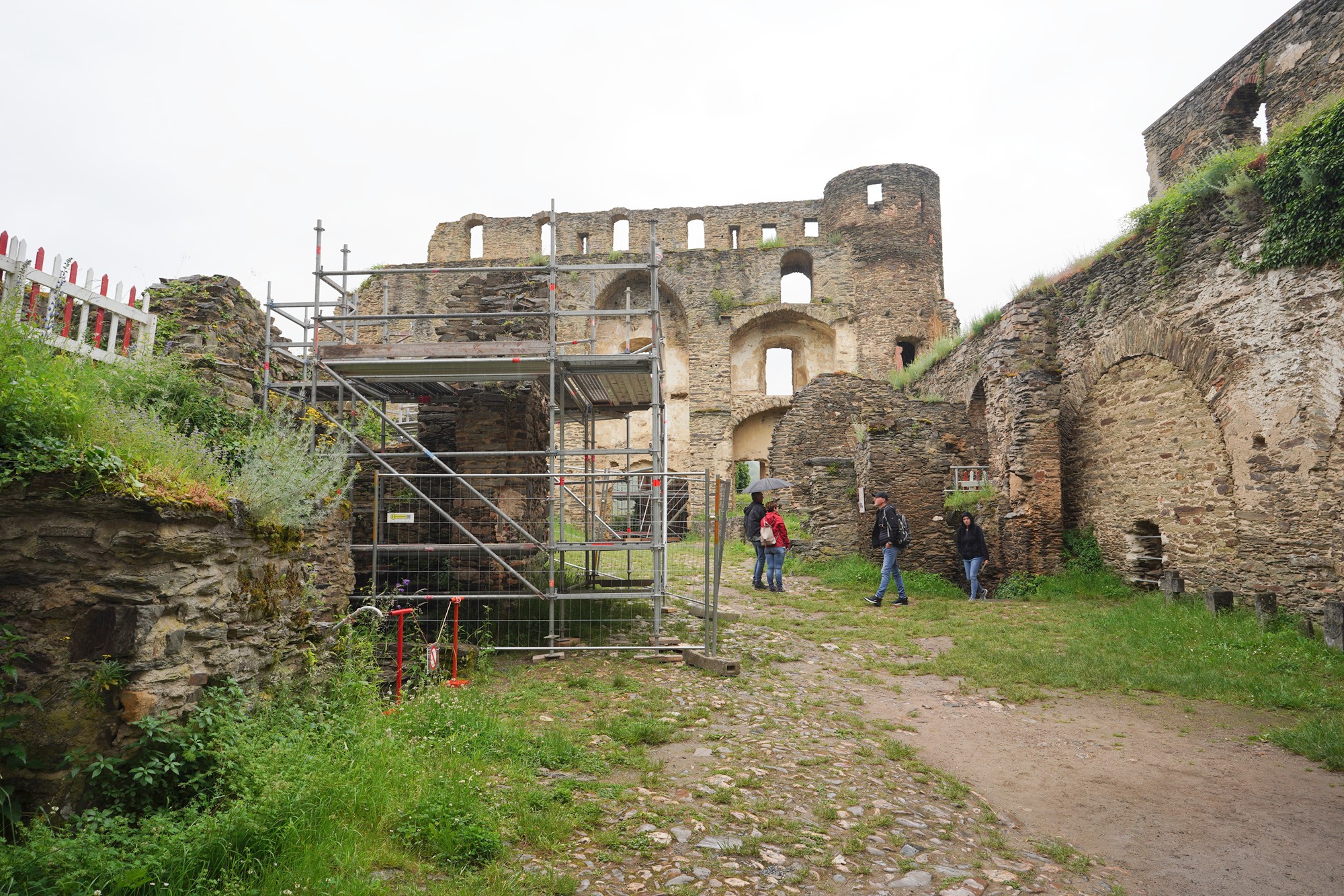
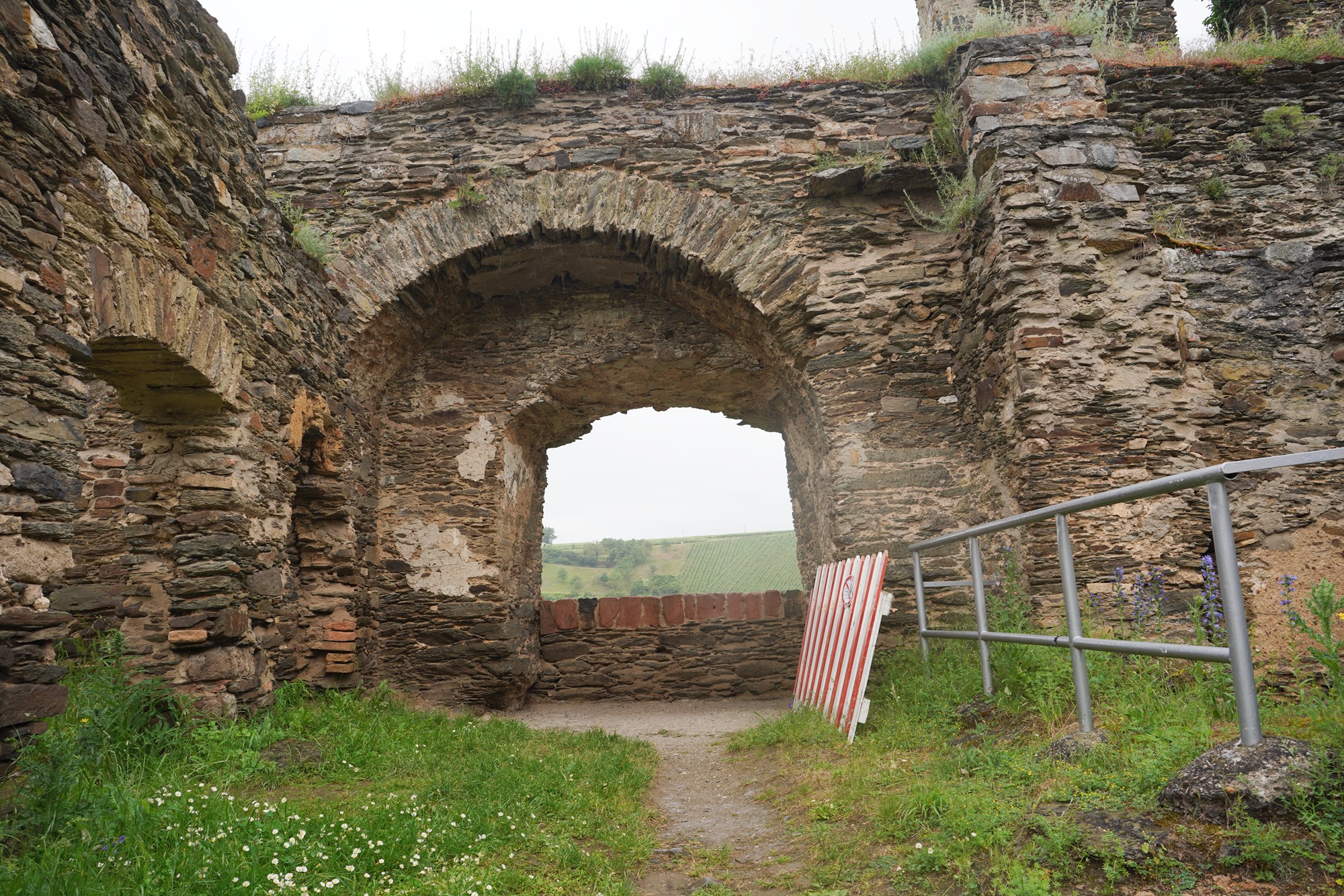
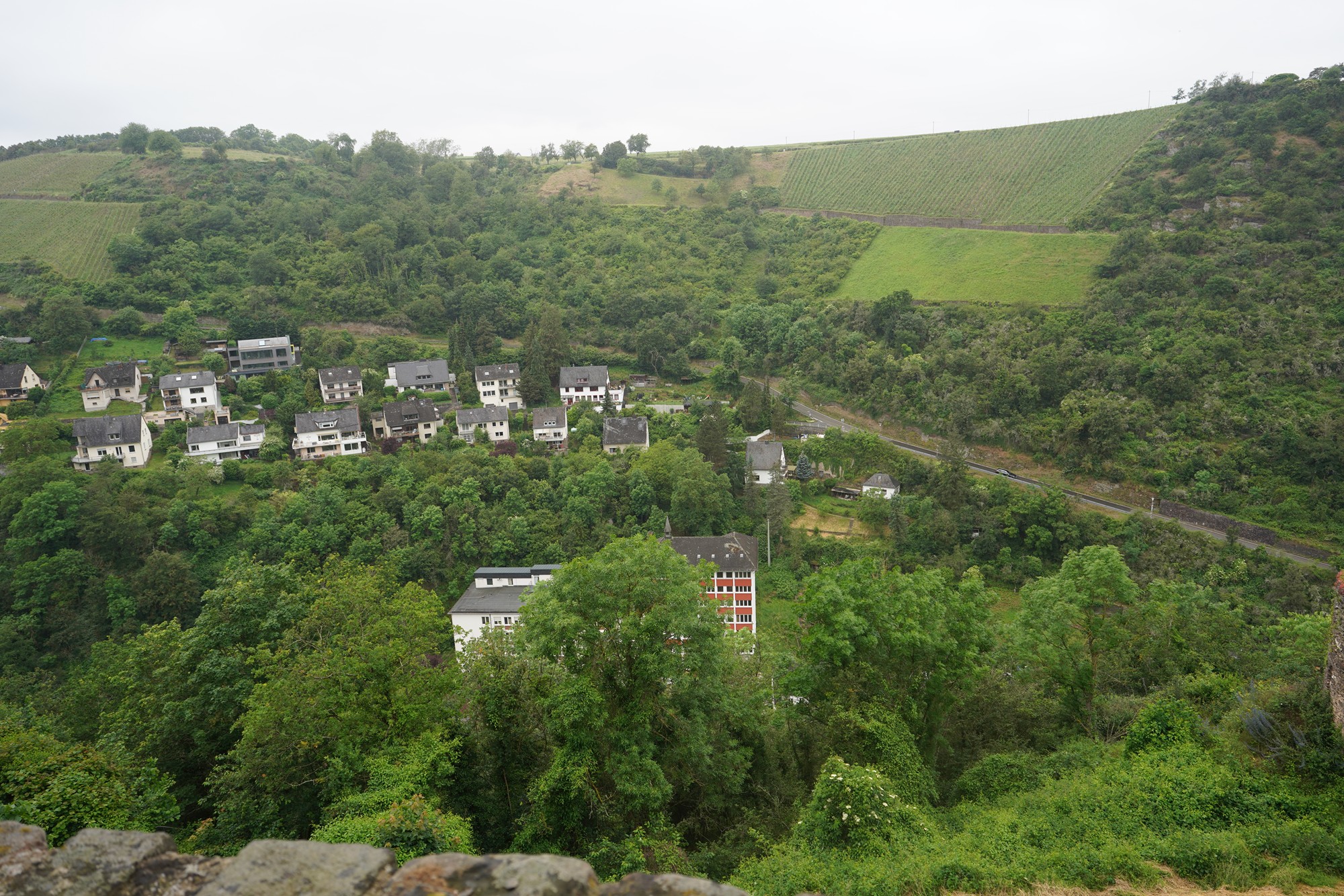
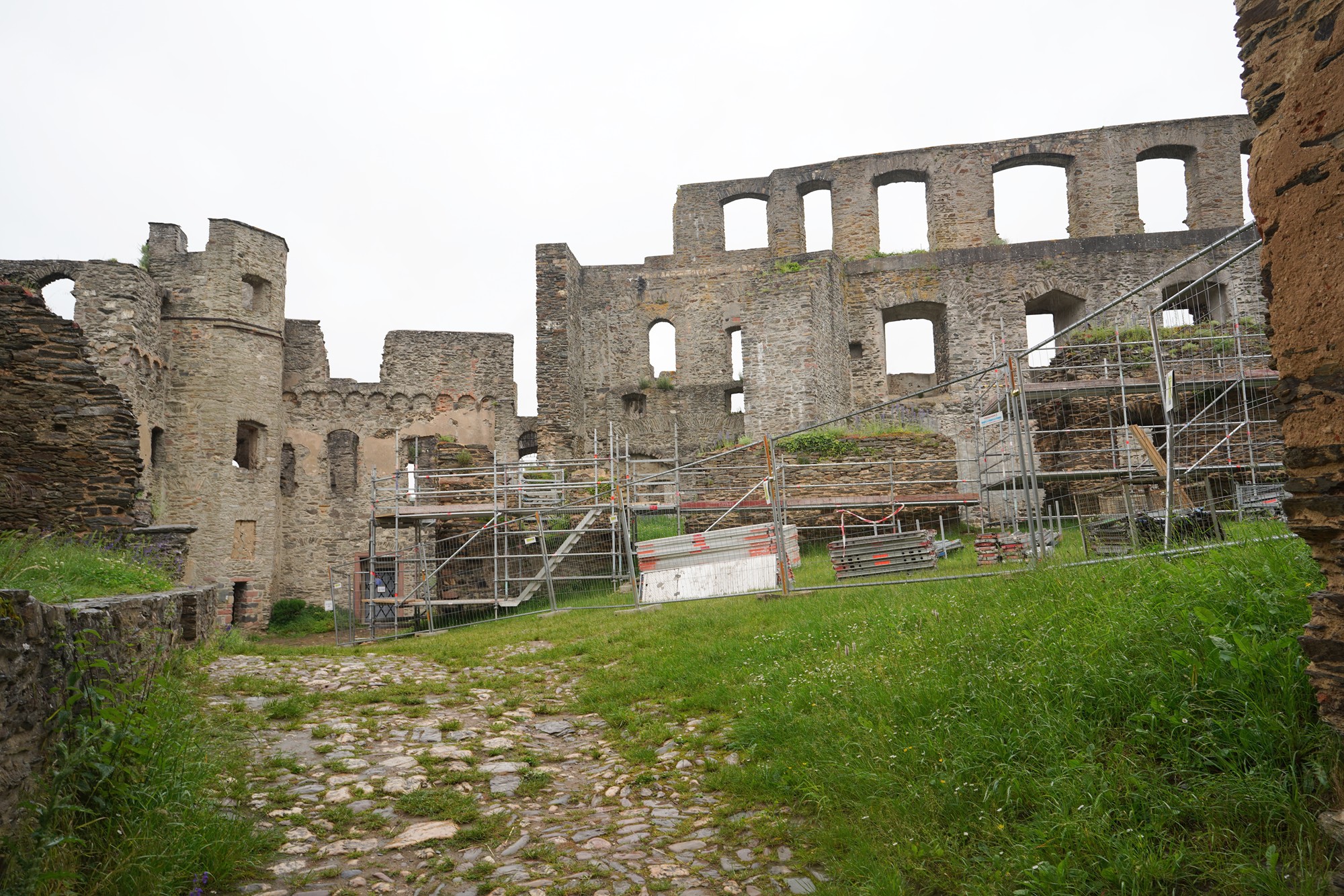
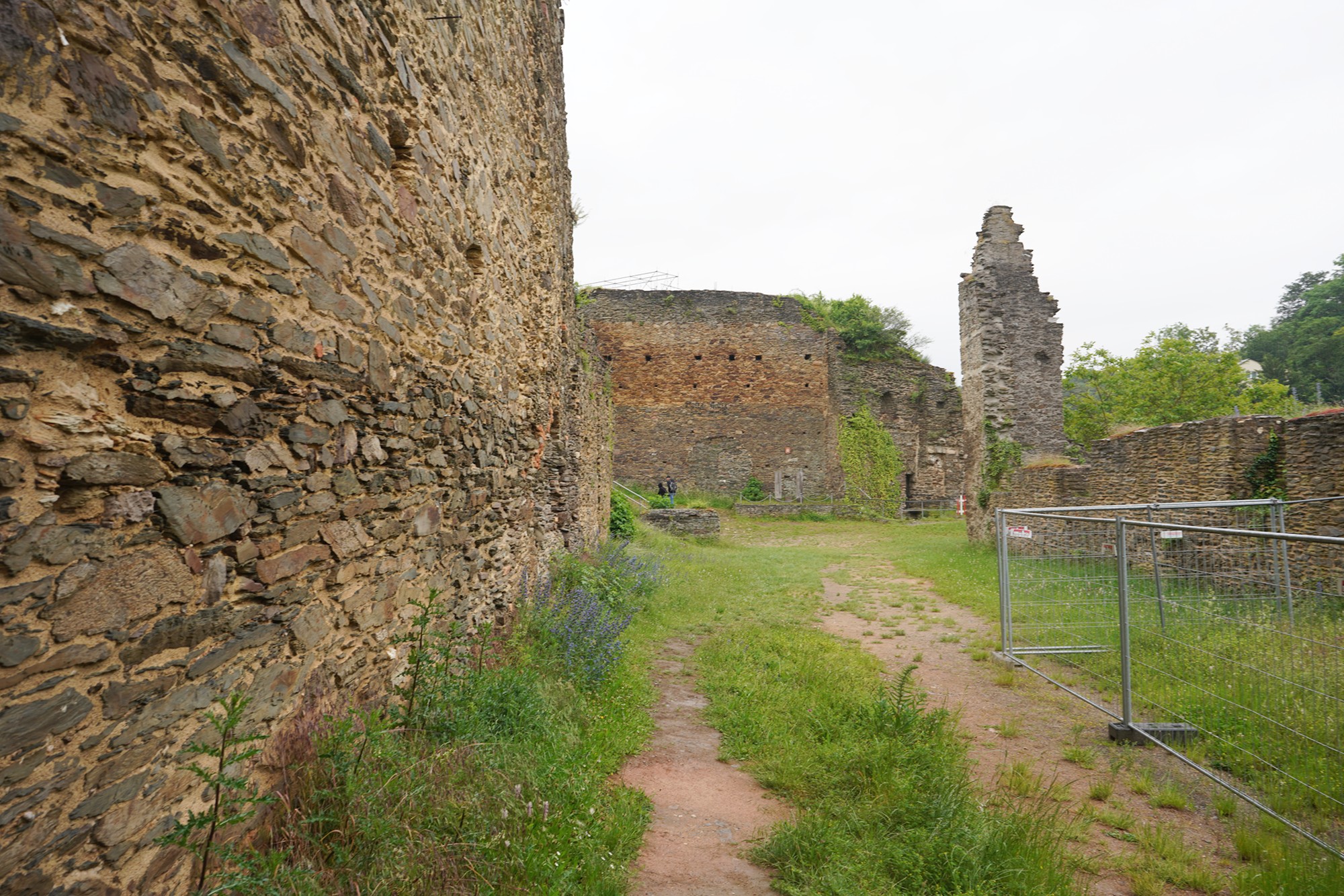
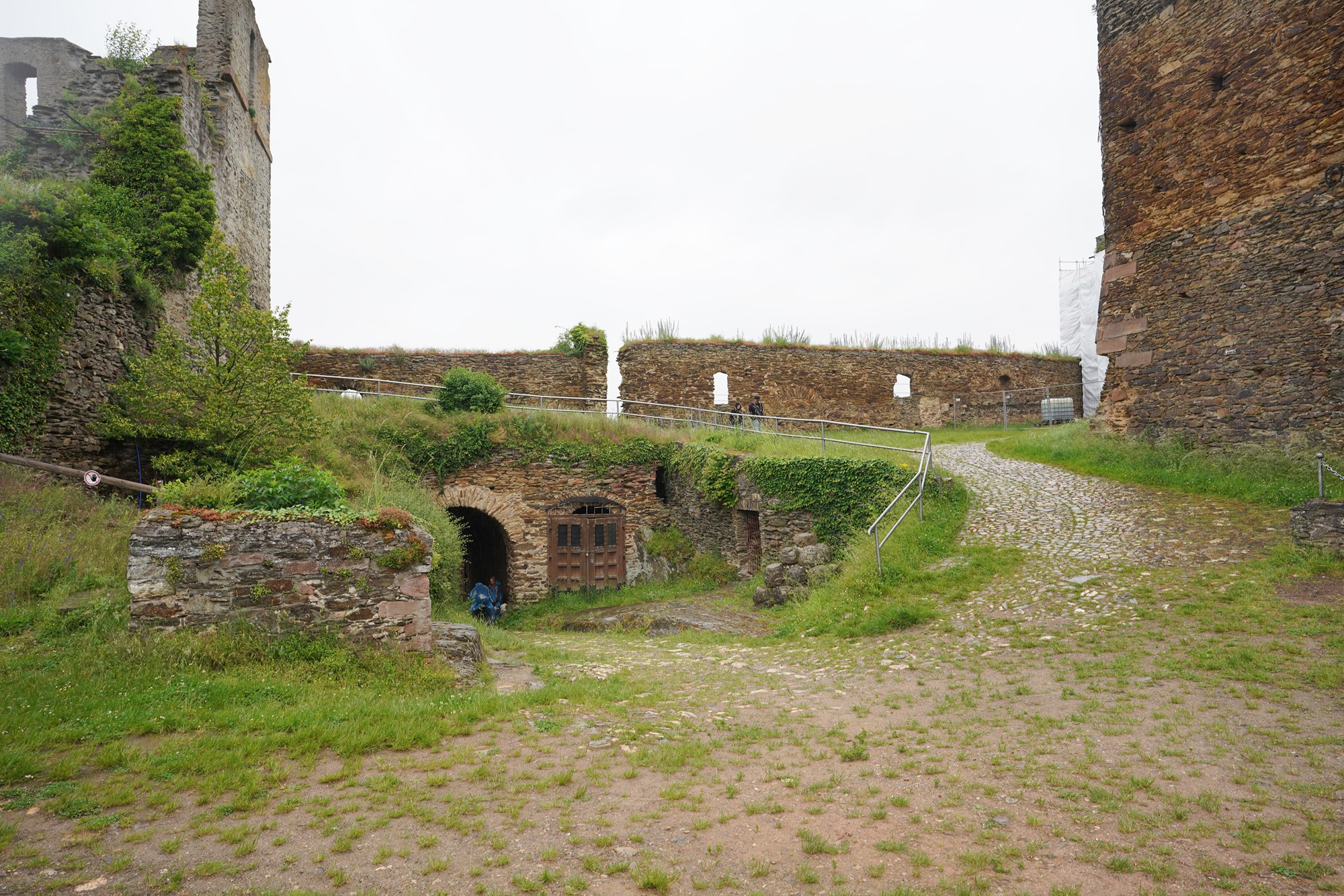
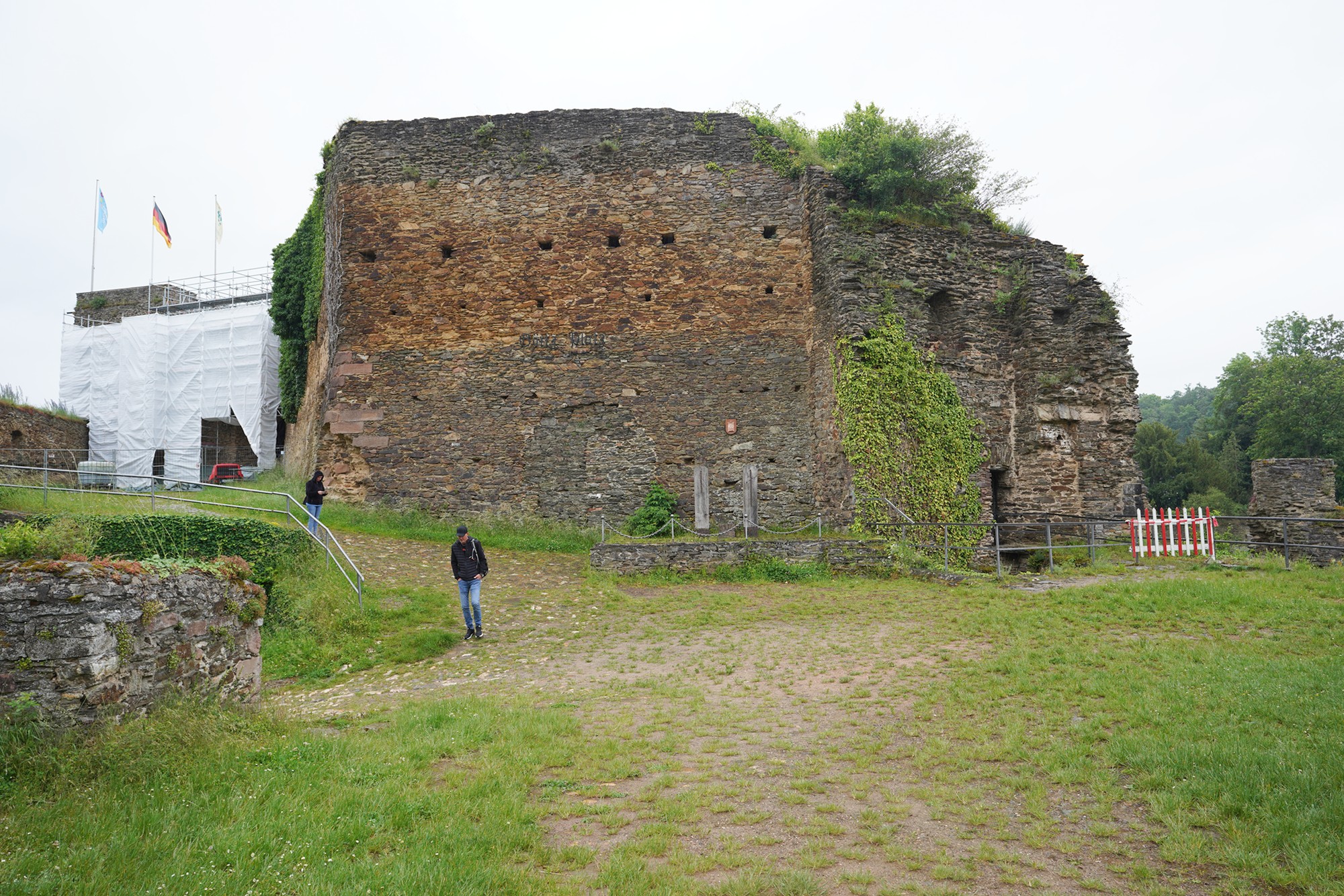
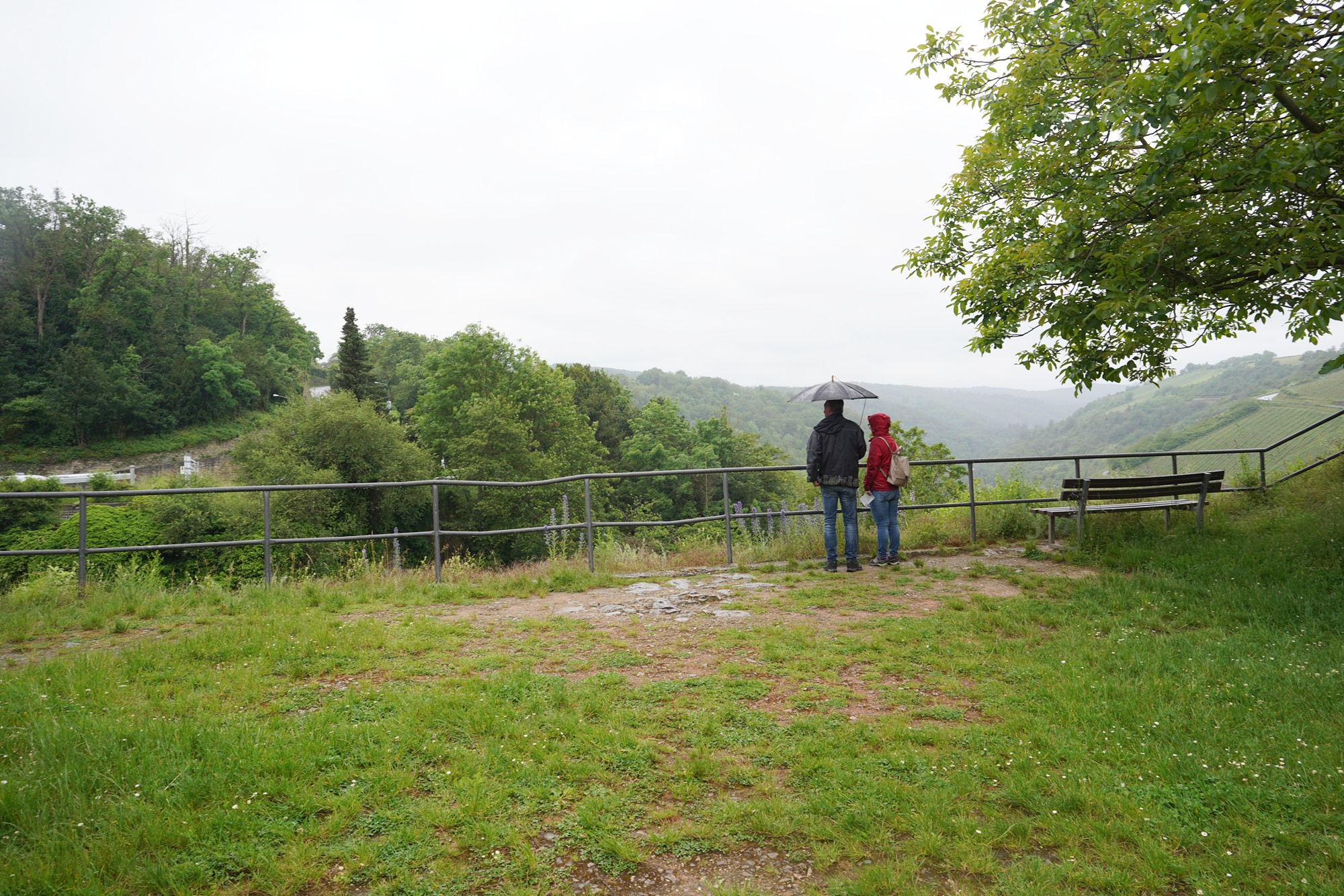
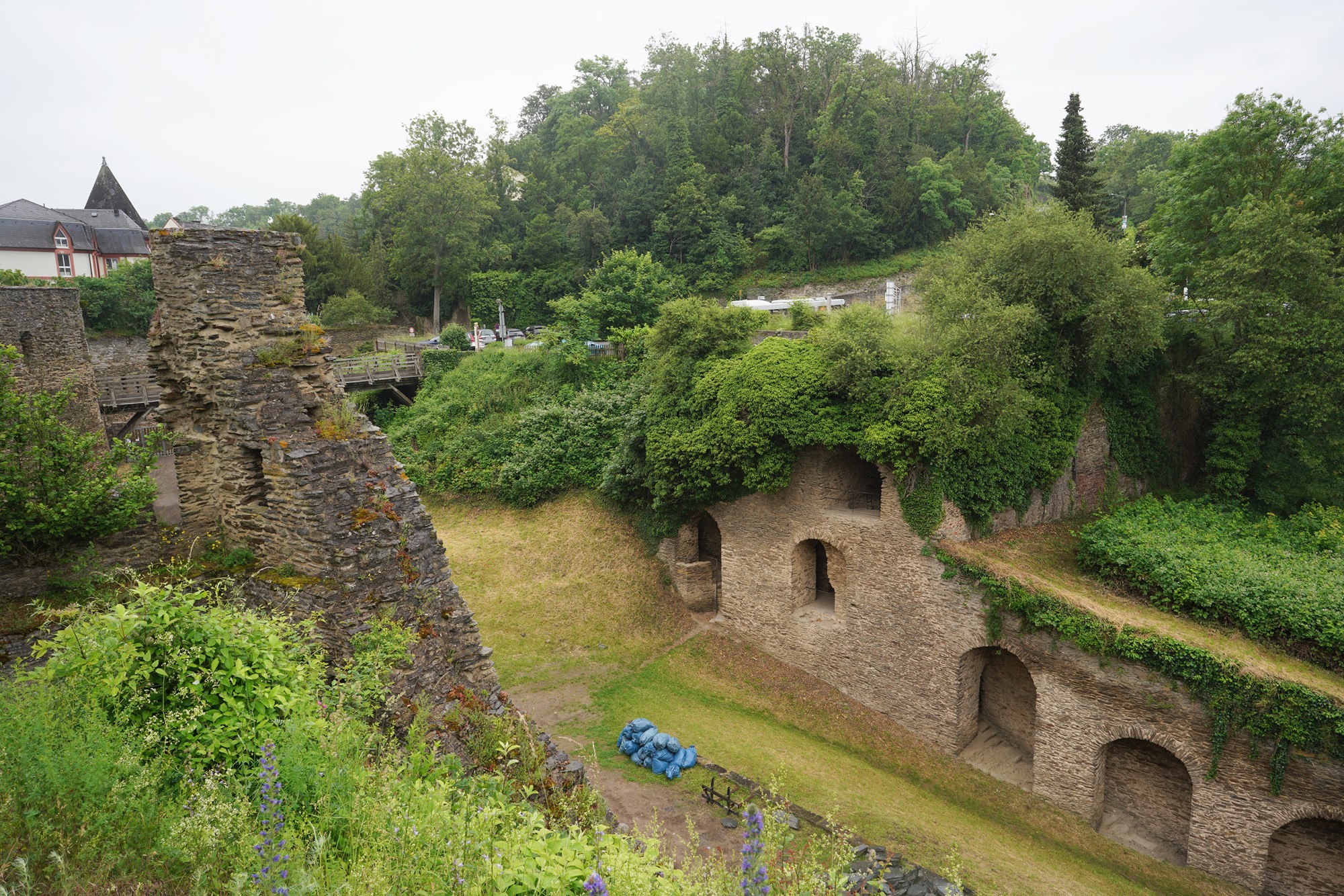
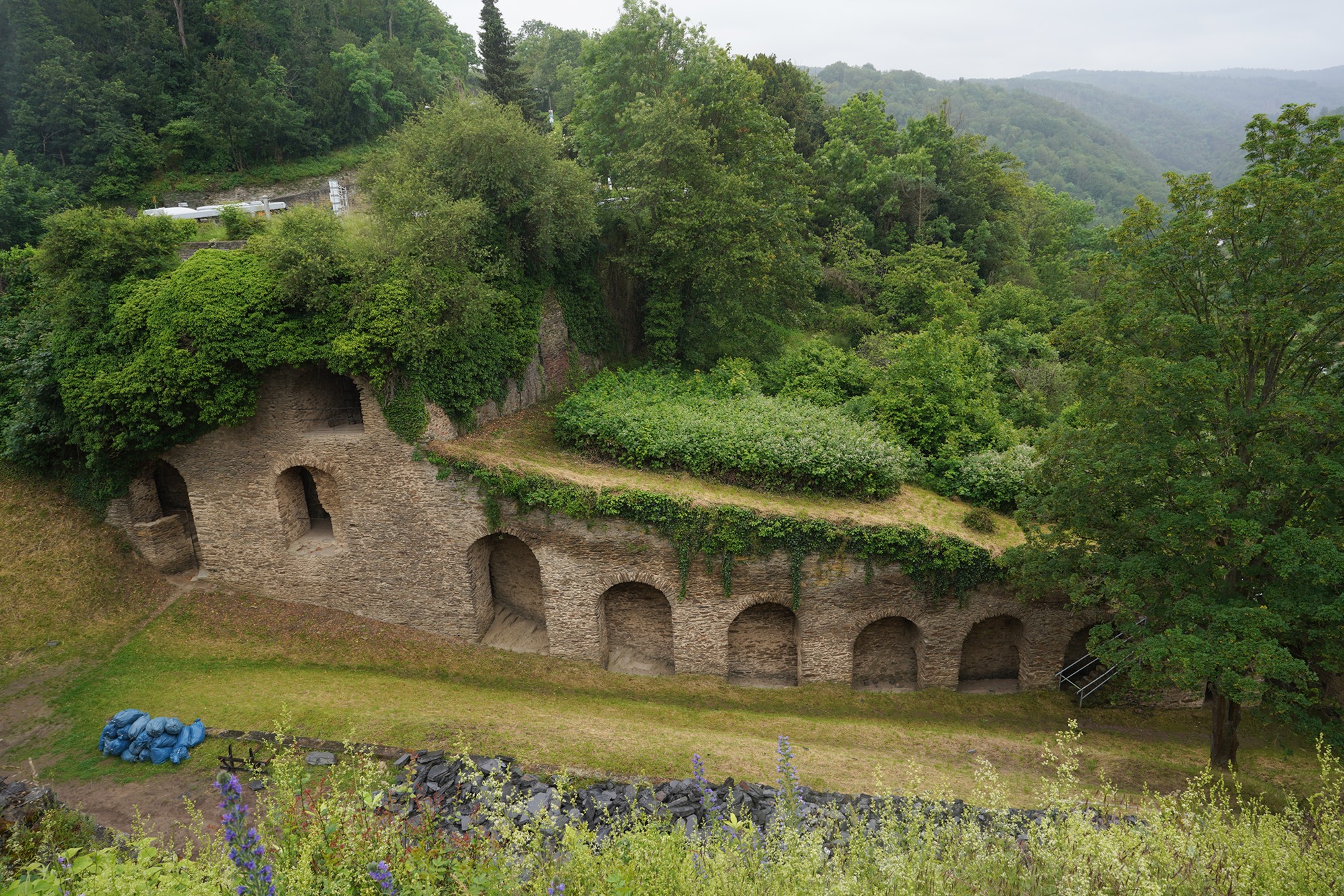
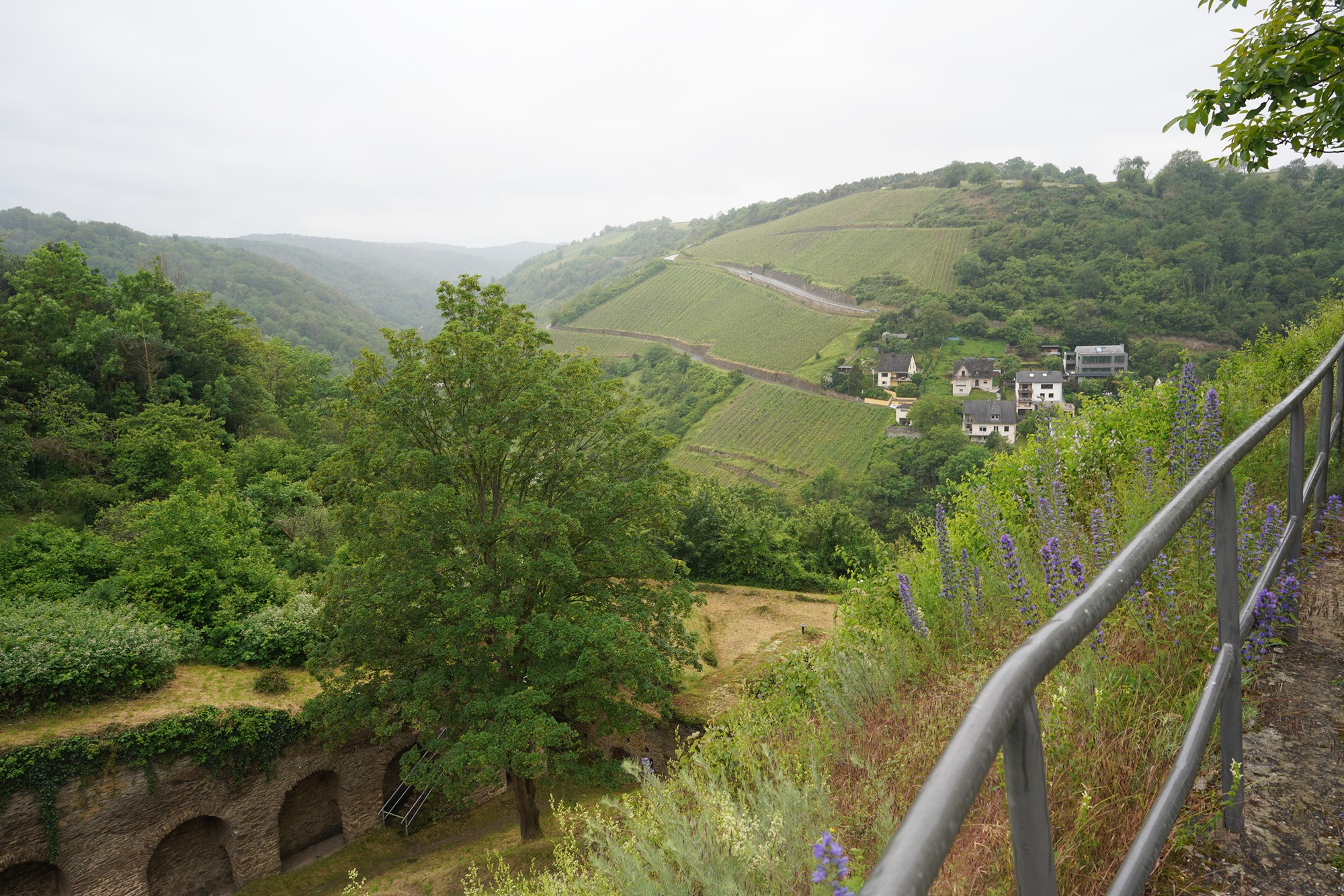
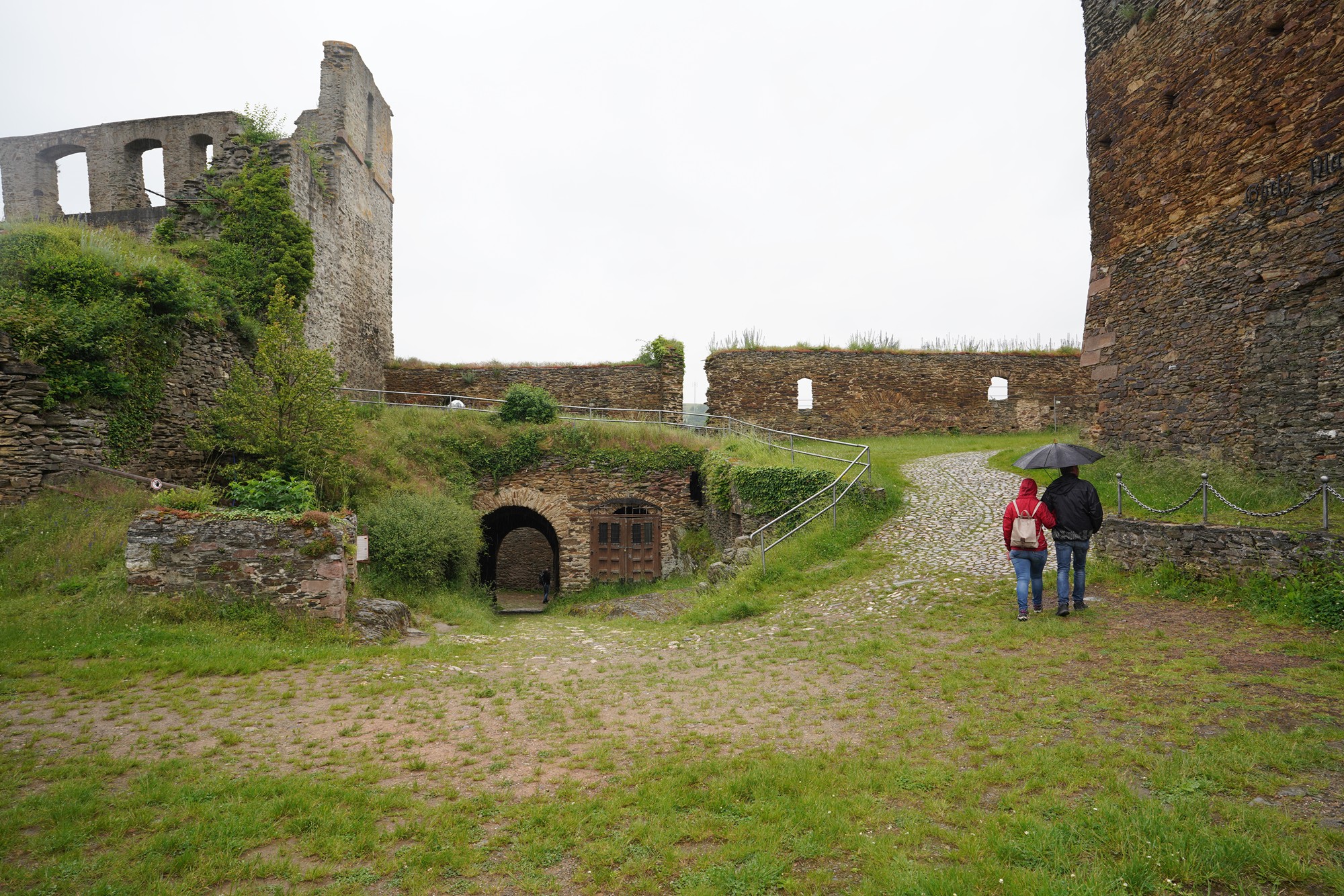
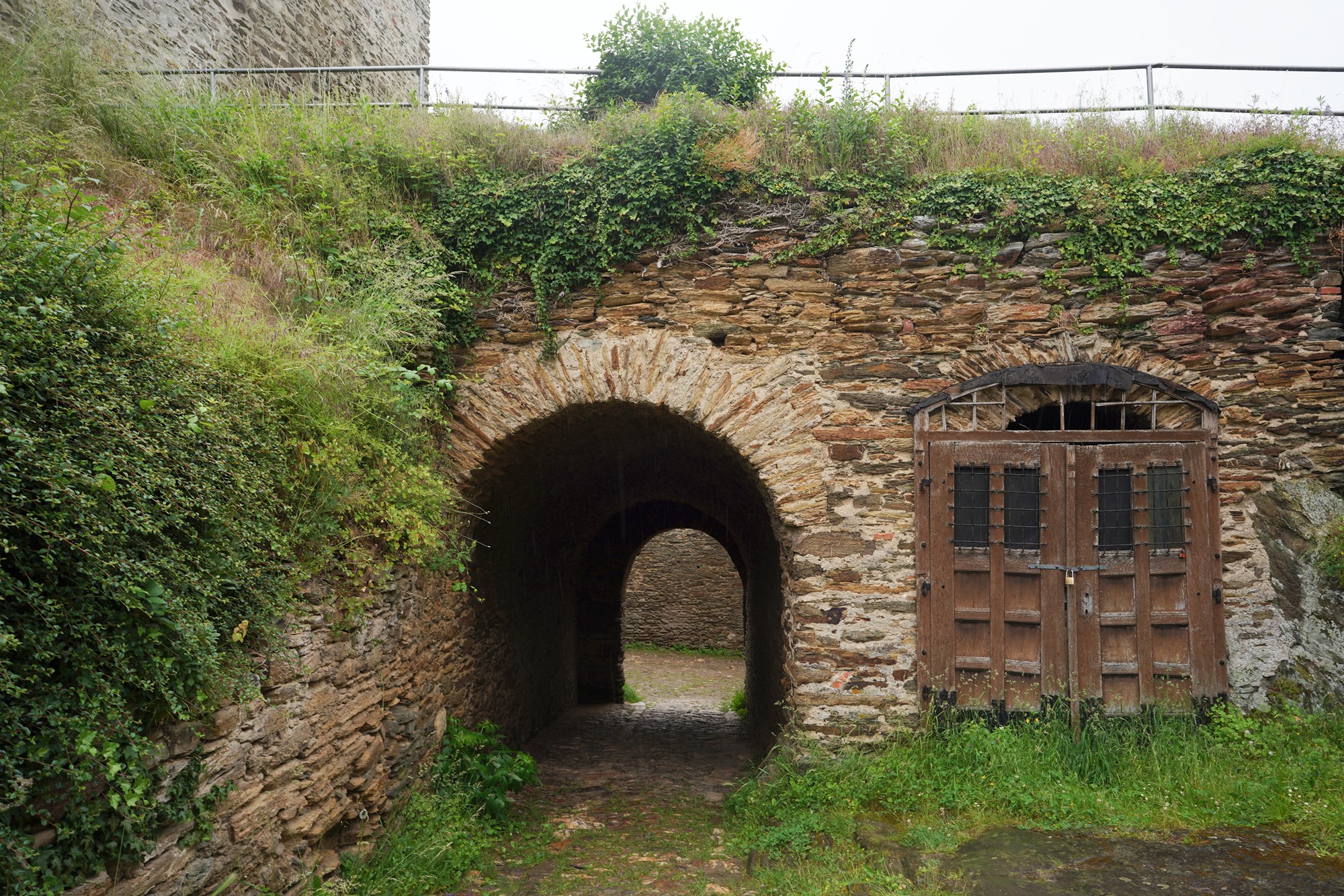
Exiting the castle in the same way I came into the castle
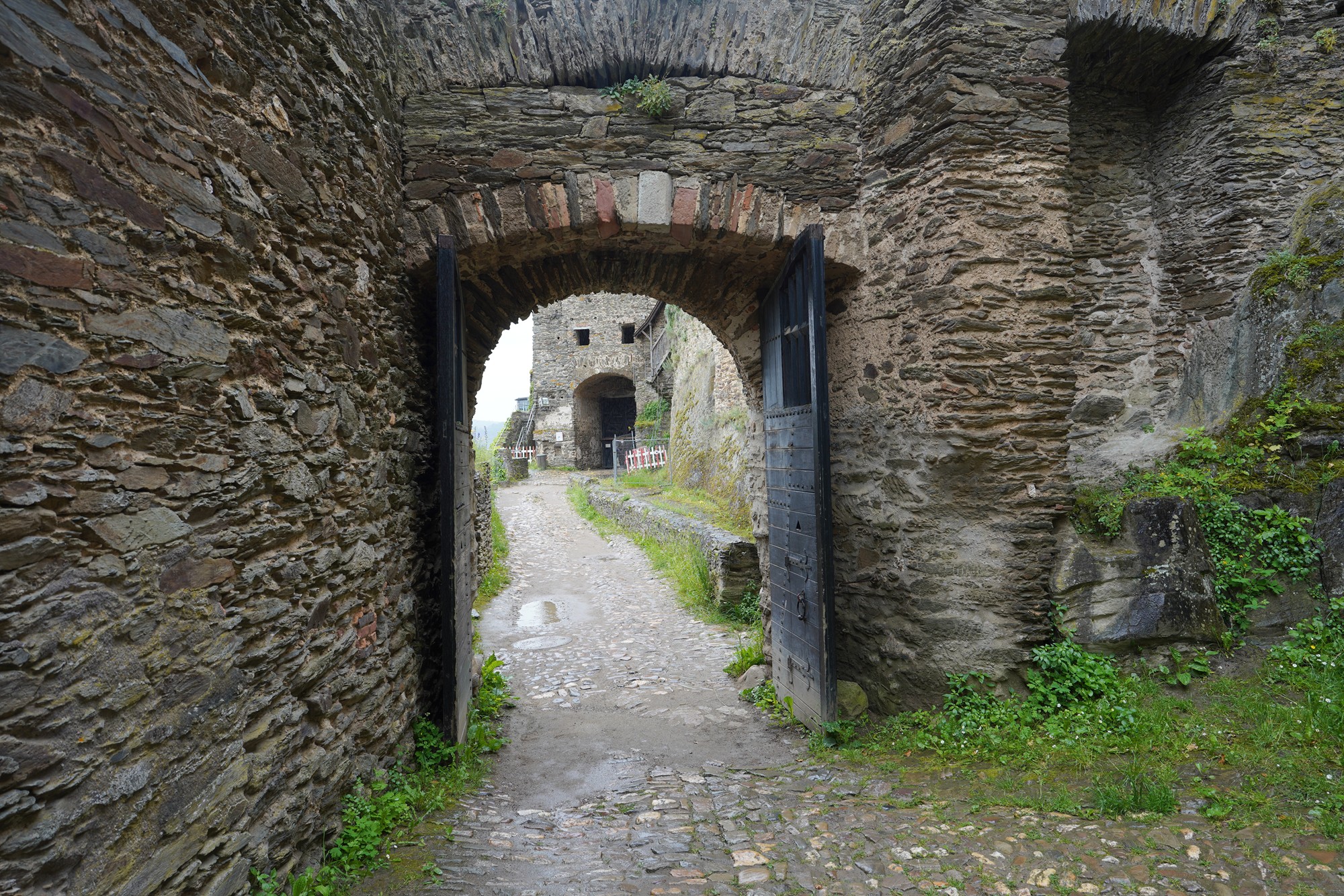
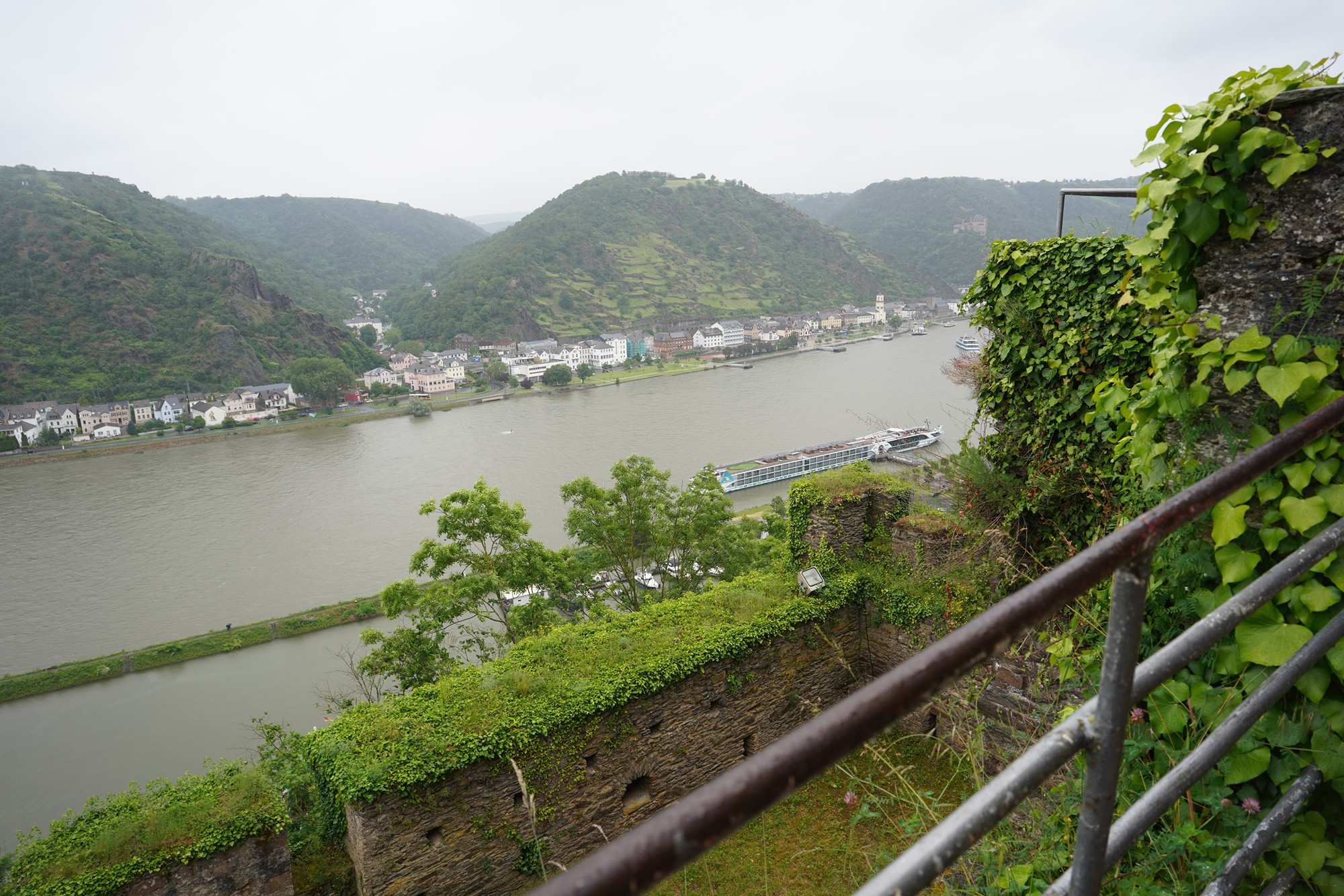
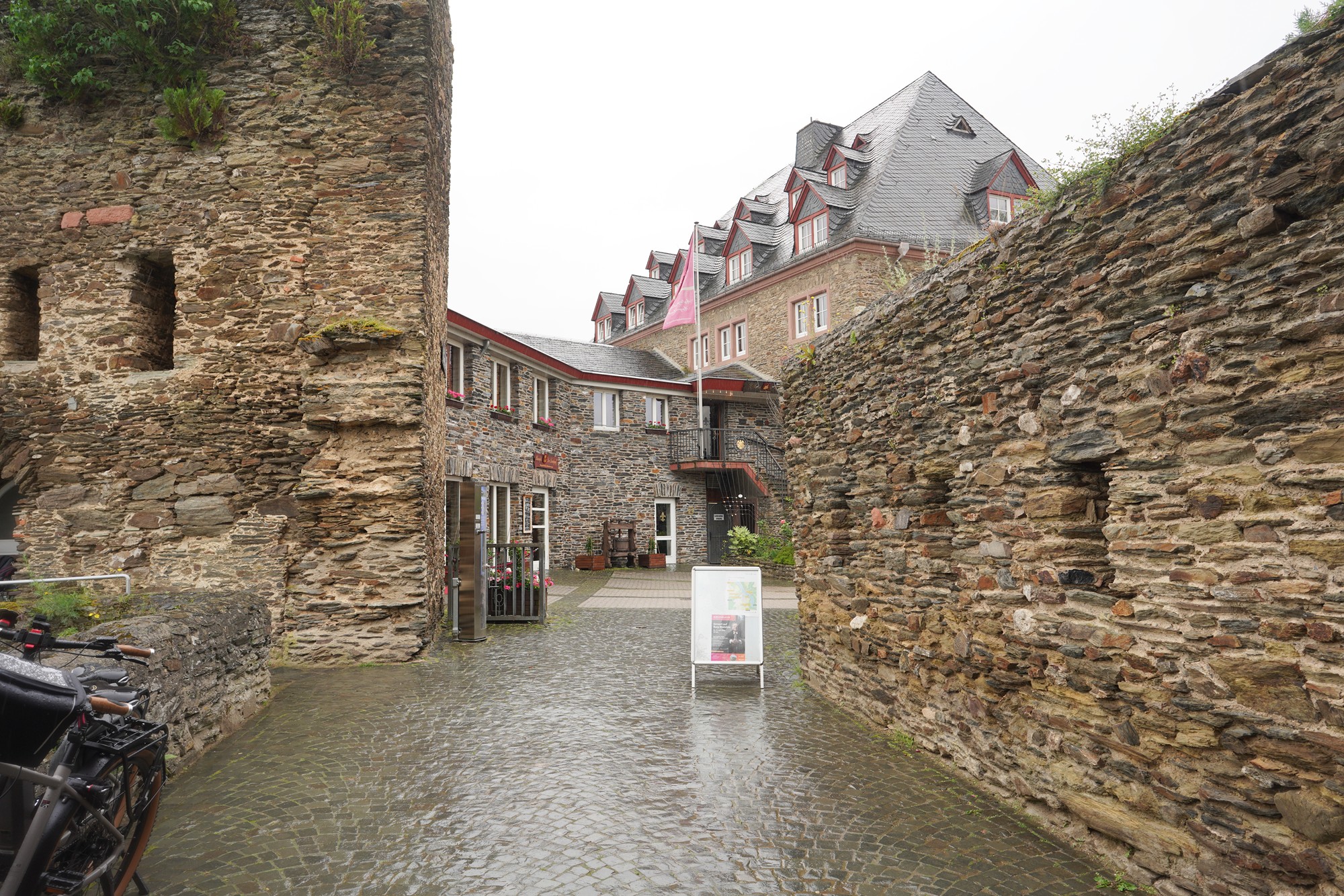
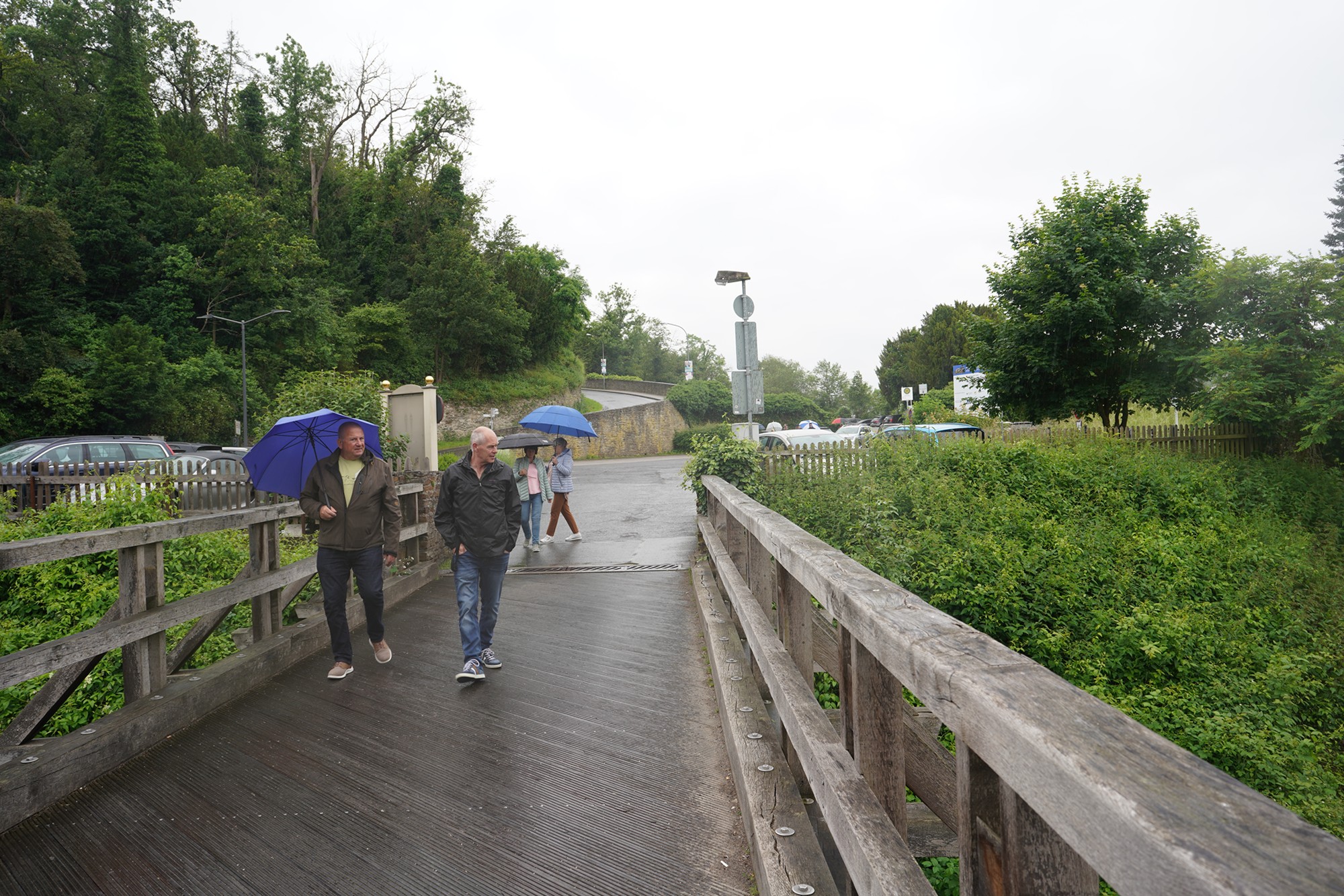
I was walking down to the city below from the castle when I saw the bus coming (see lower right side), so I hurried back to the castle to take the bus.
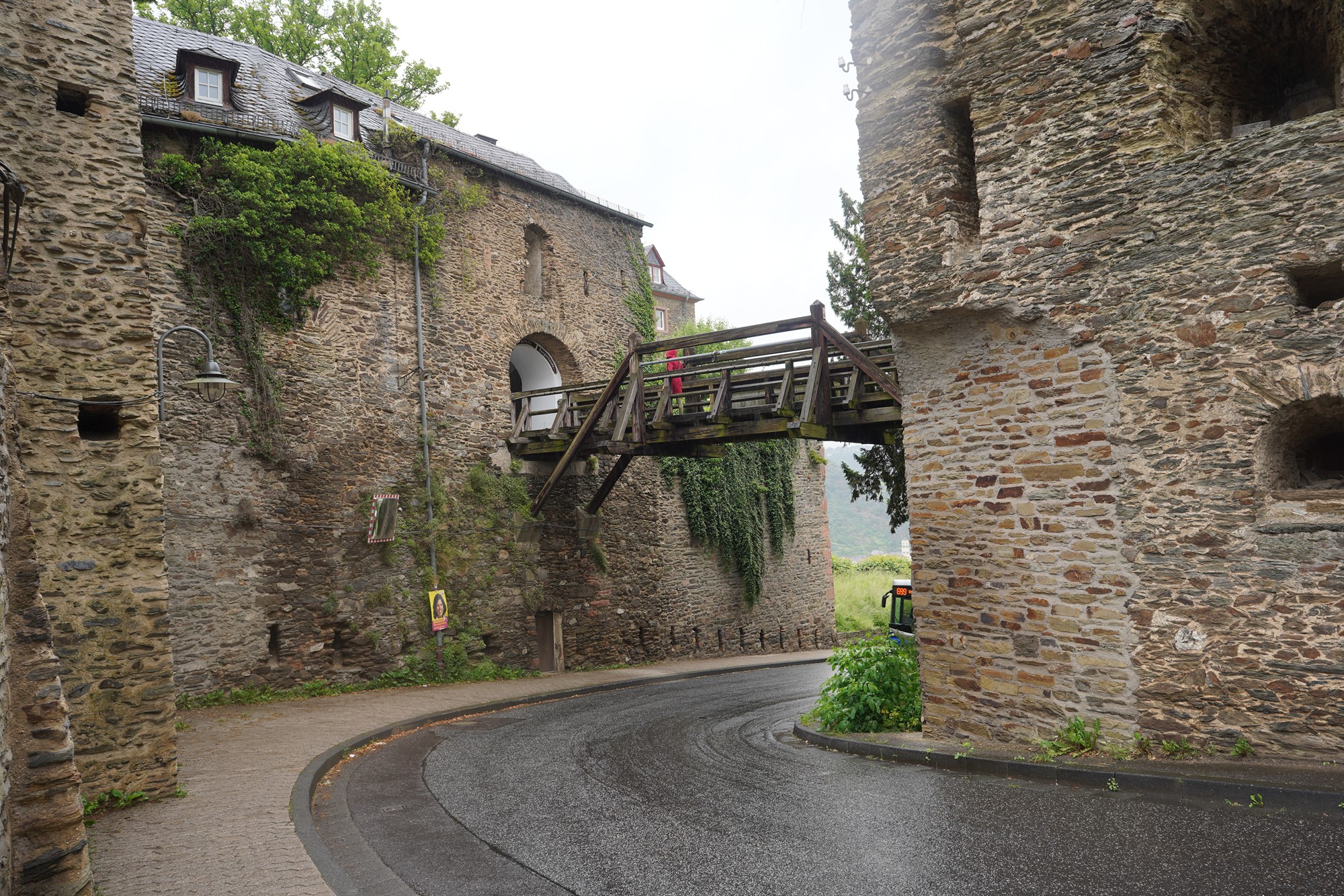
View of the river

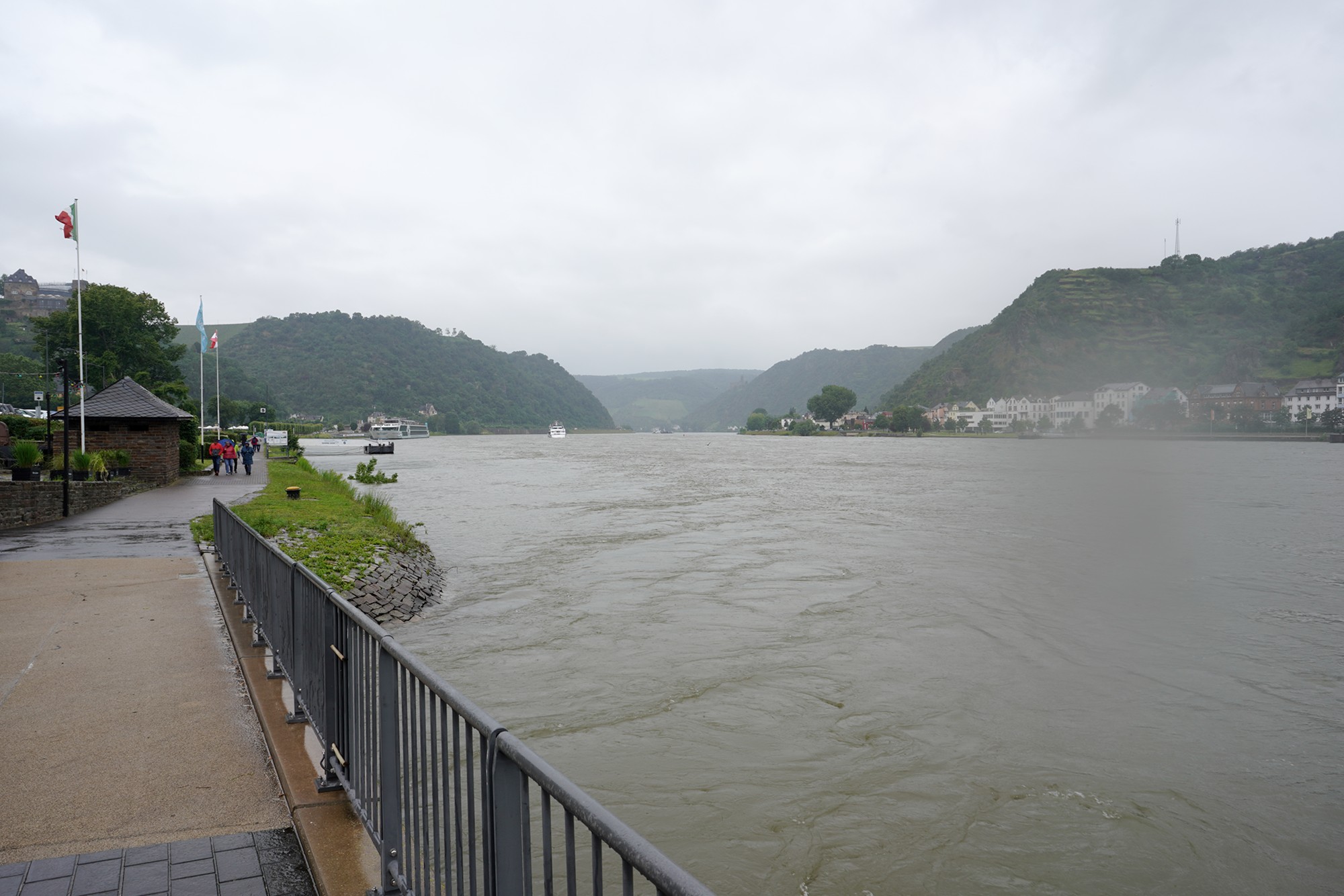
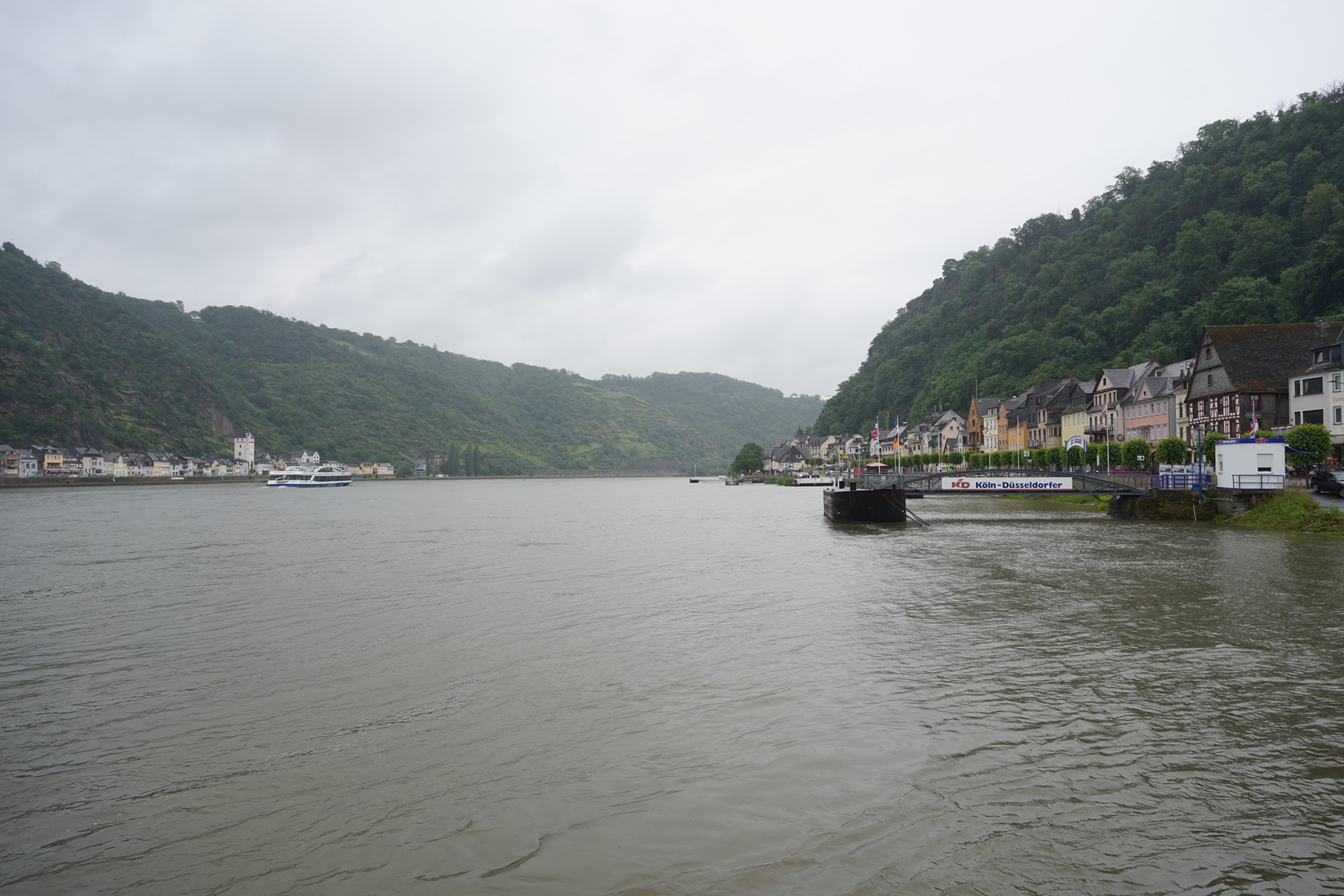
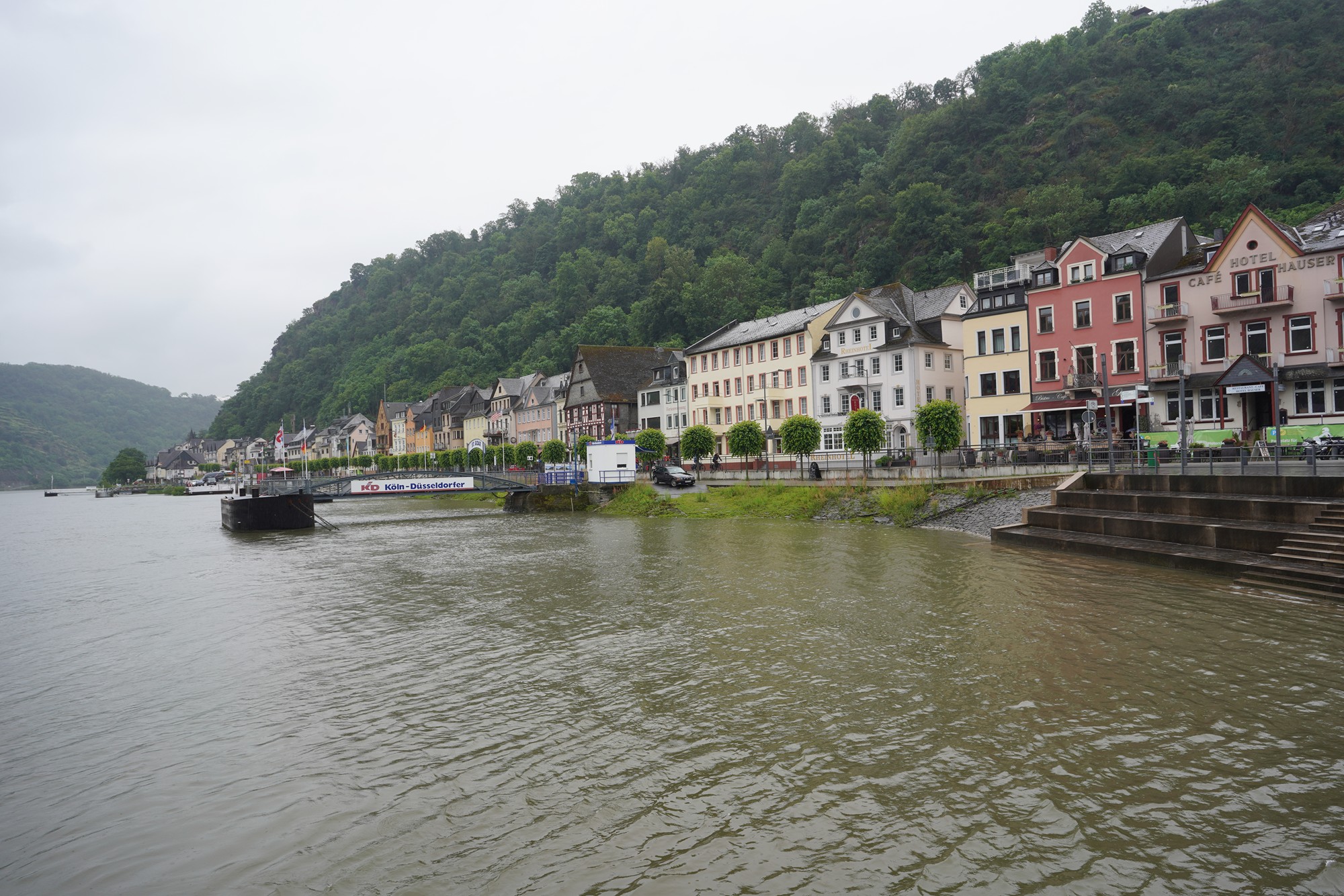
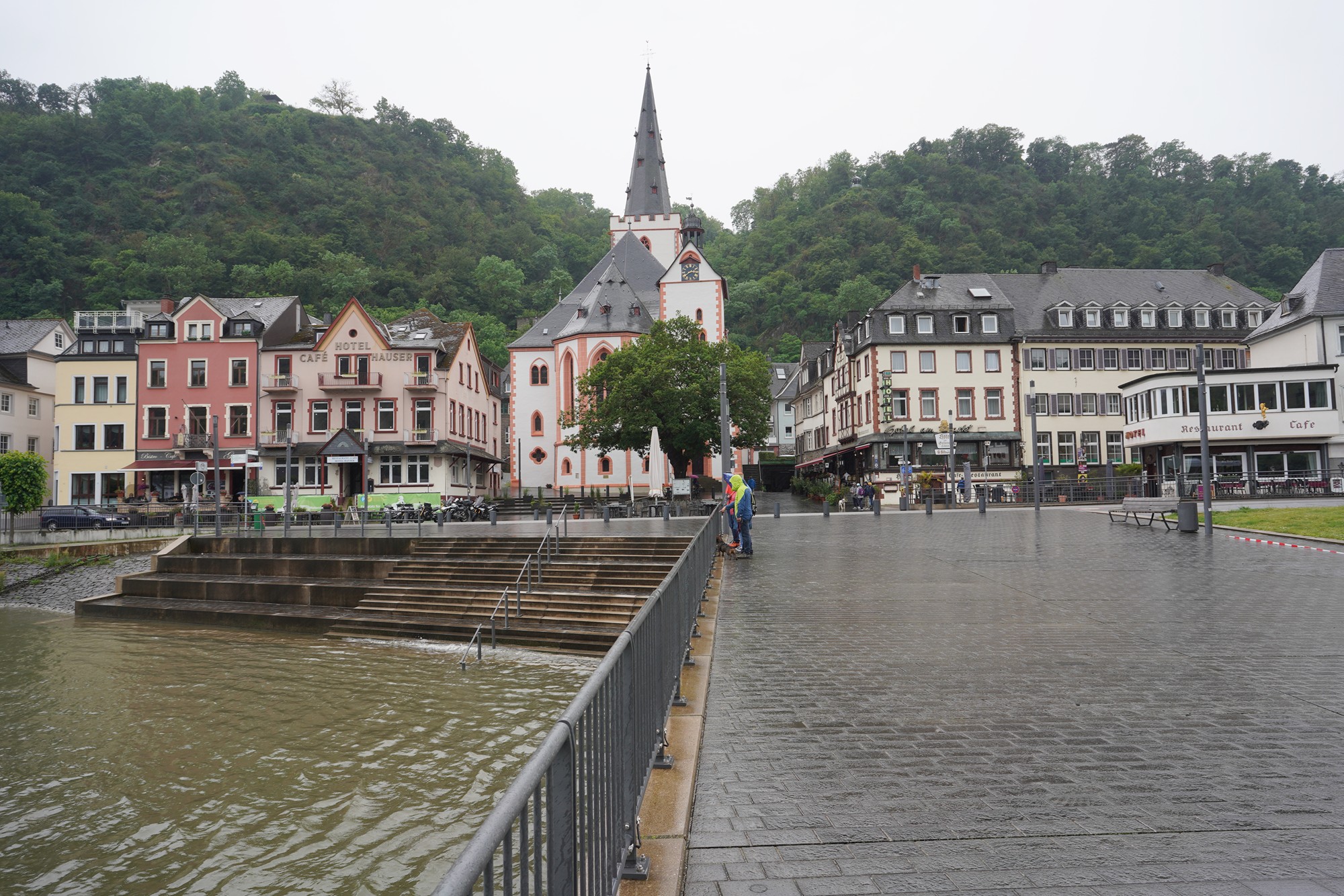
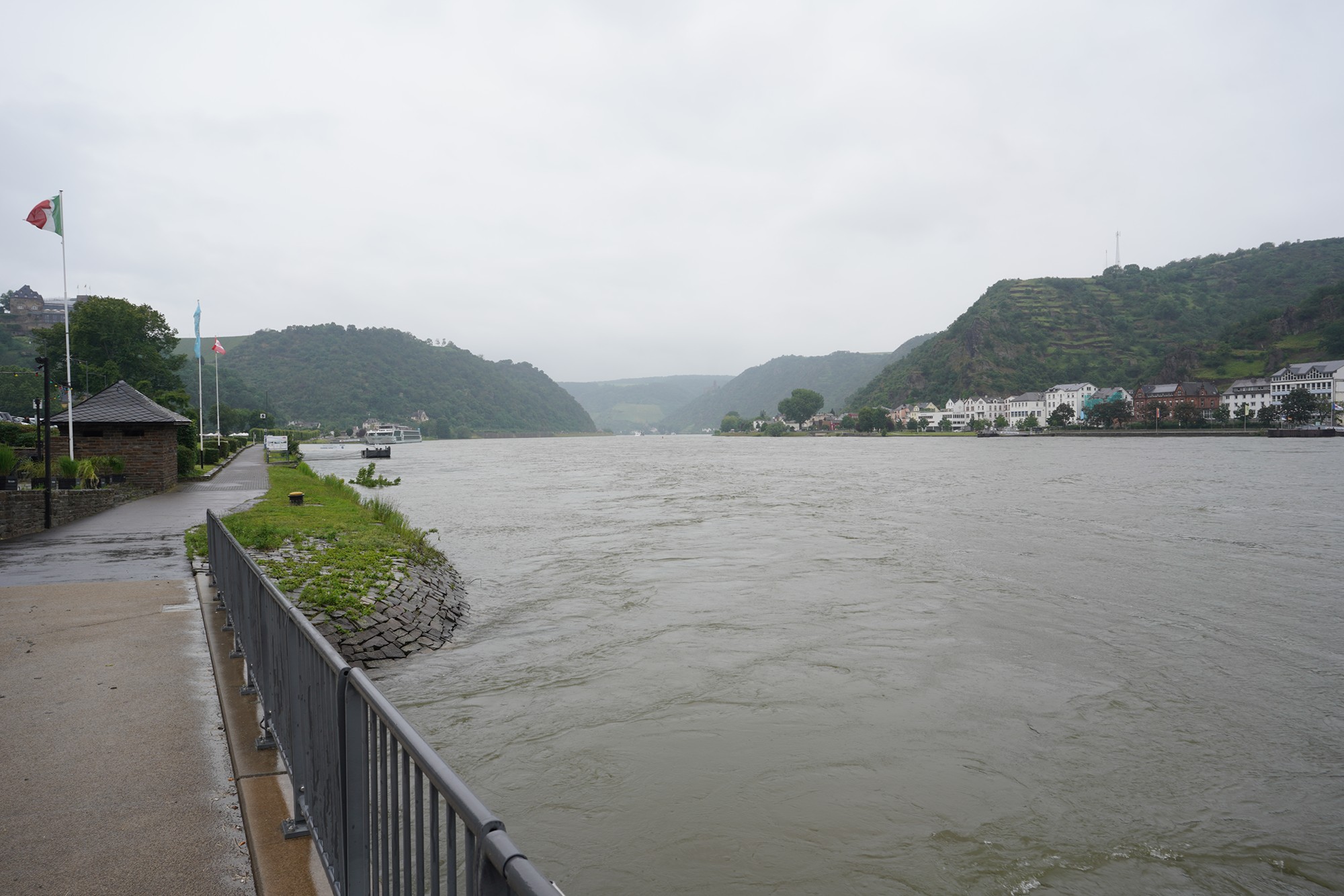
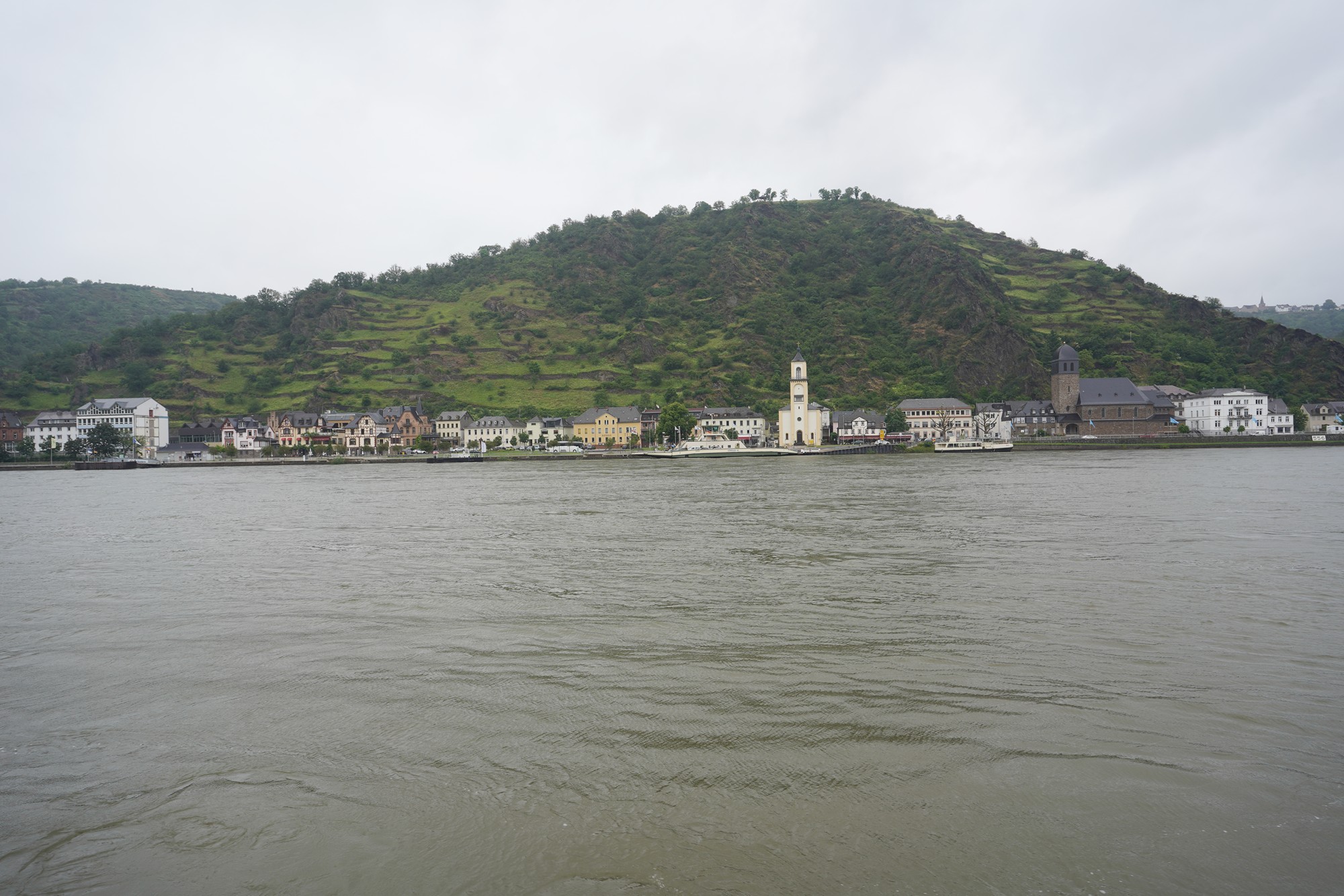
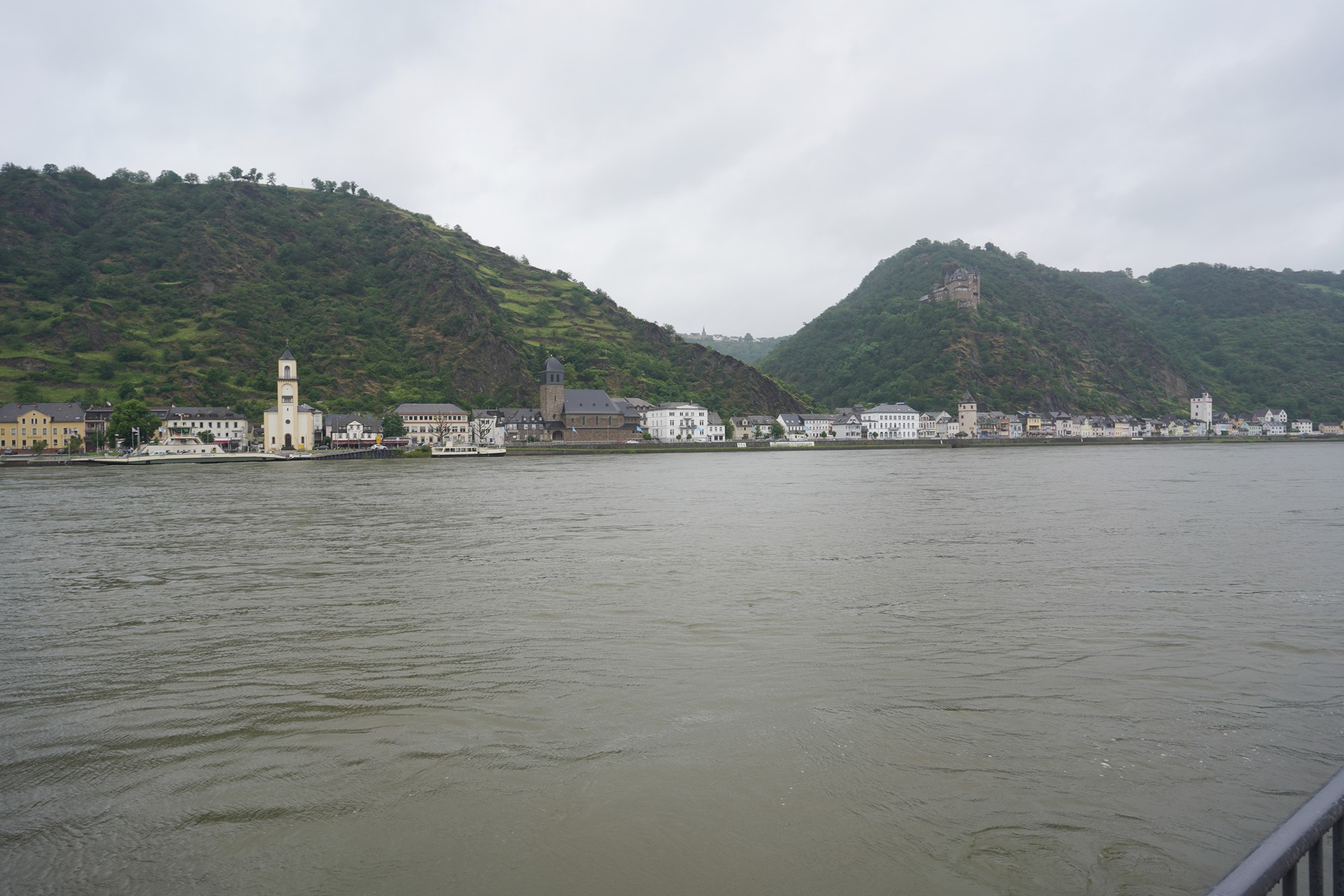
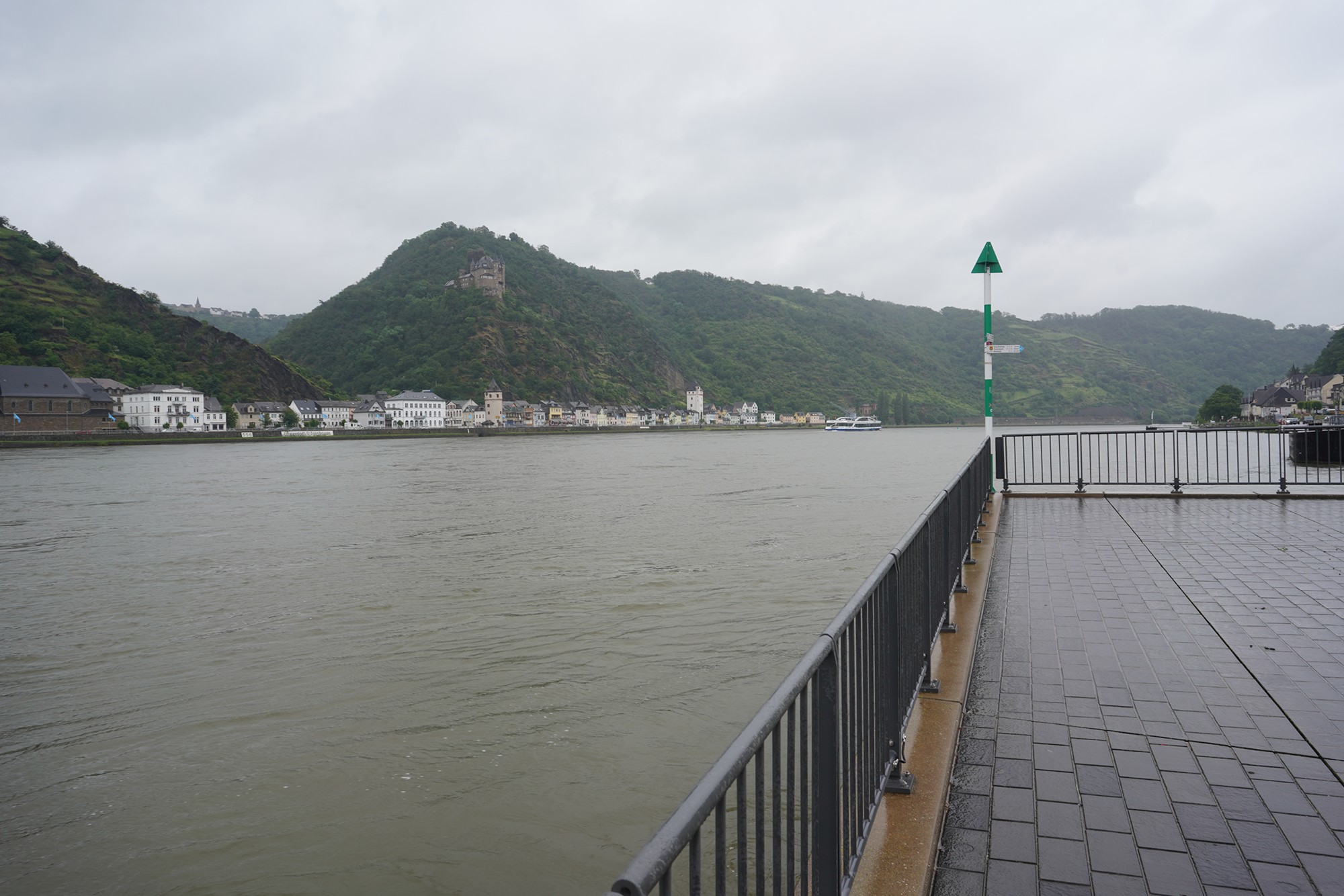
I returned to Bacharach by the train from Goar
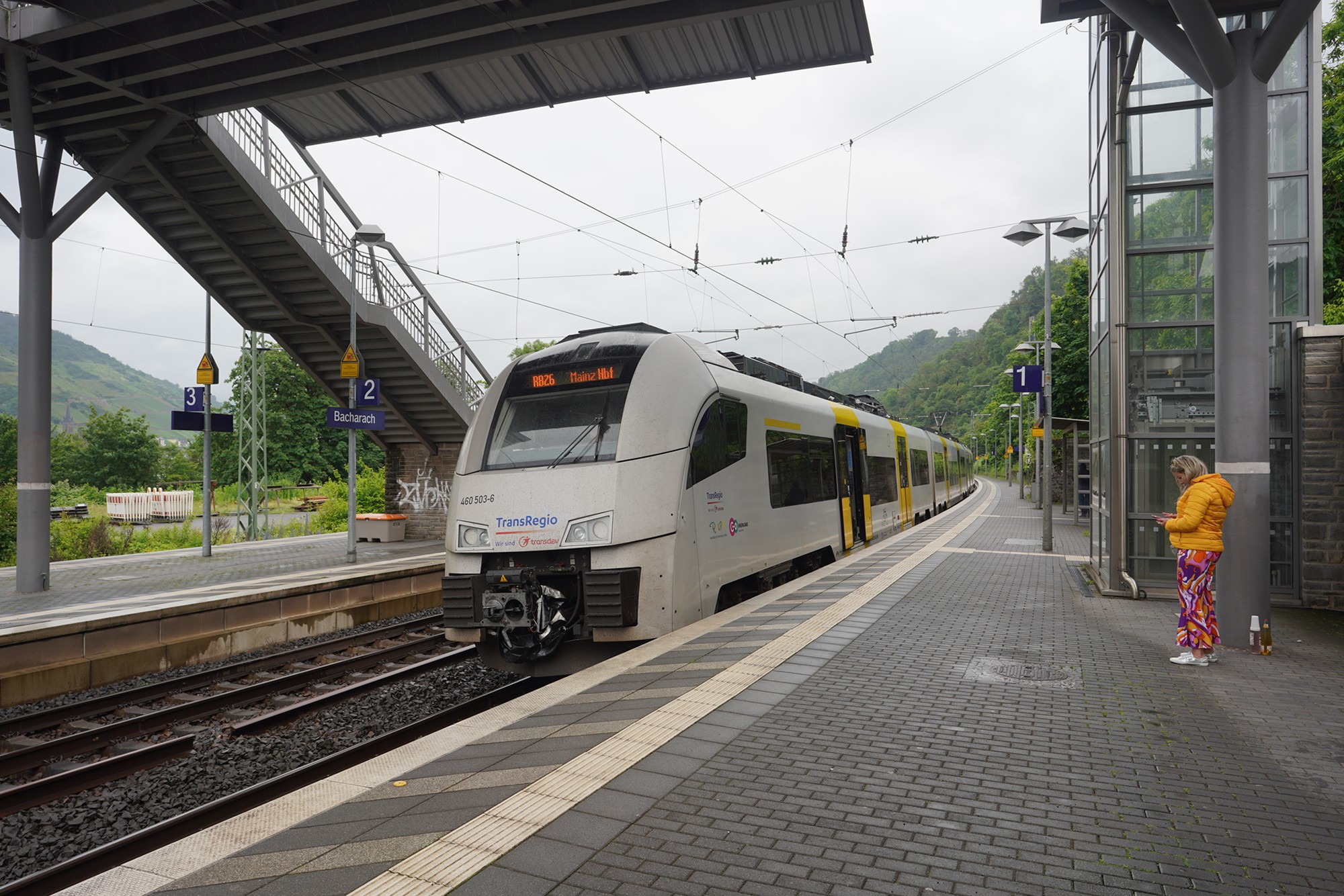
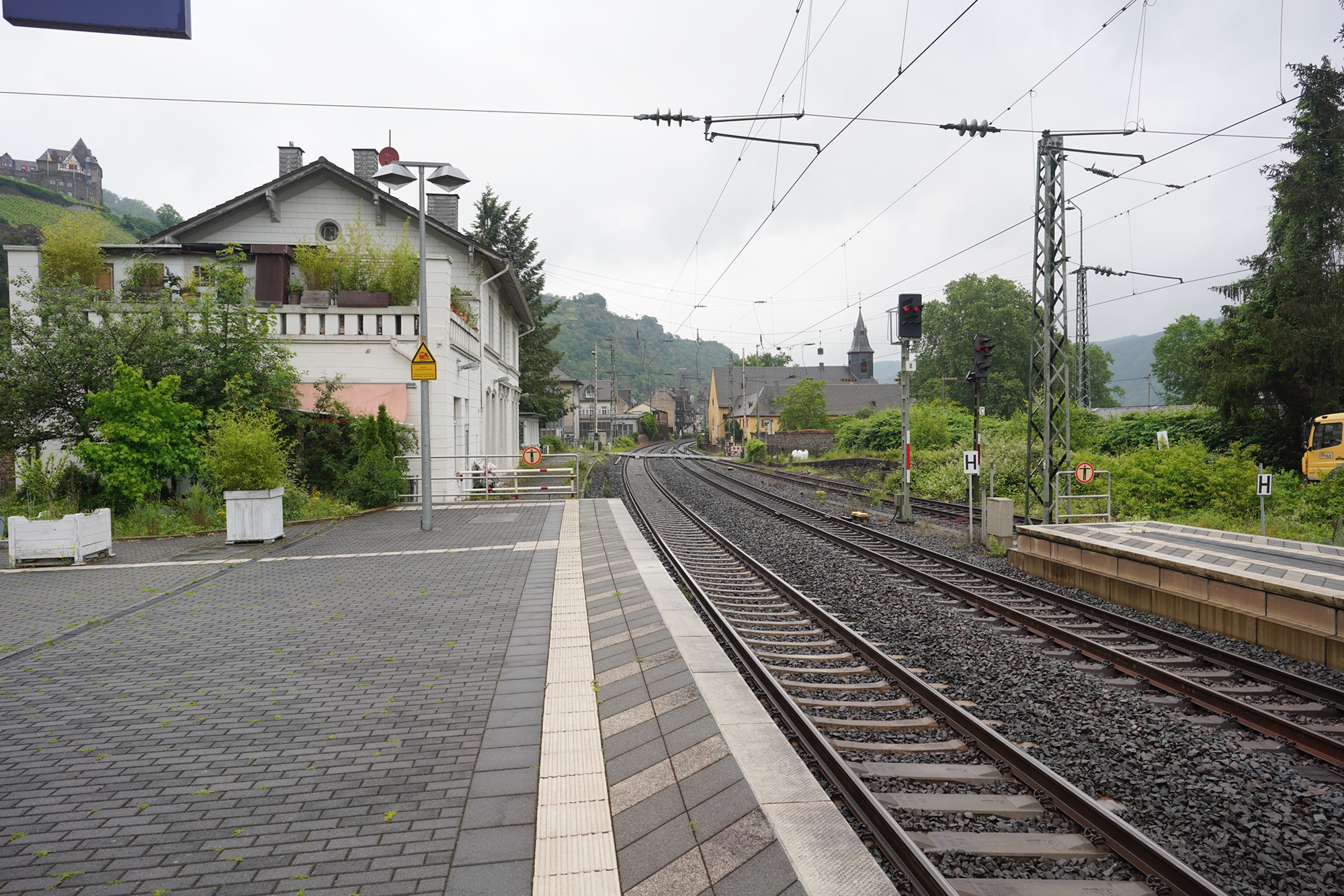
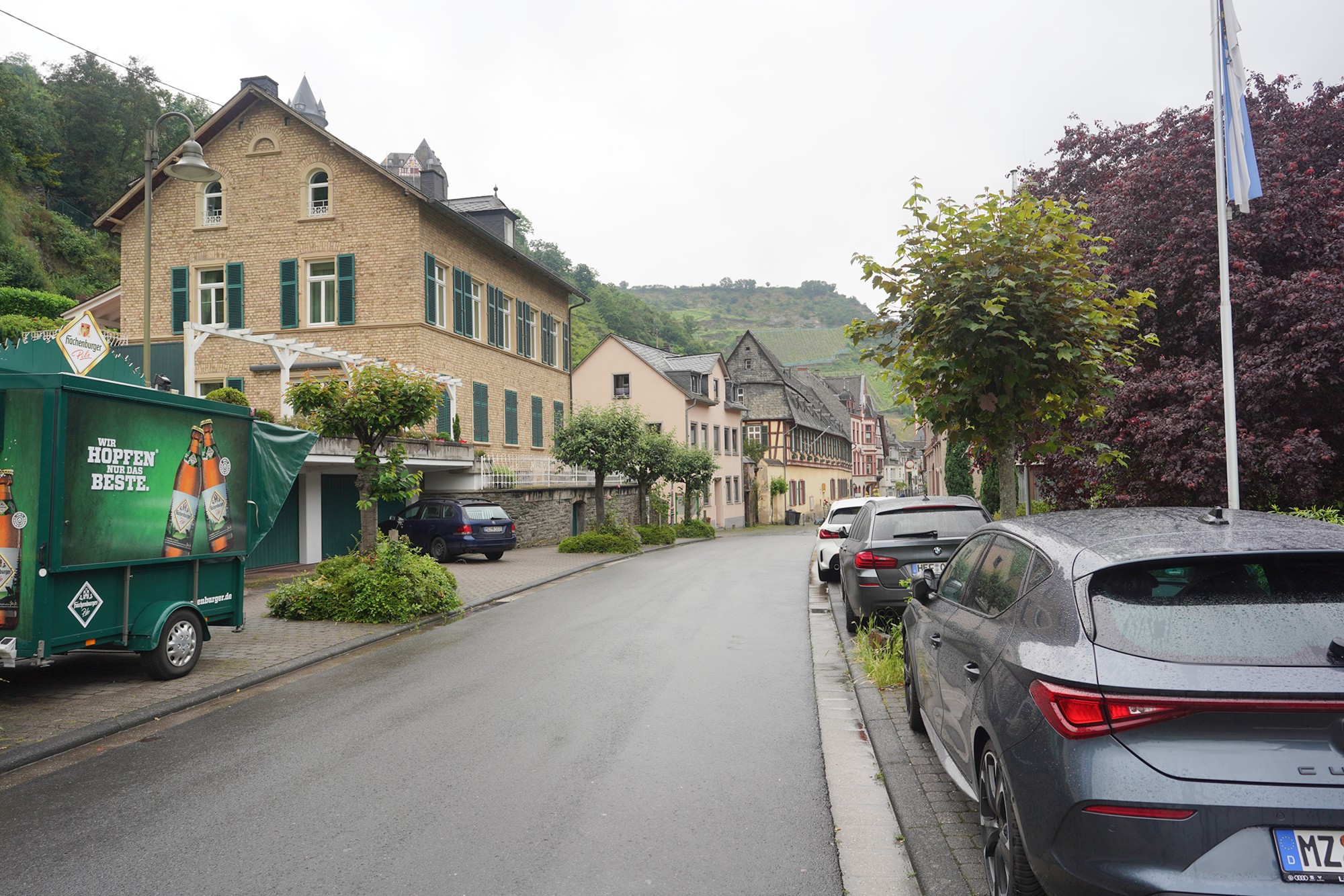
The view of Bachrach where I stayed. The road to the town’s center from the train station.
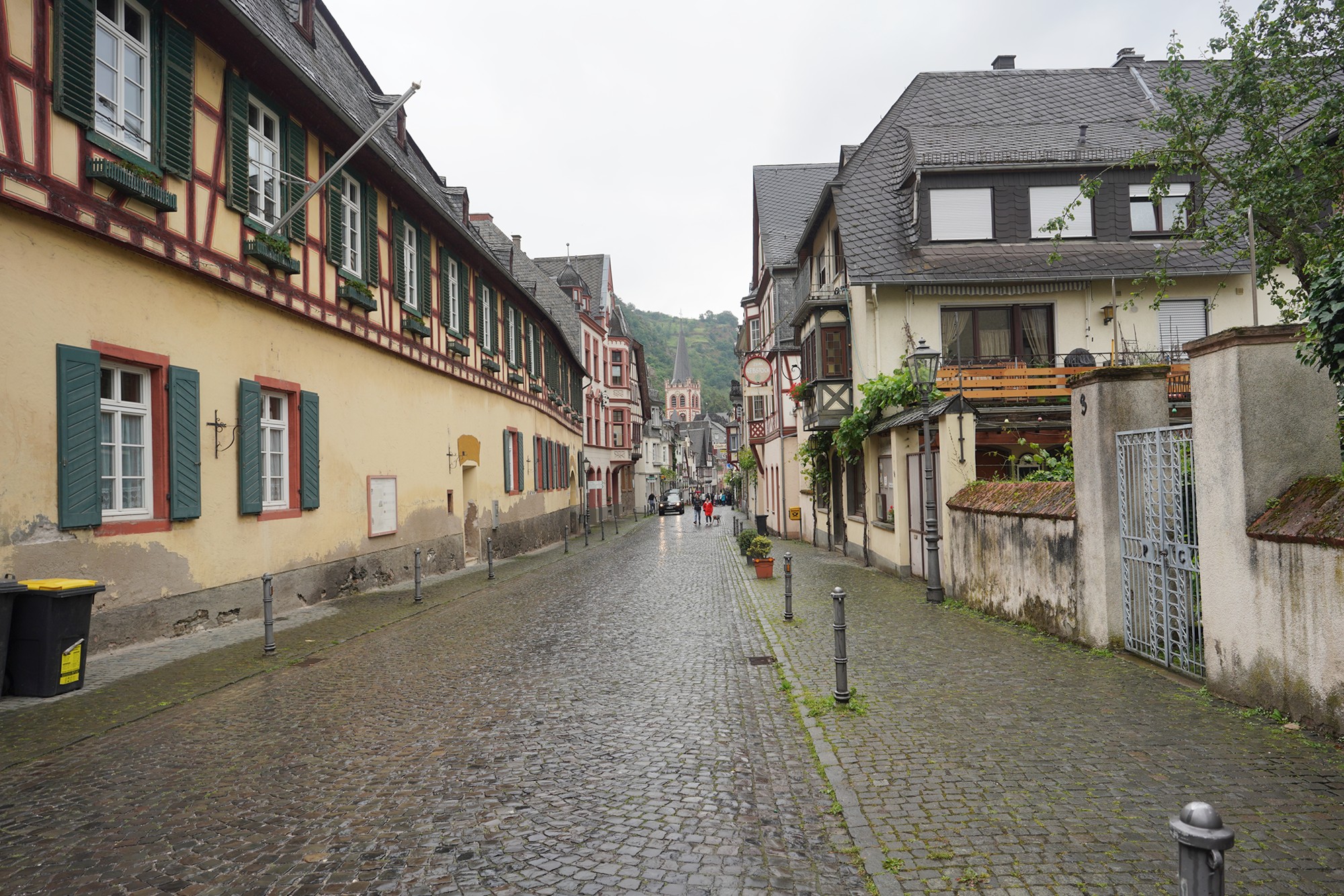
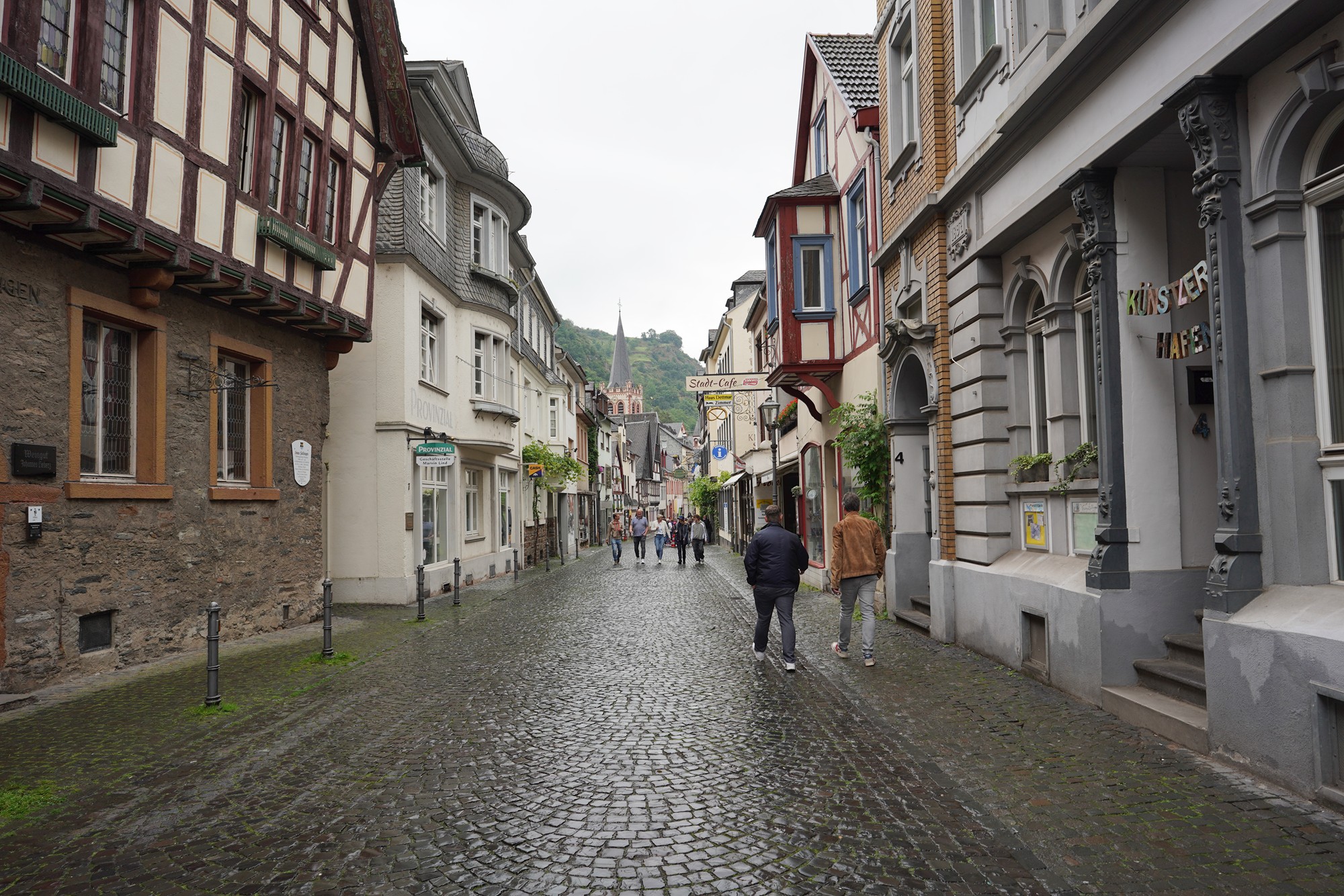
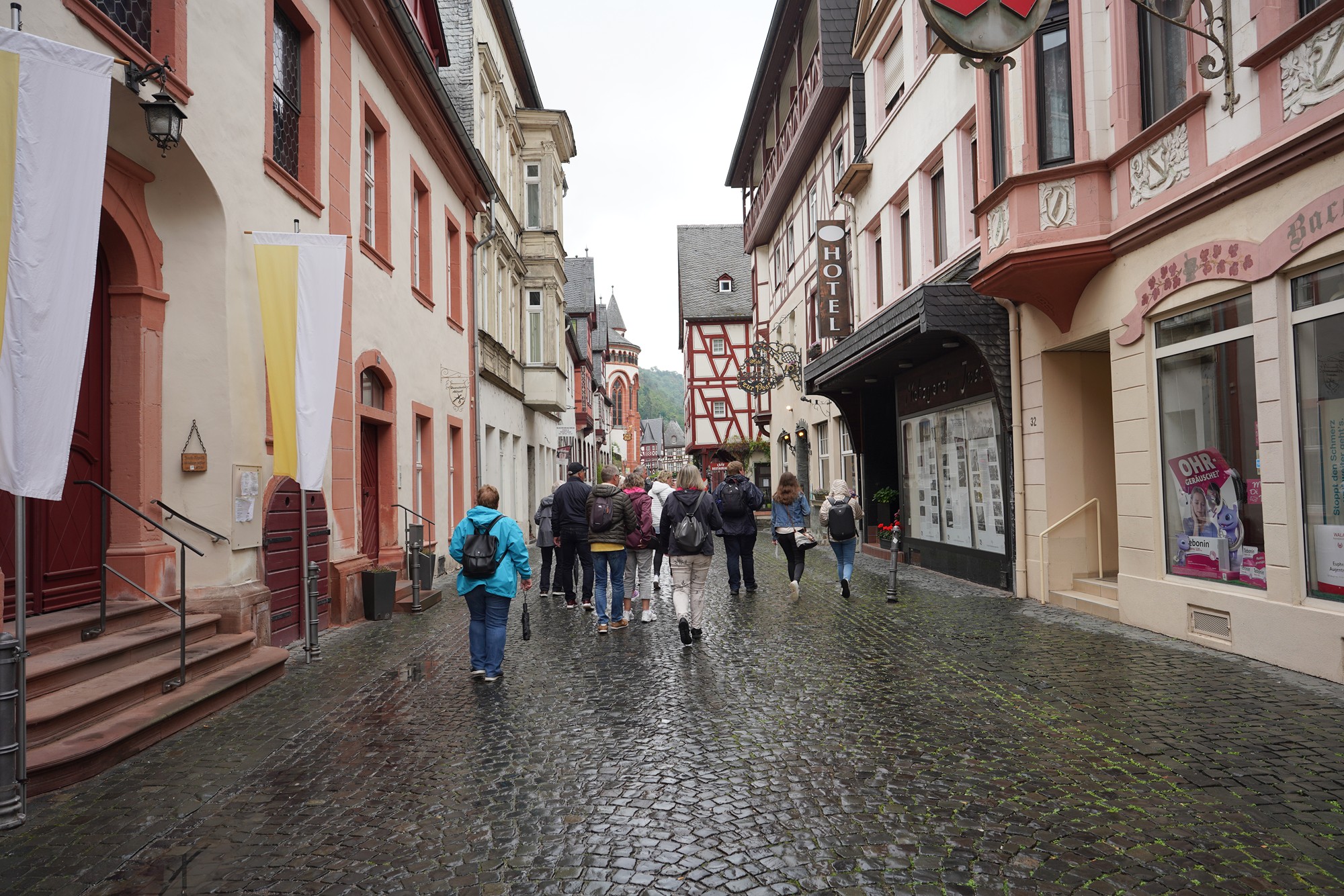
The back side
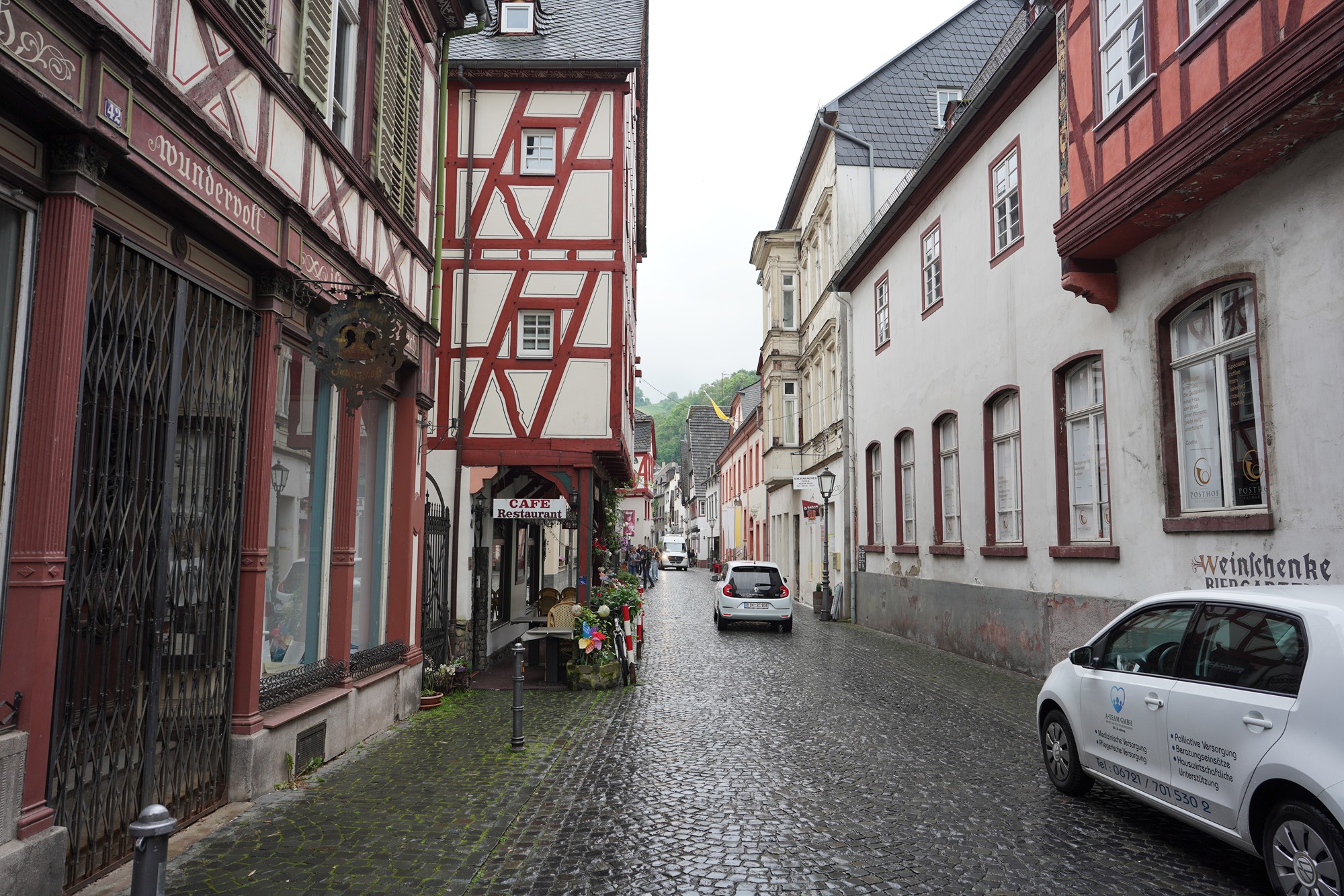
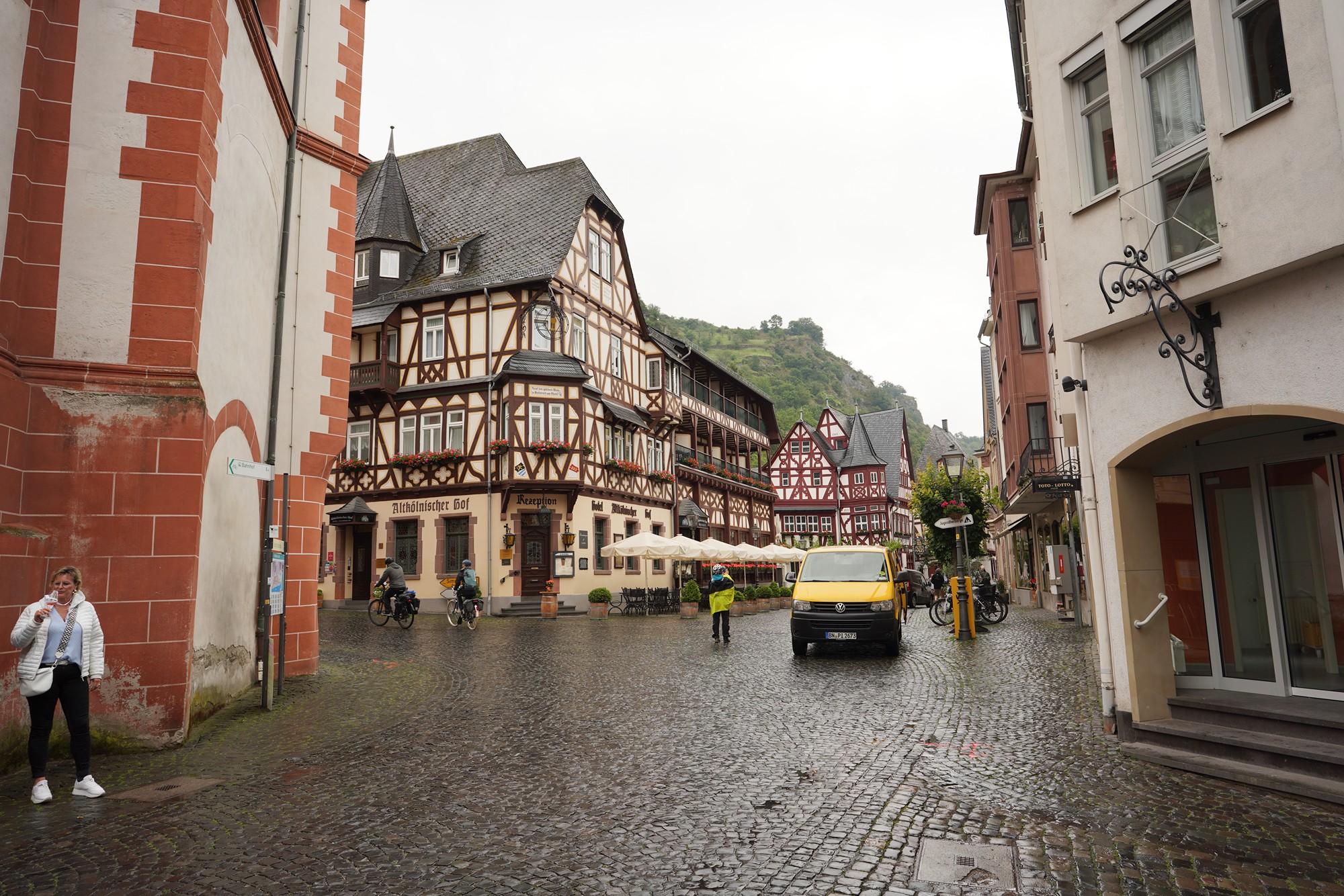
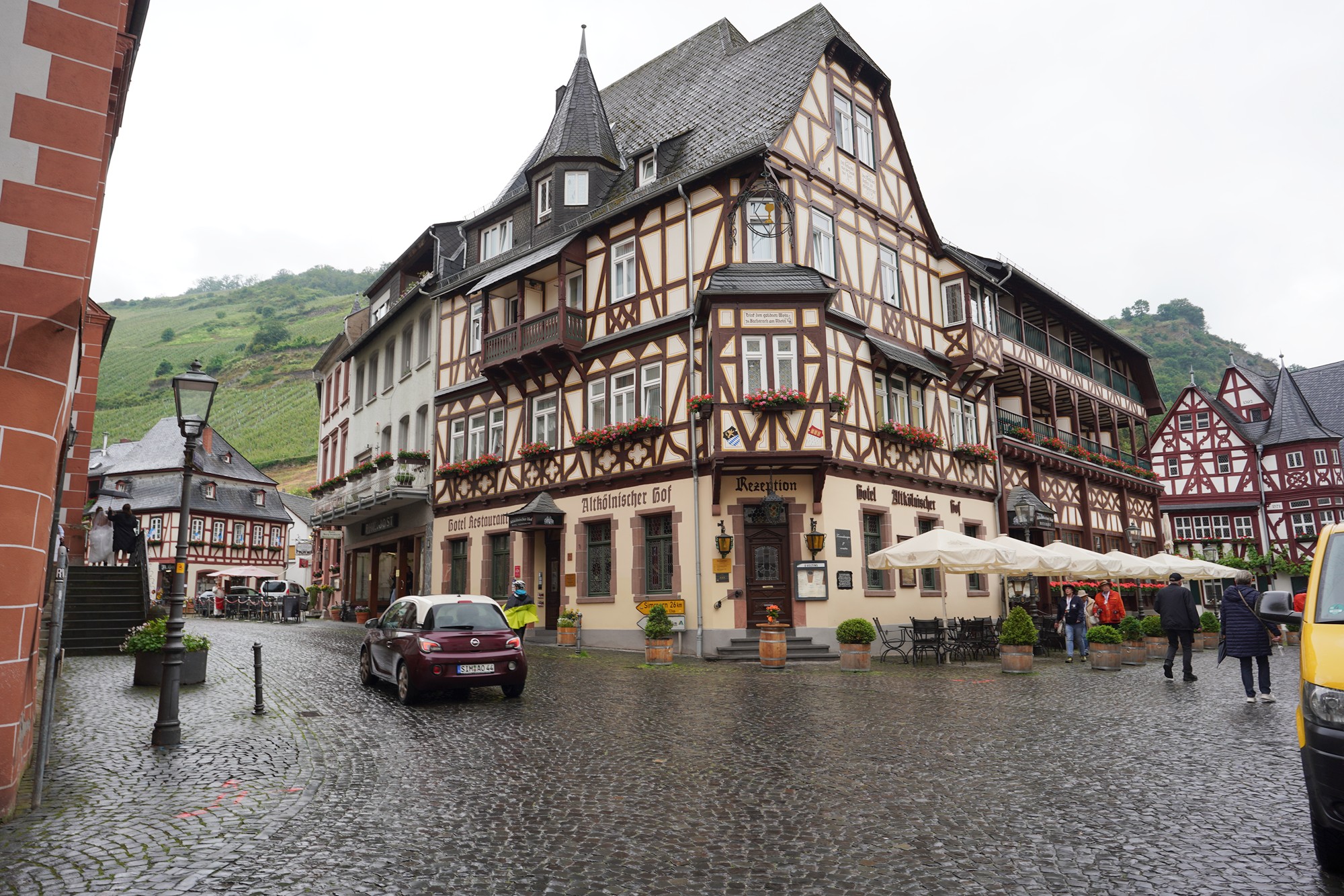
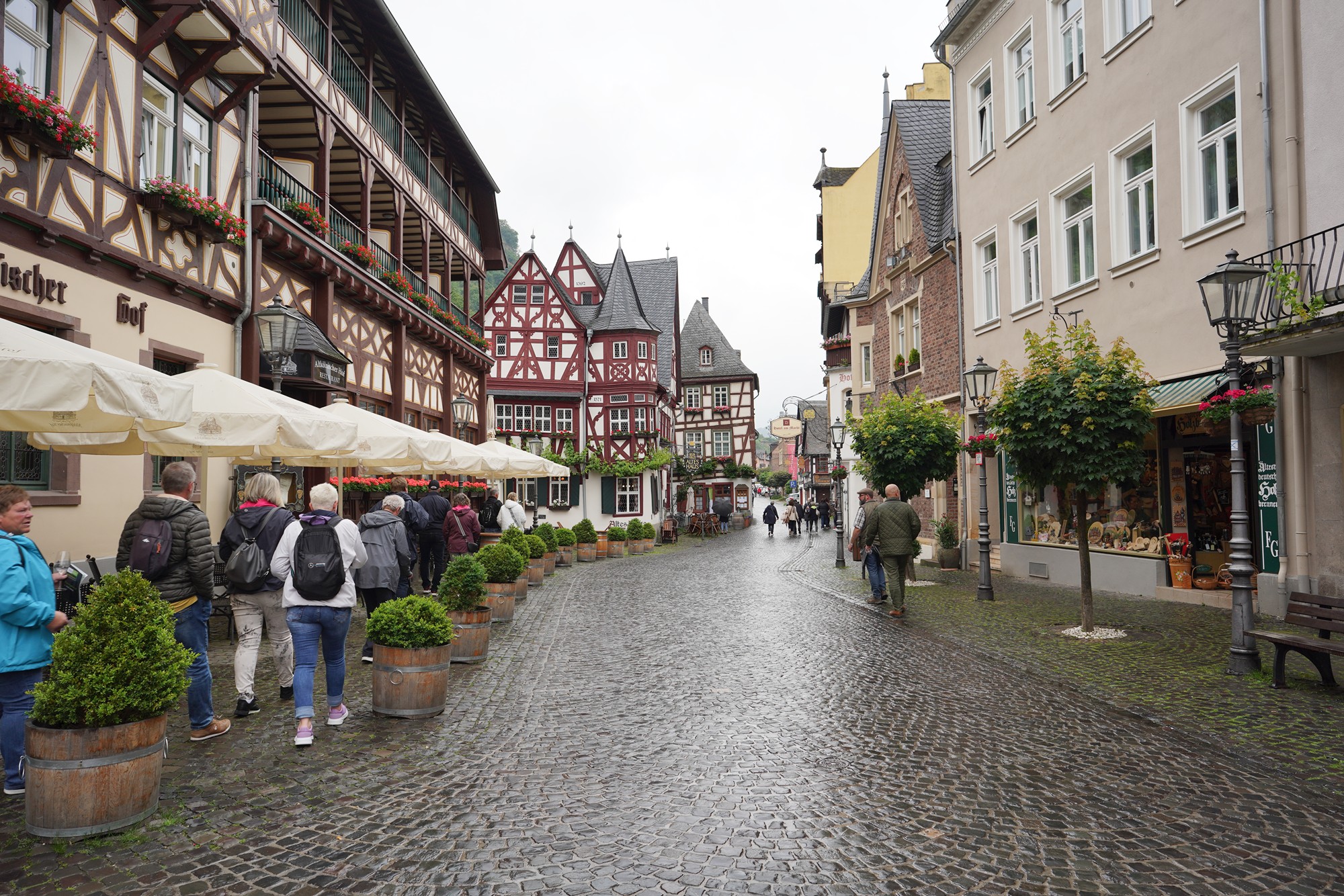

The town’s center
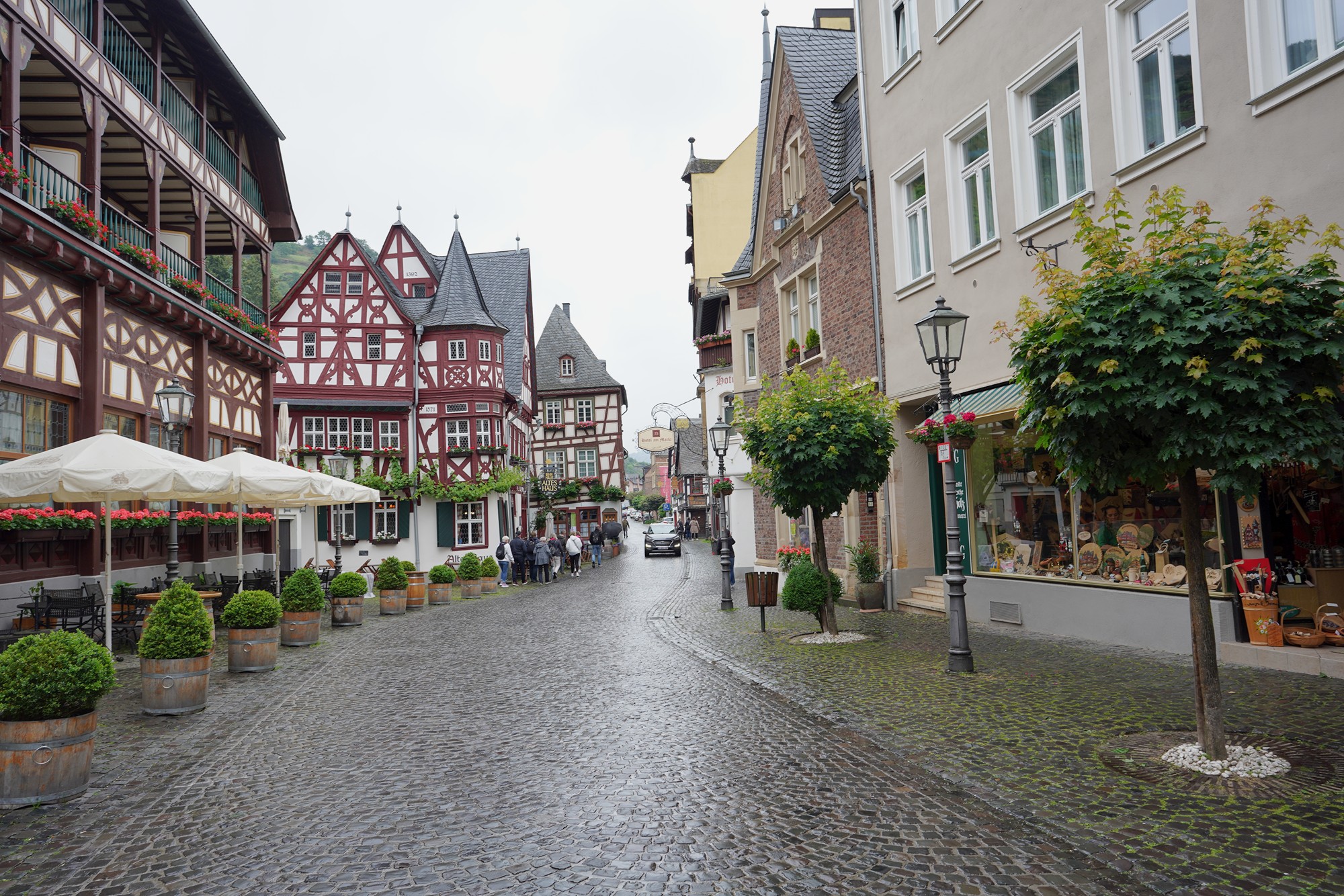
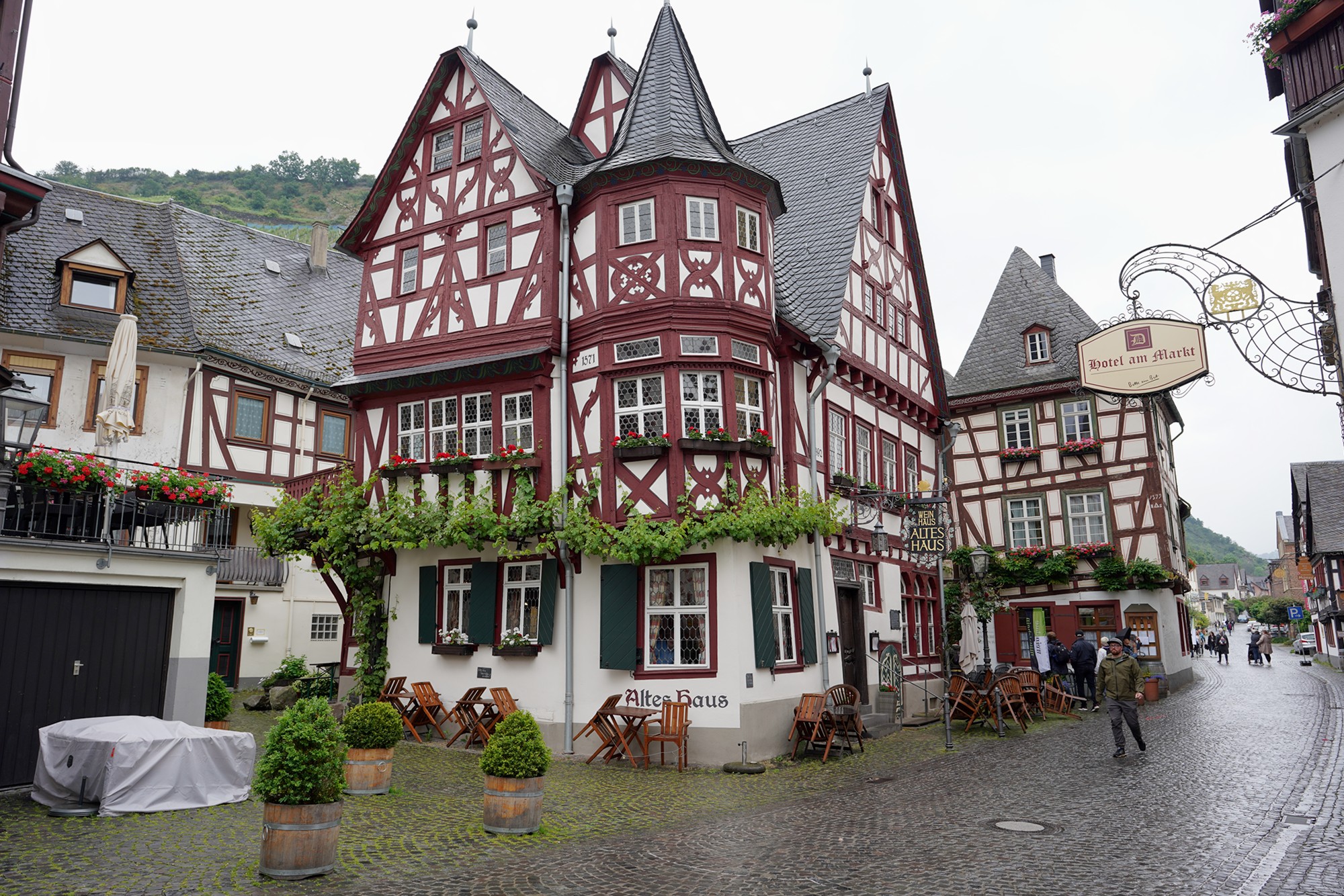

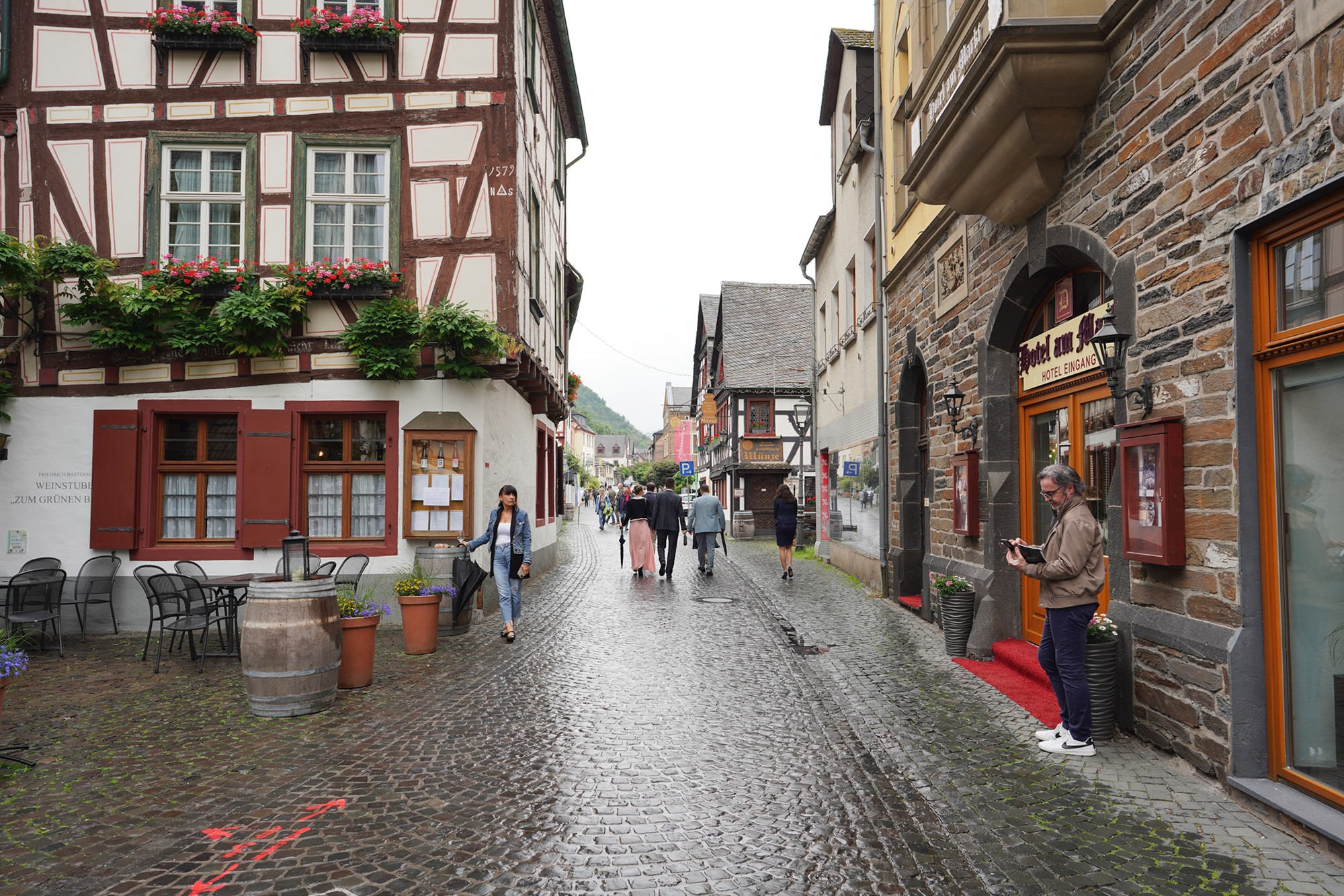
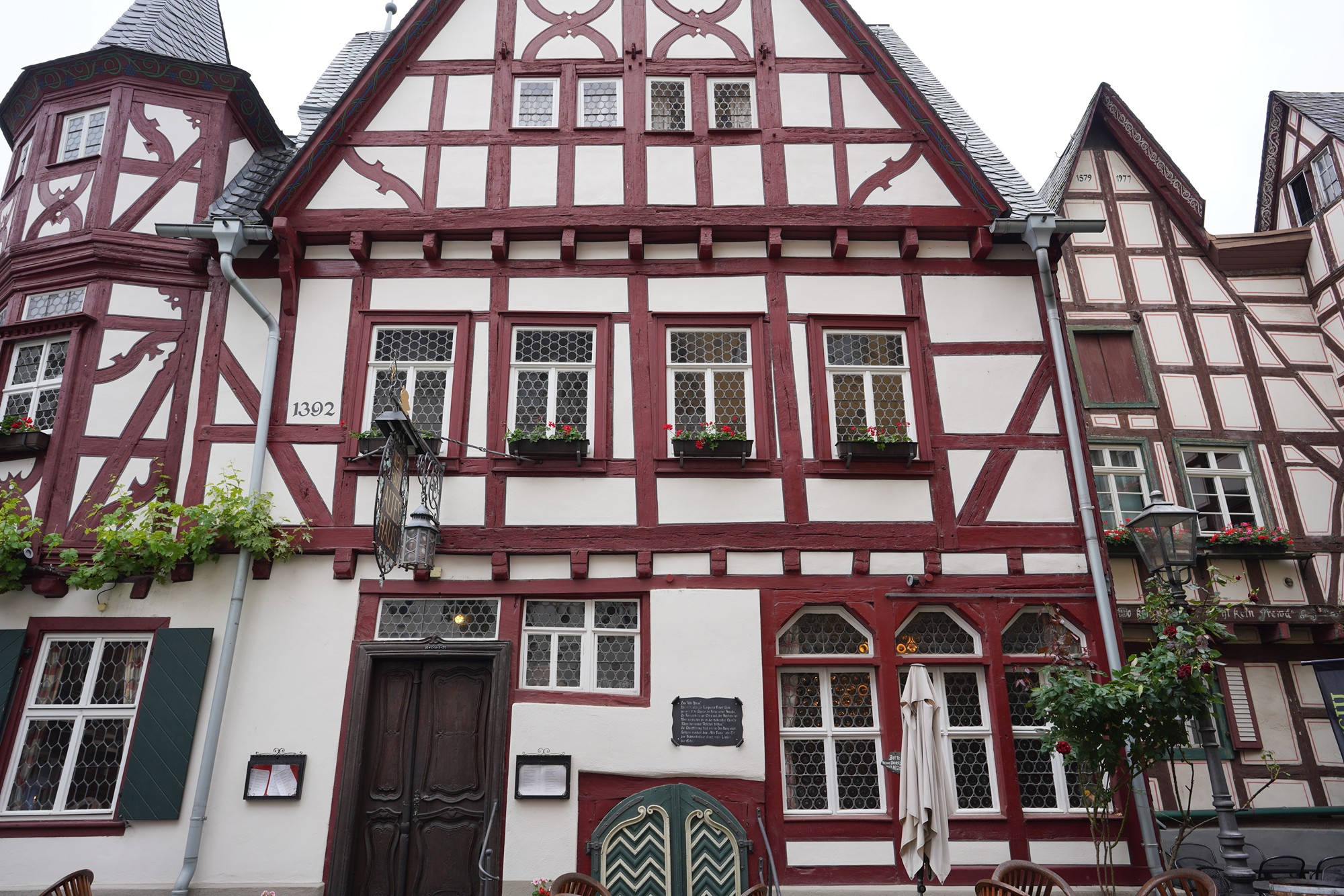

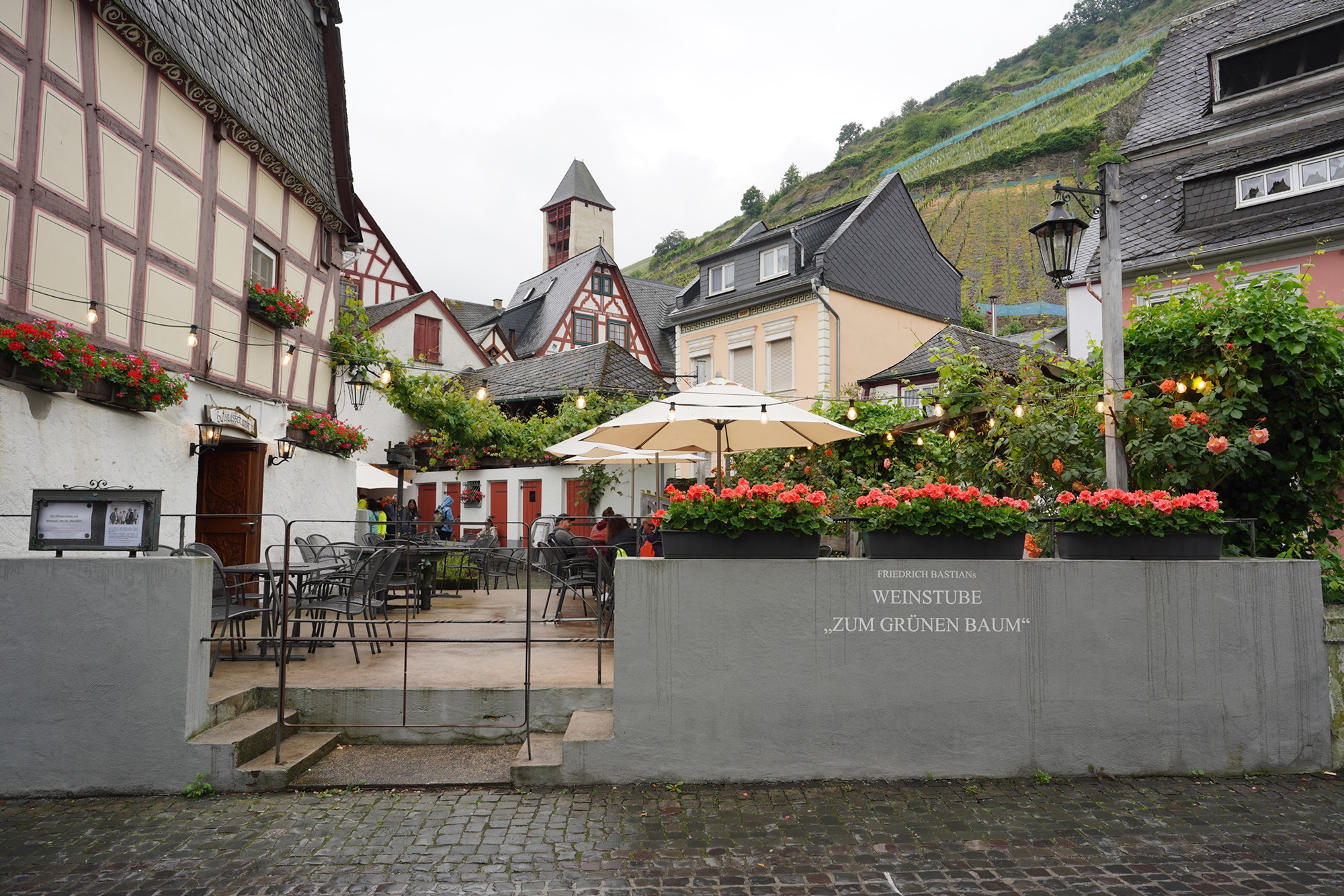
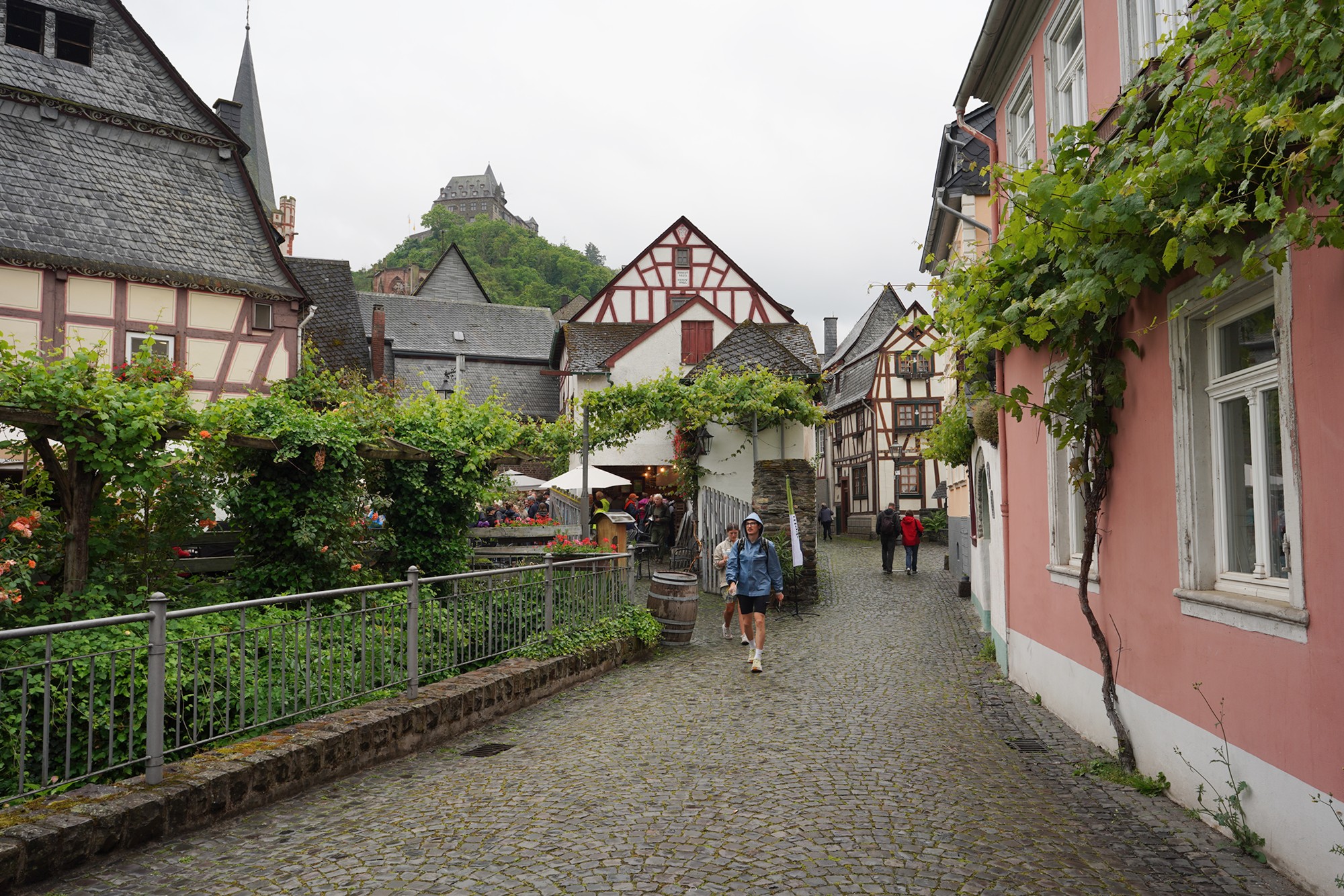
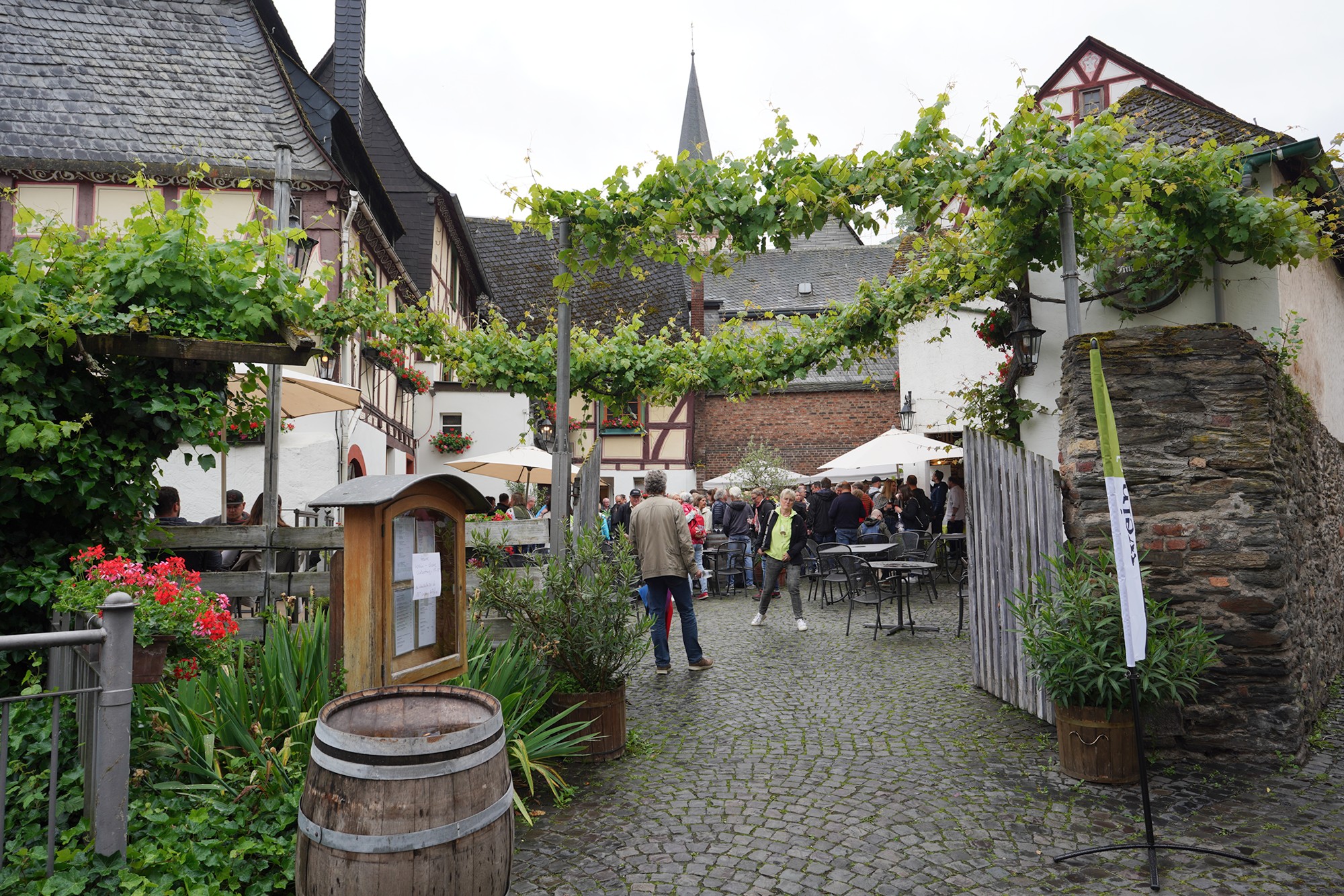
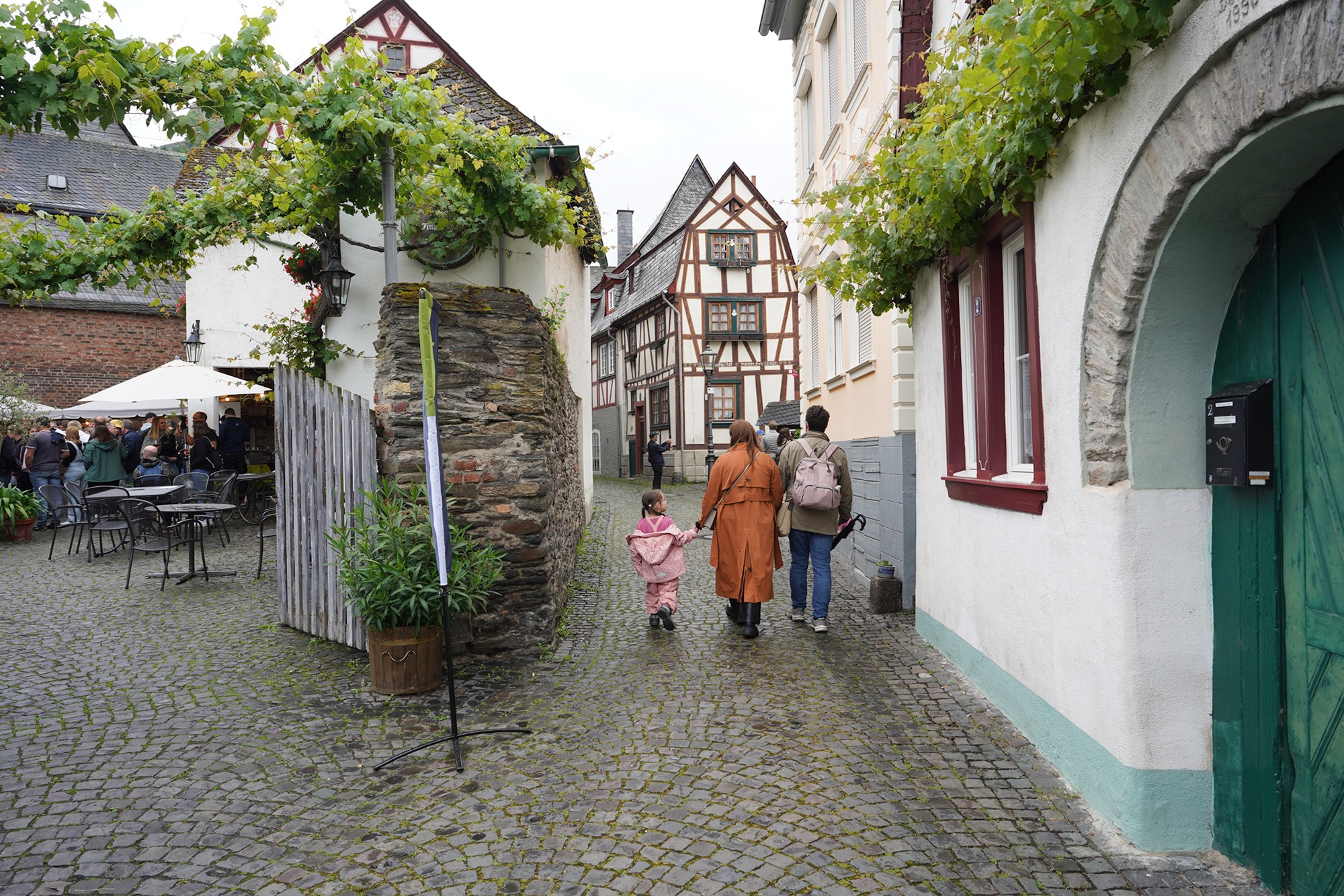
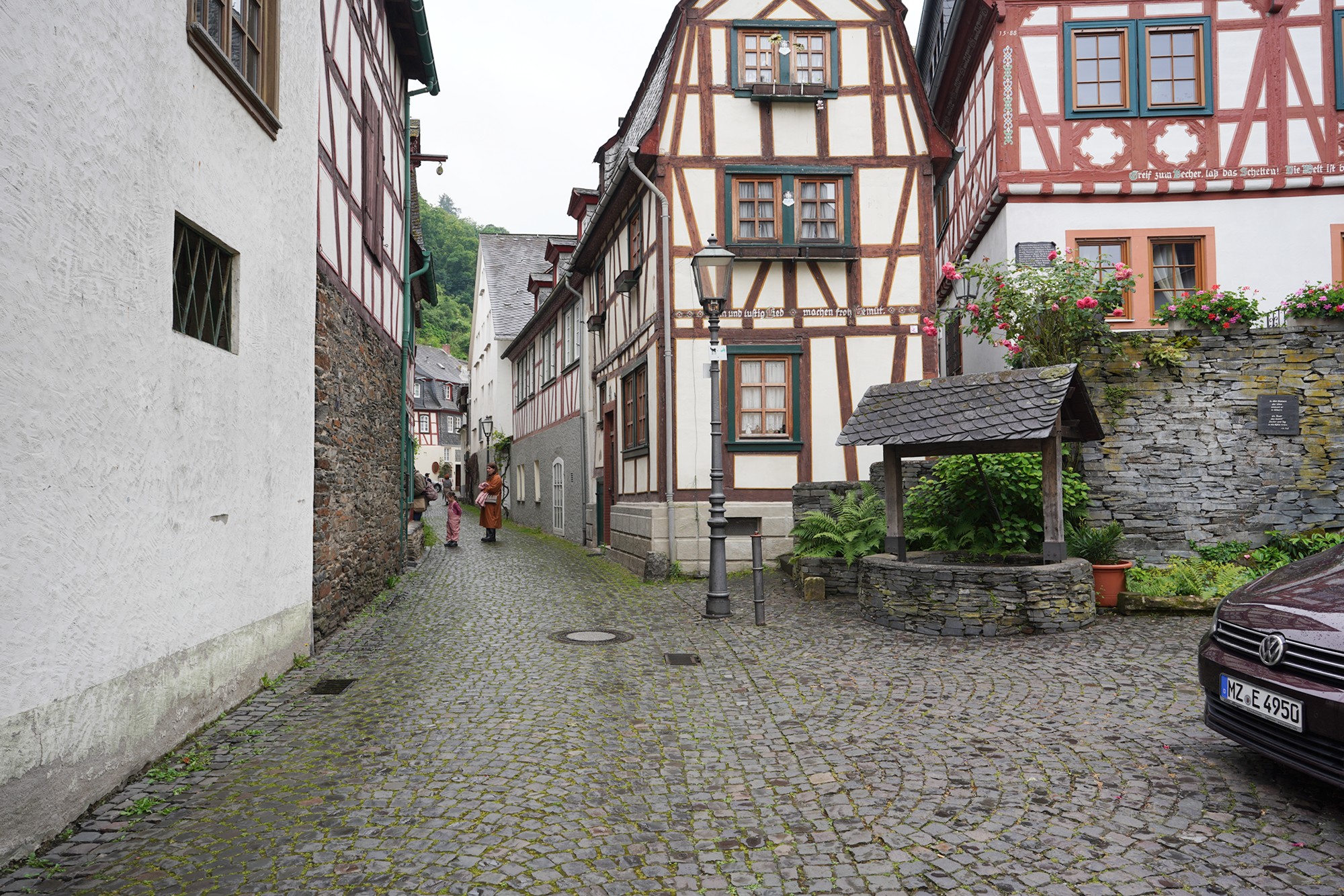
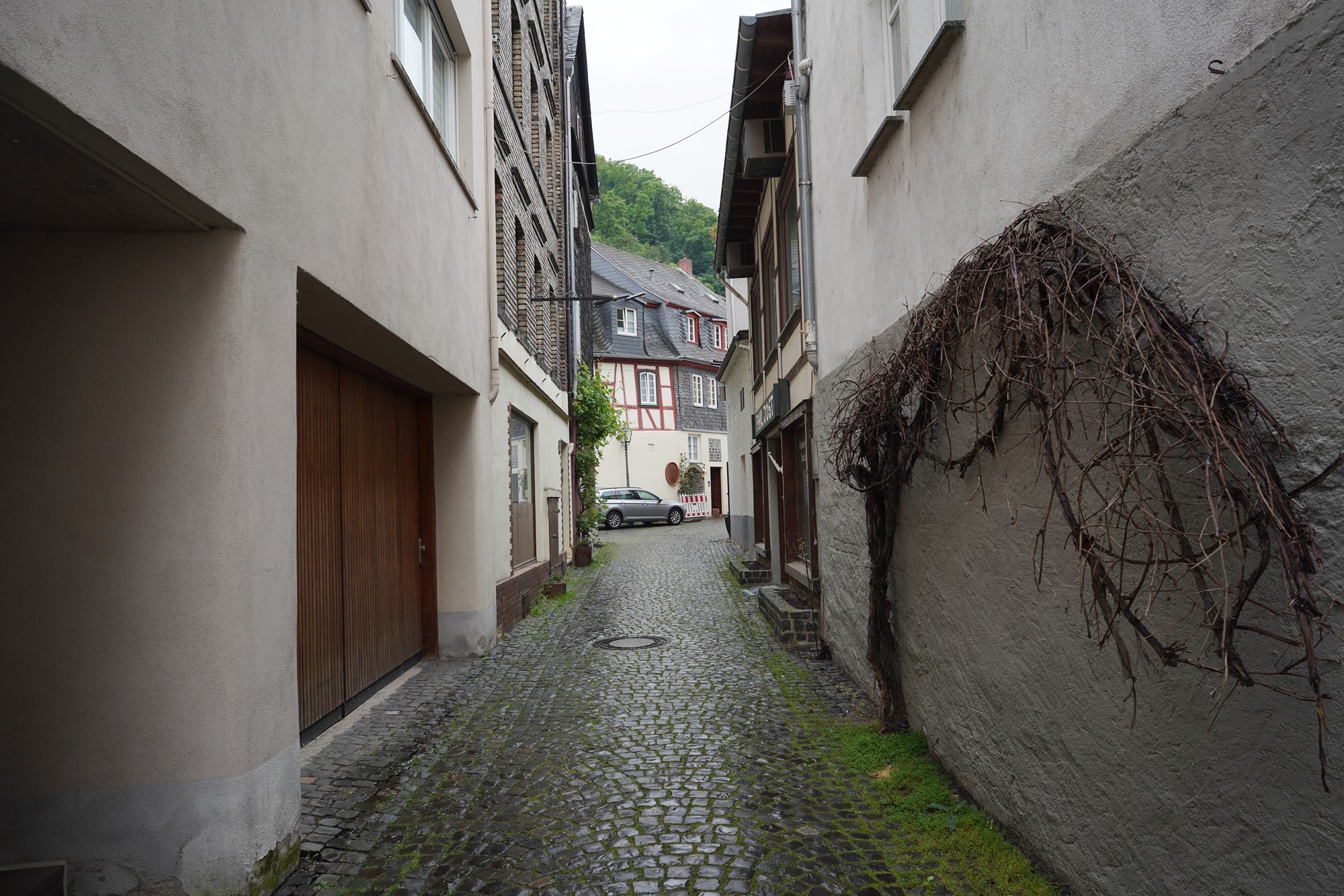
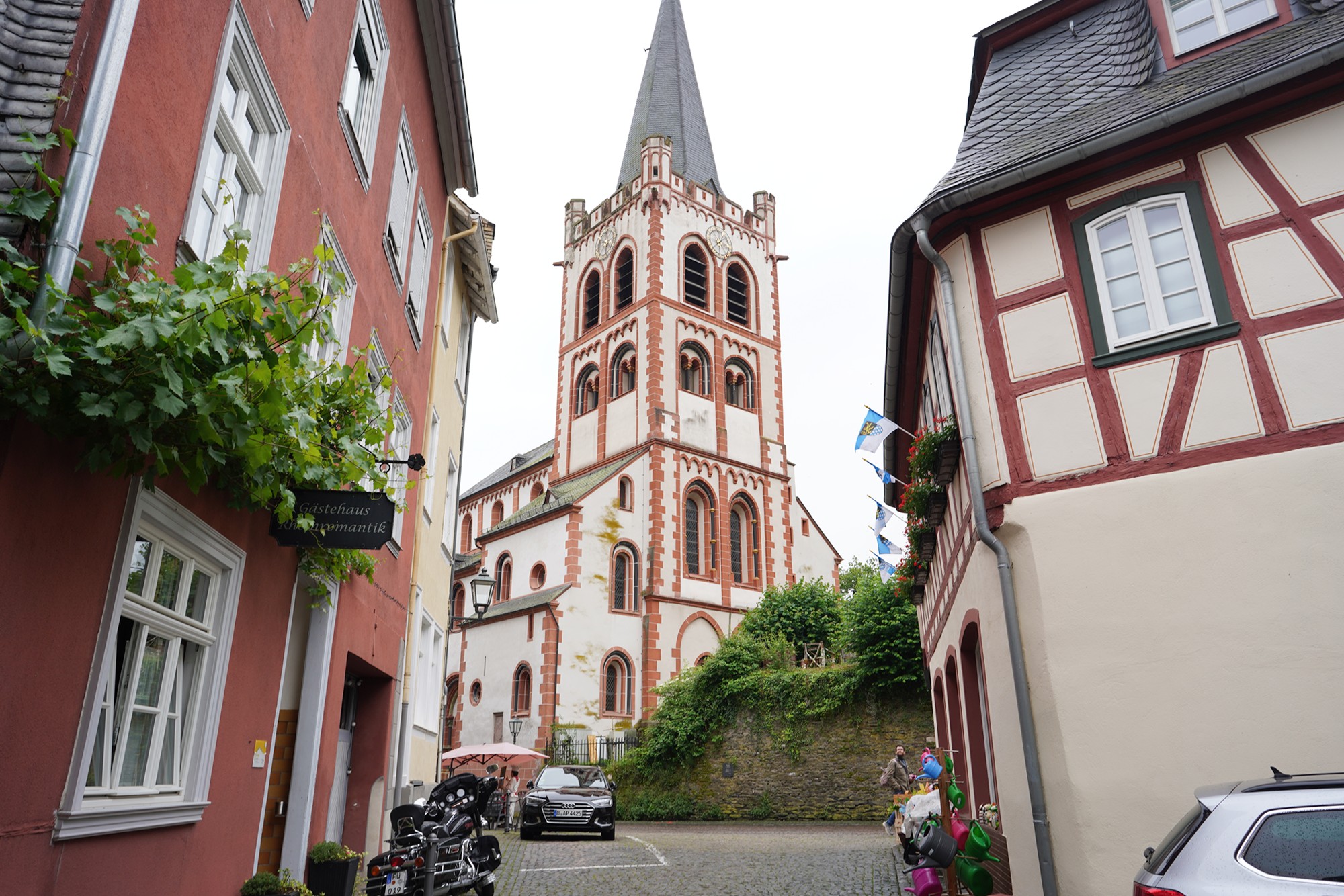
At the end of the town walk, I walked back to where I stayed.
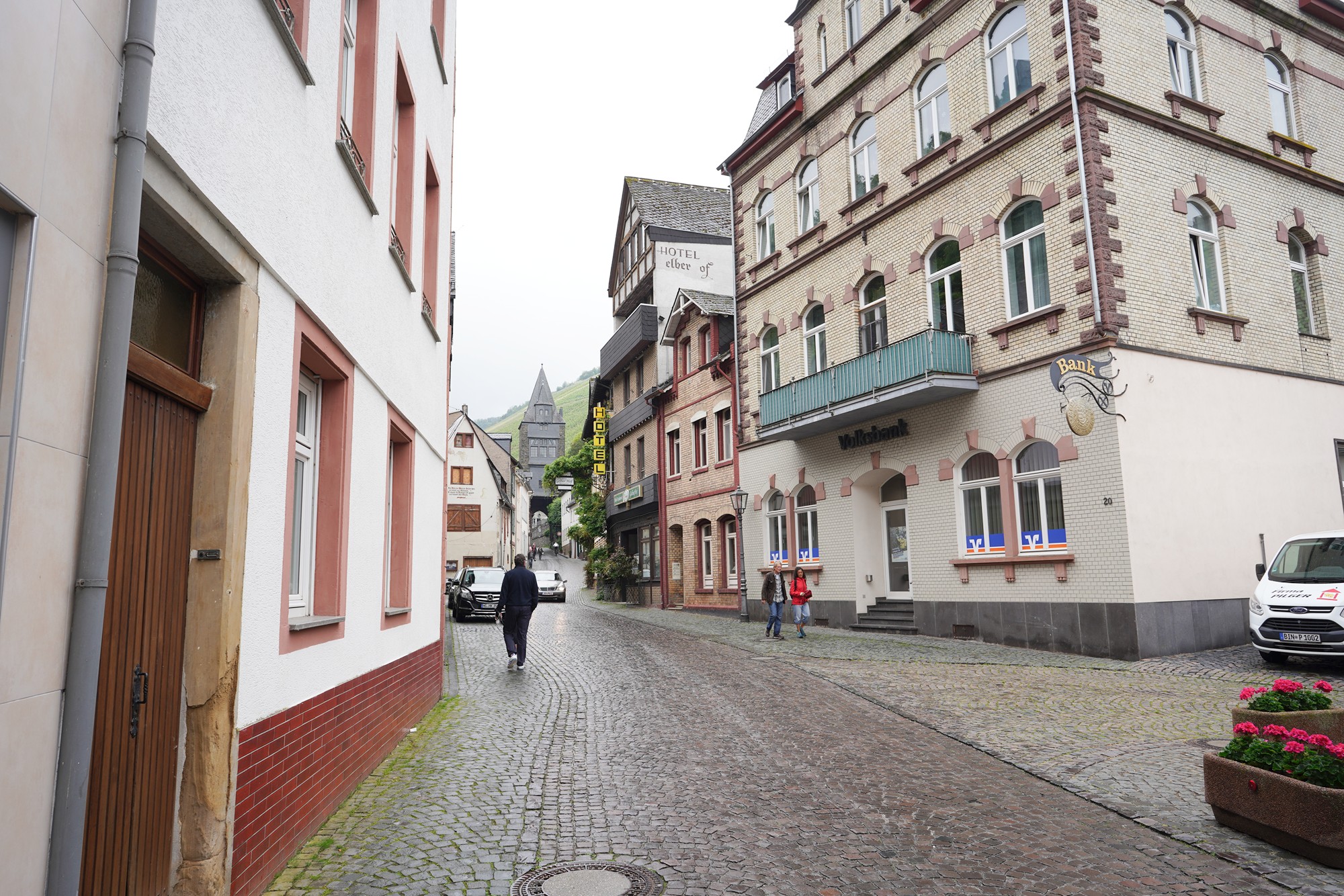
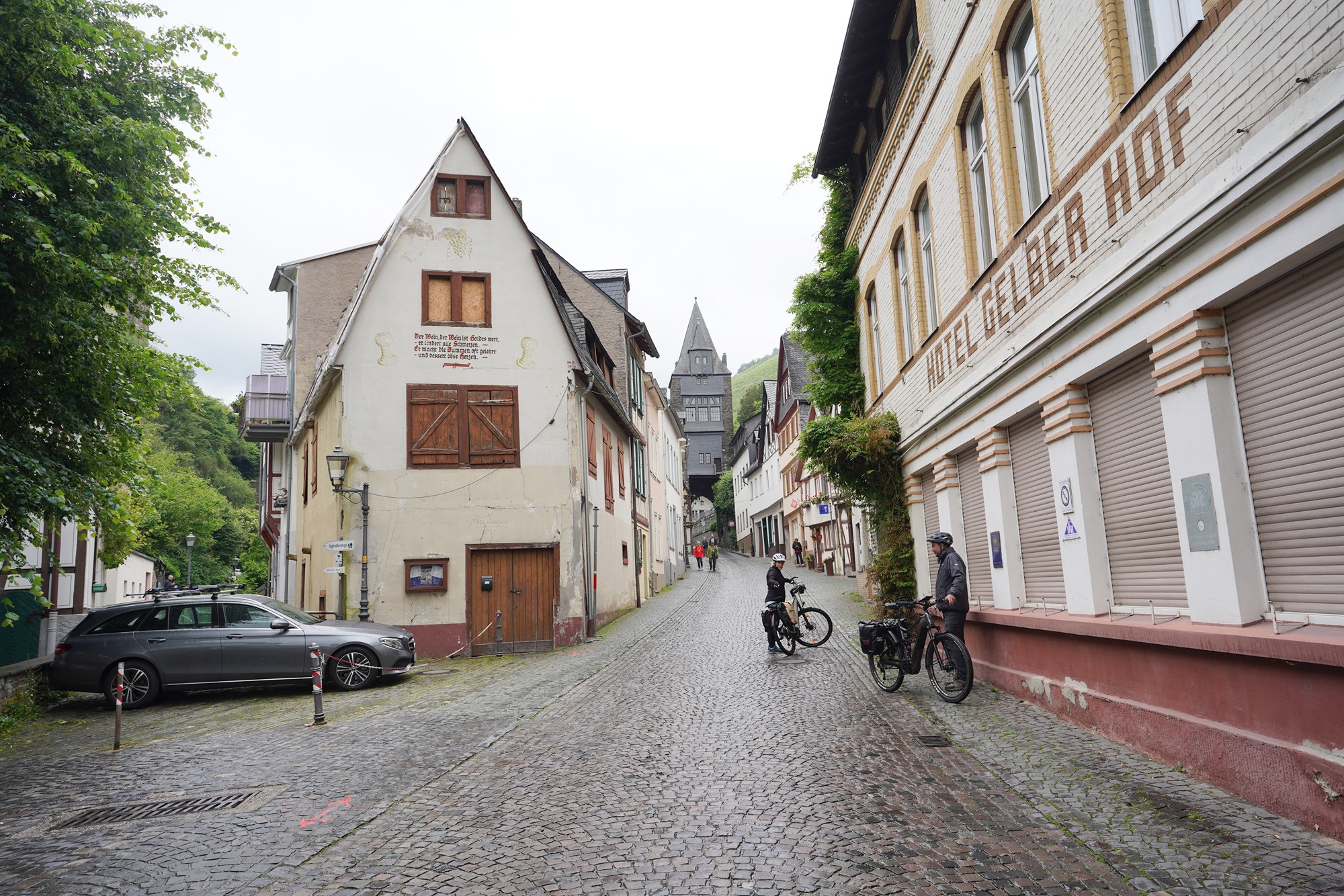
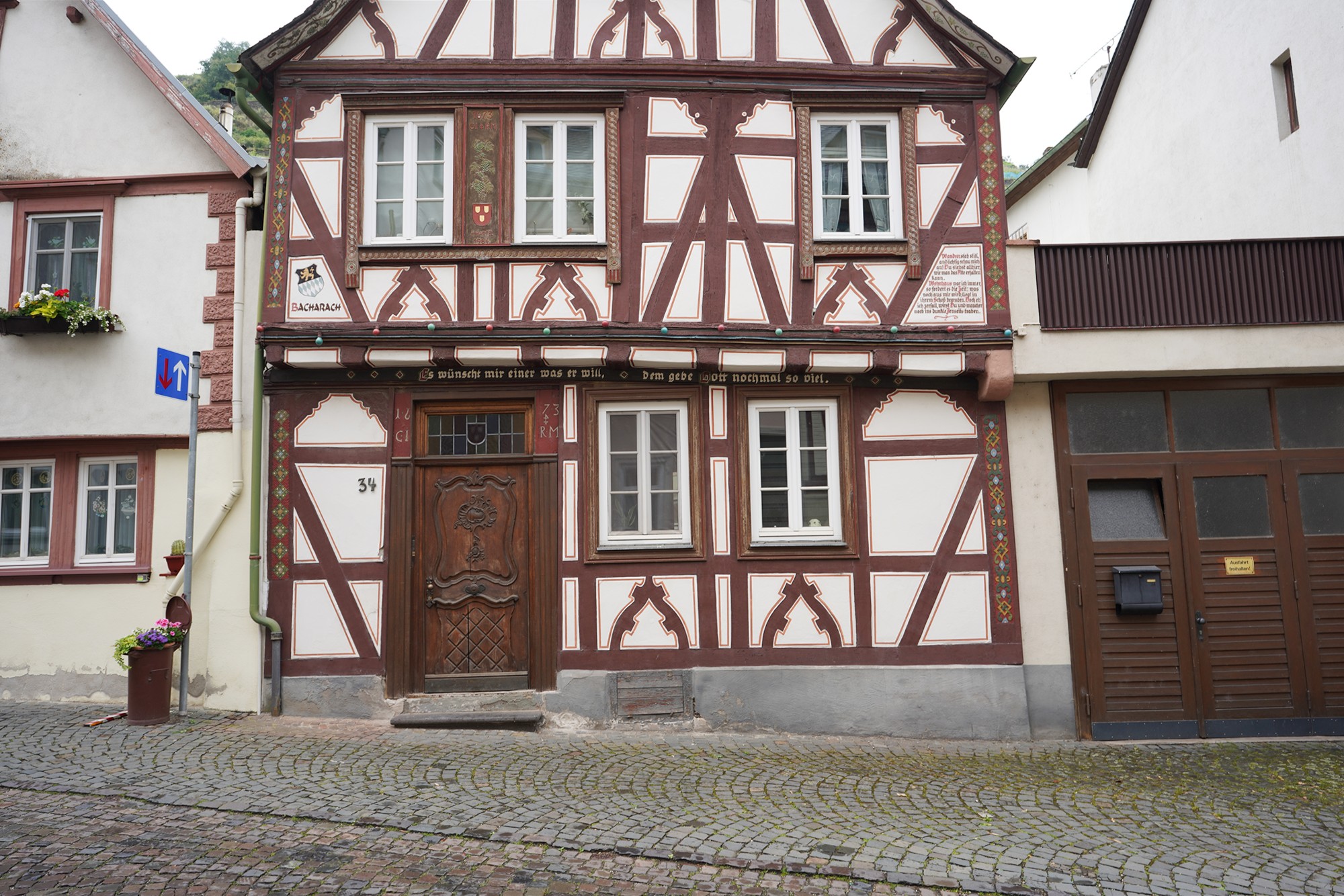

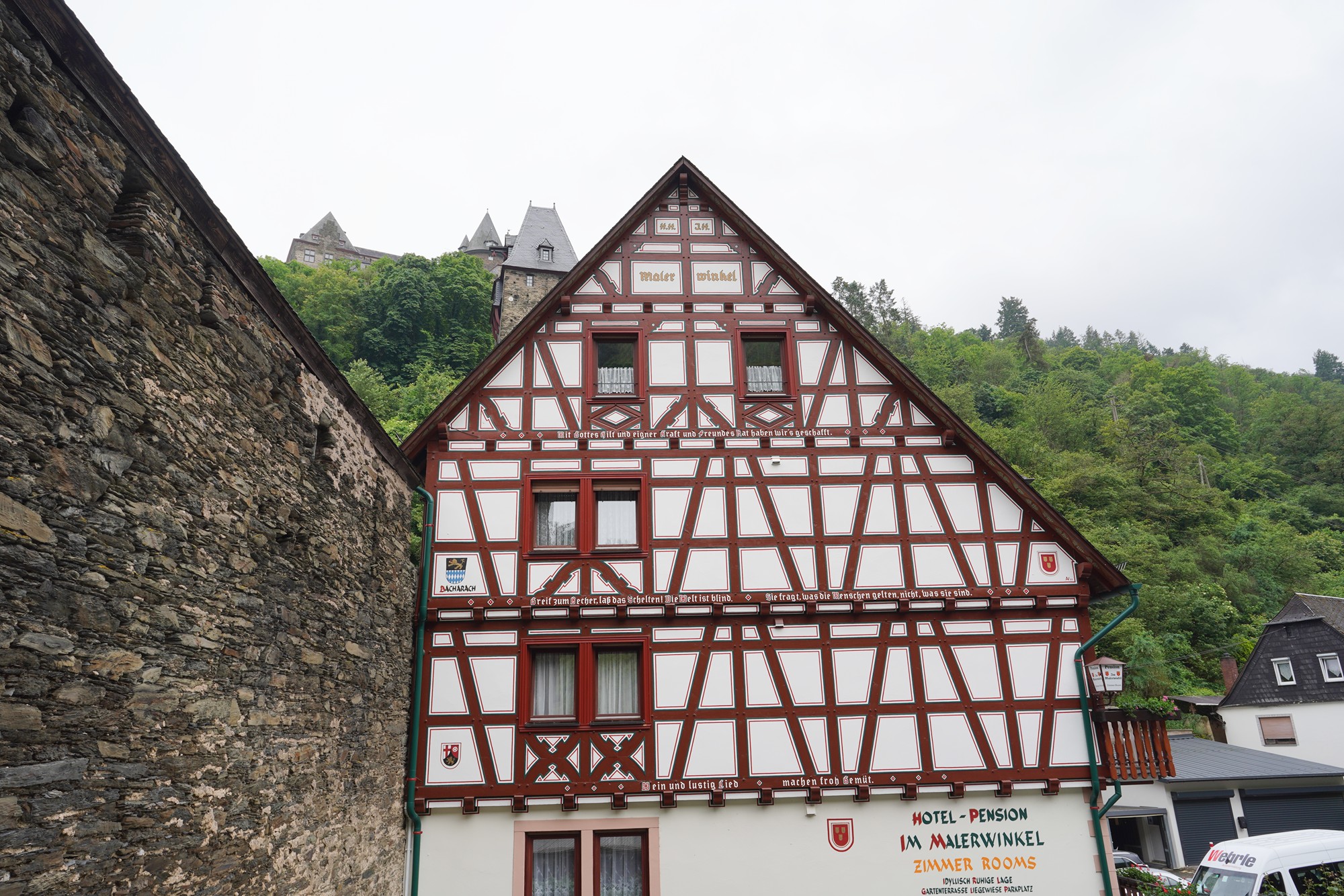
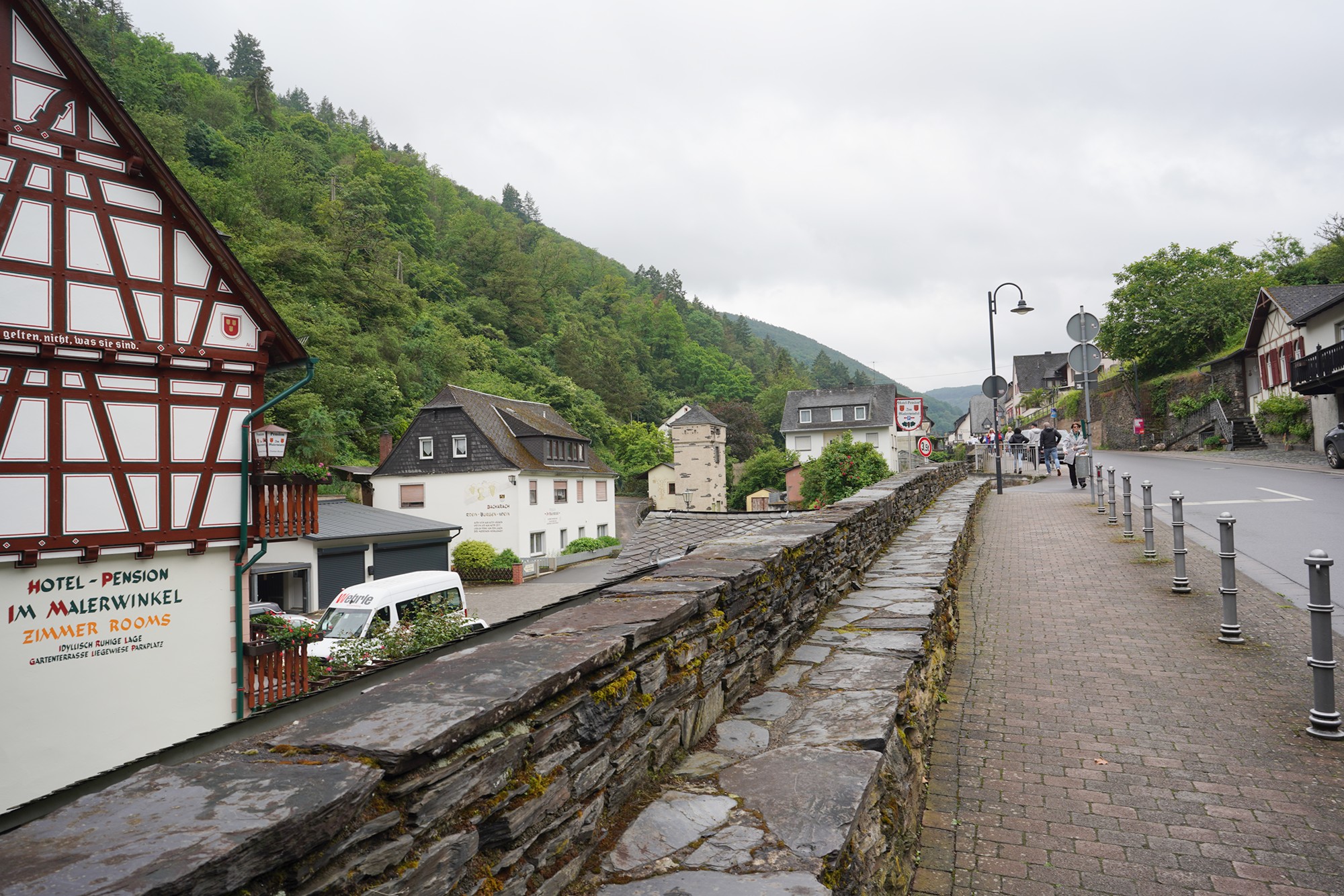
The back side
